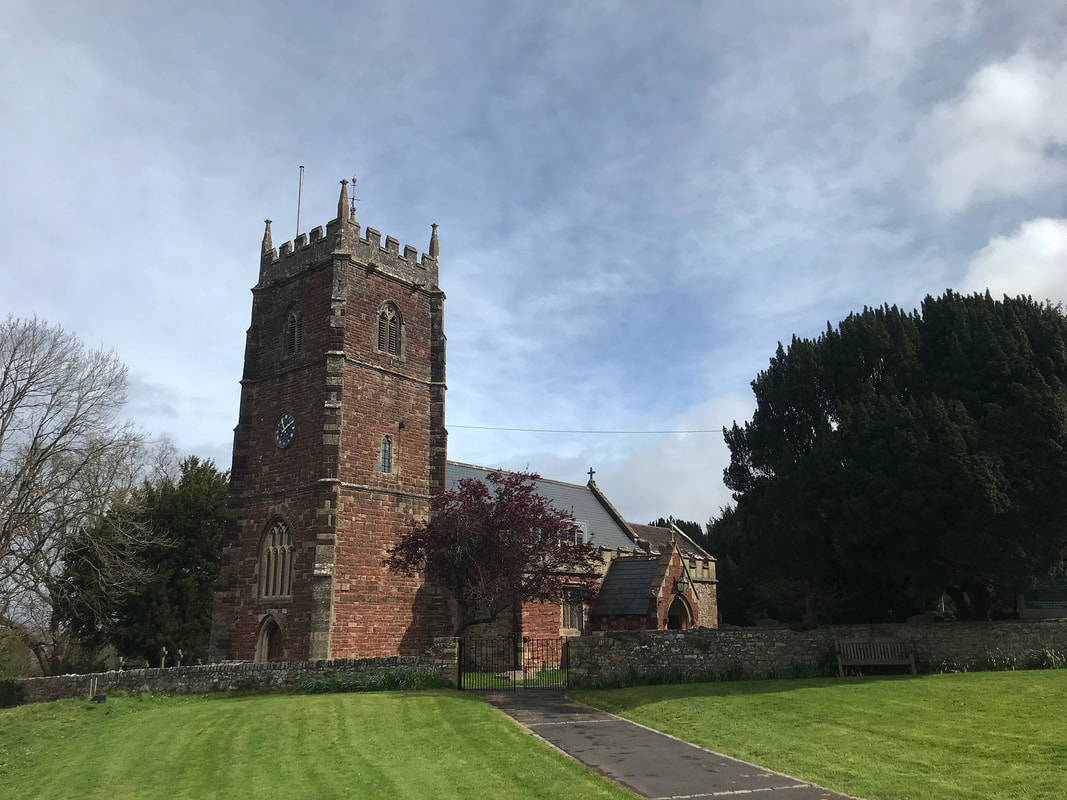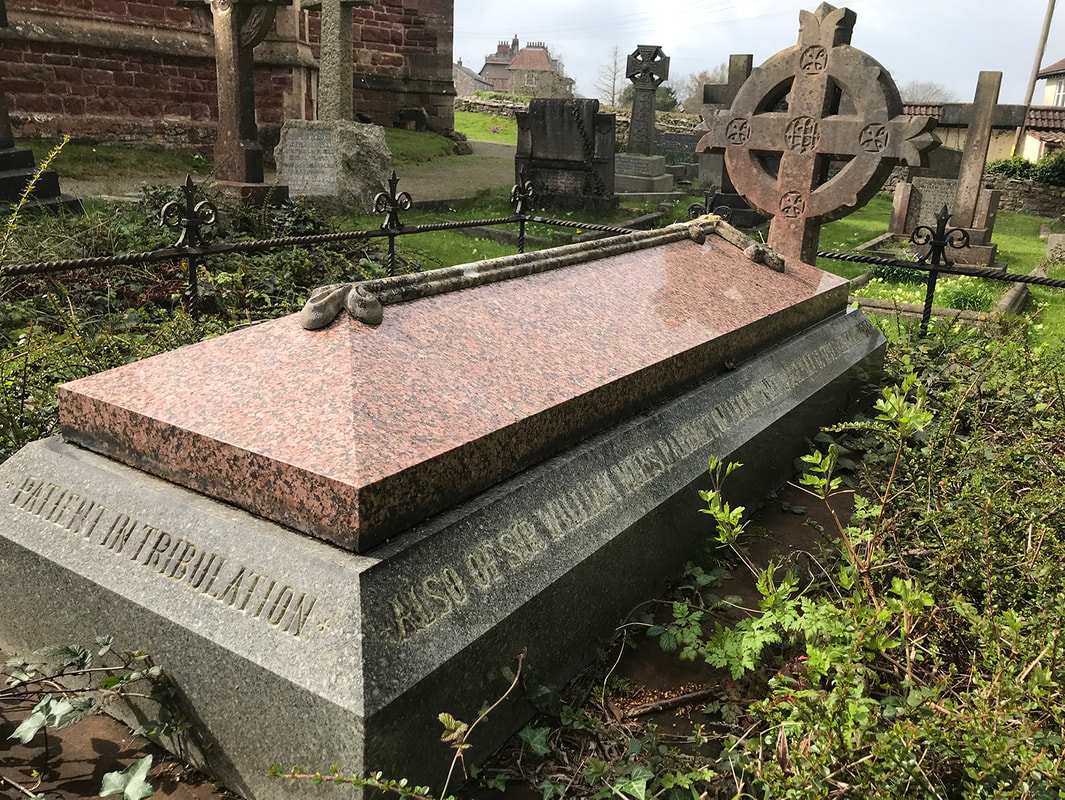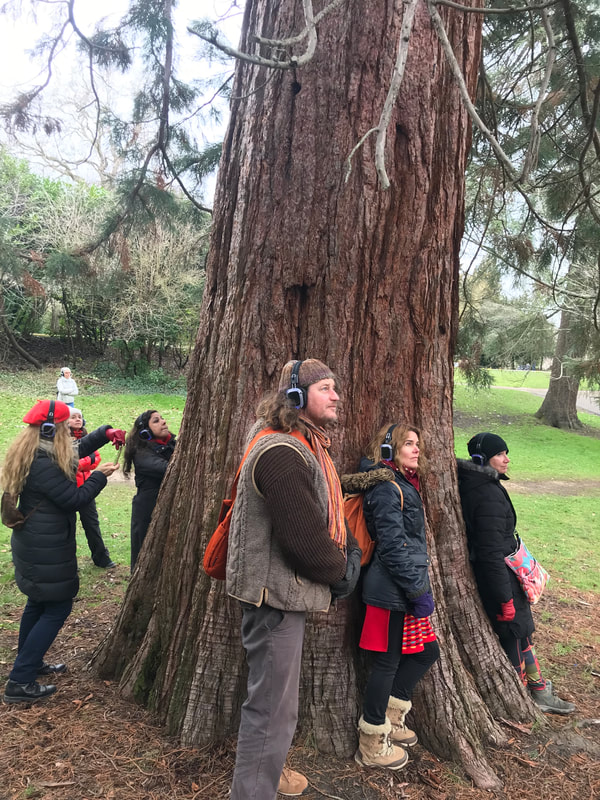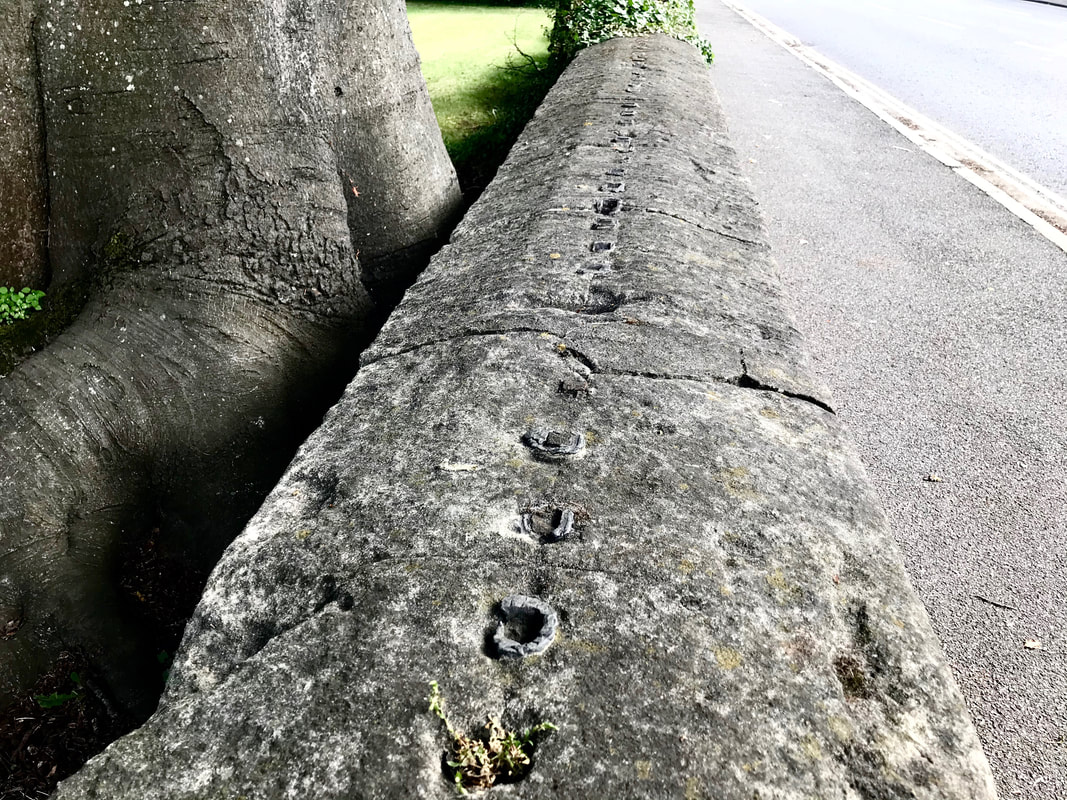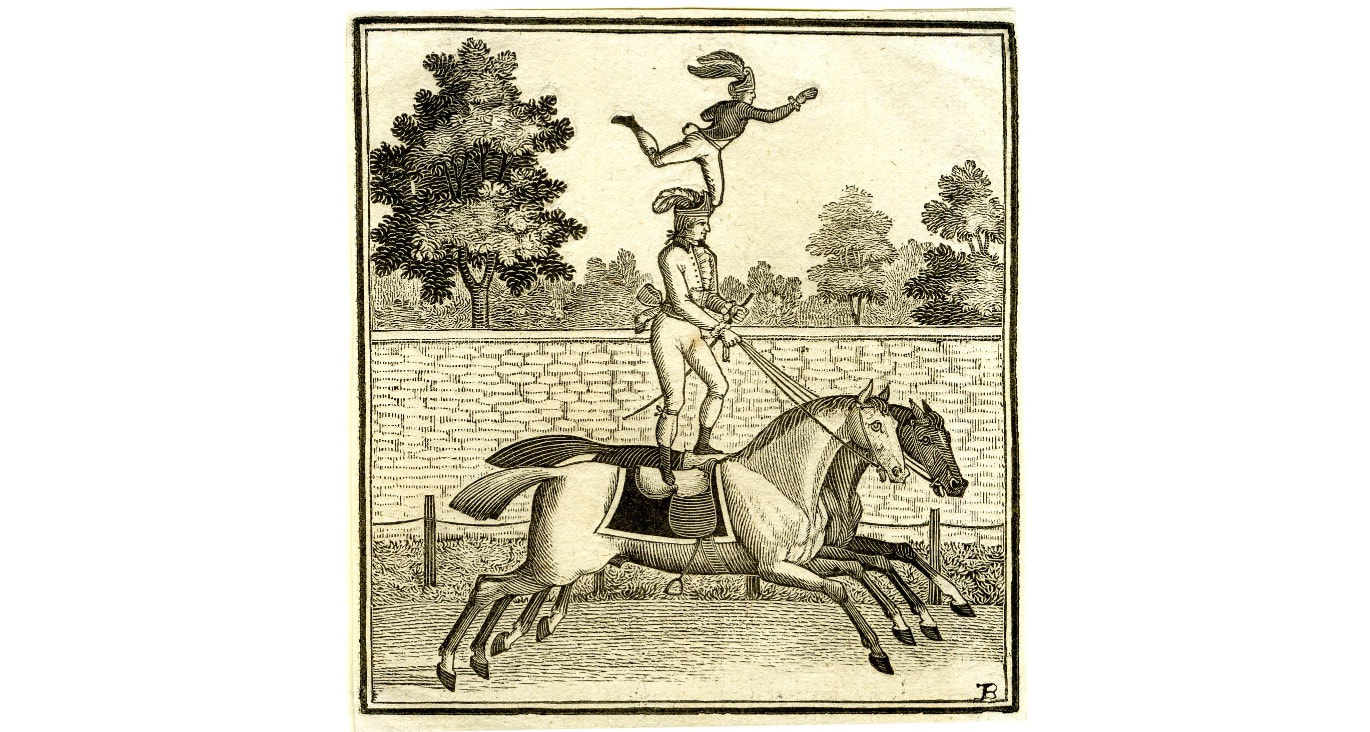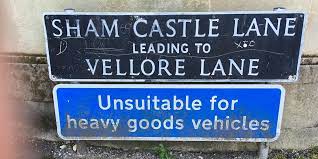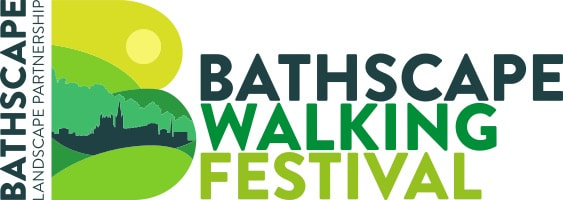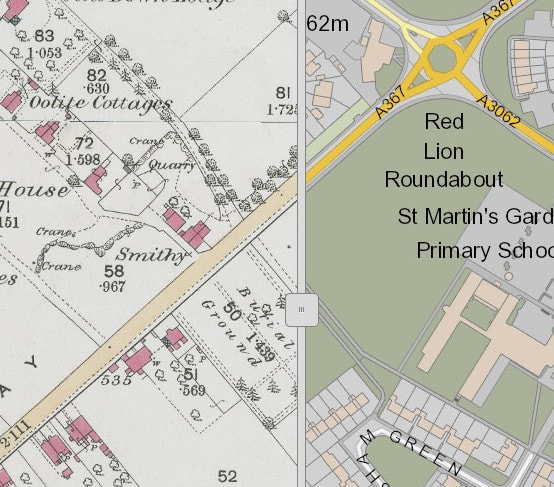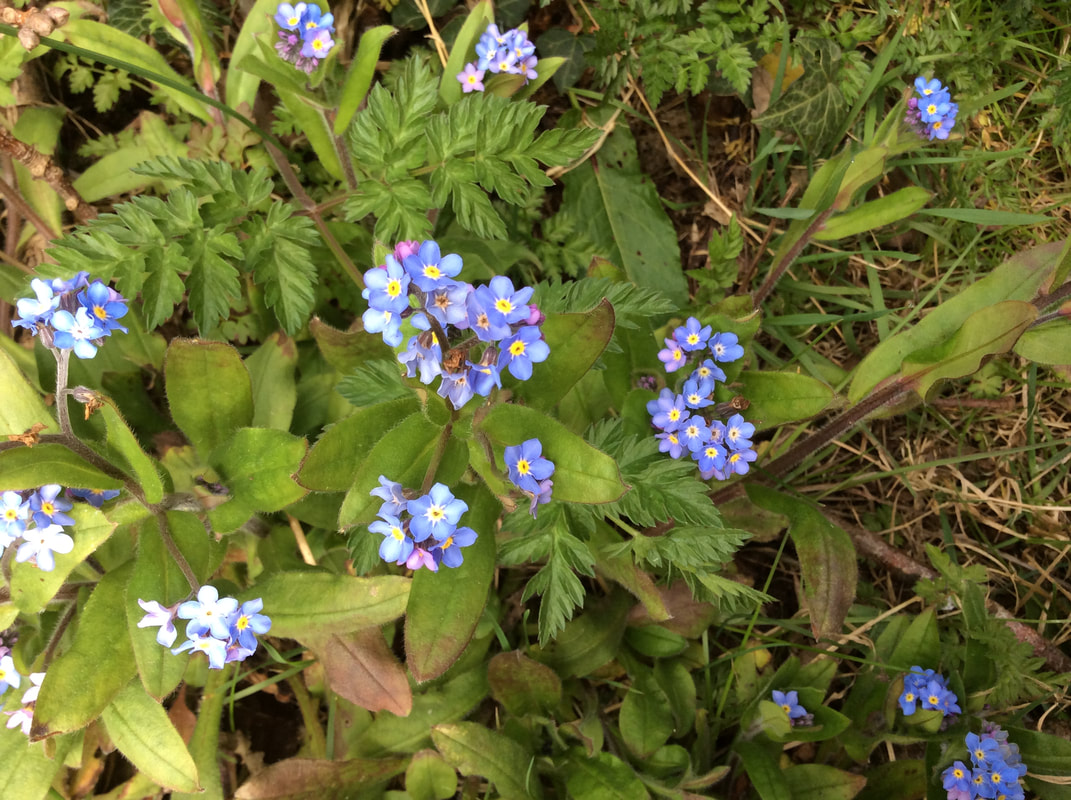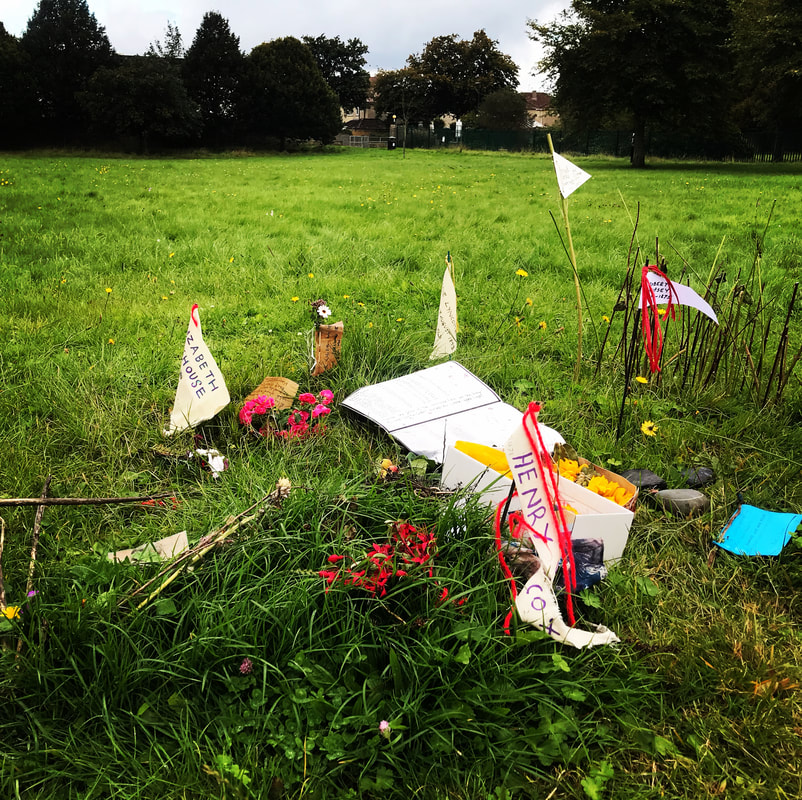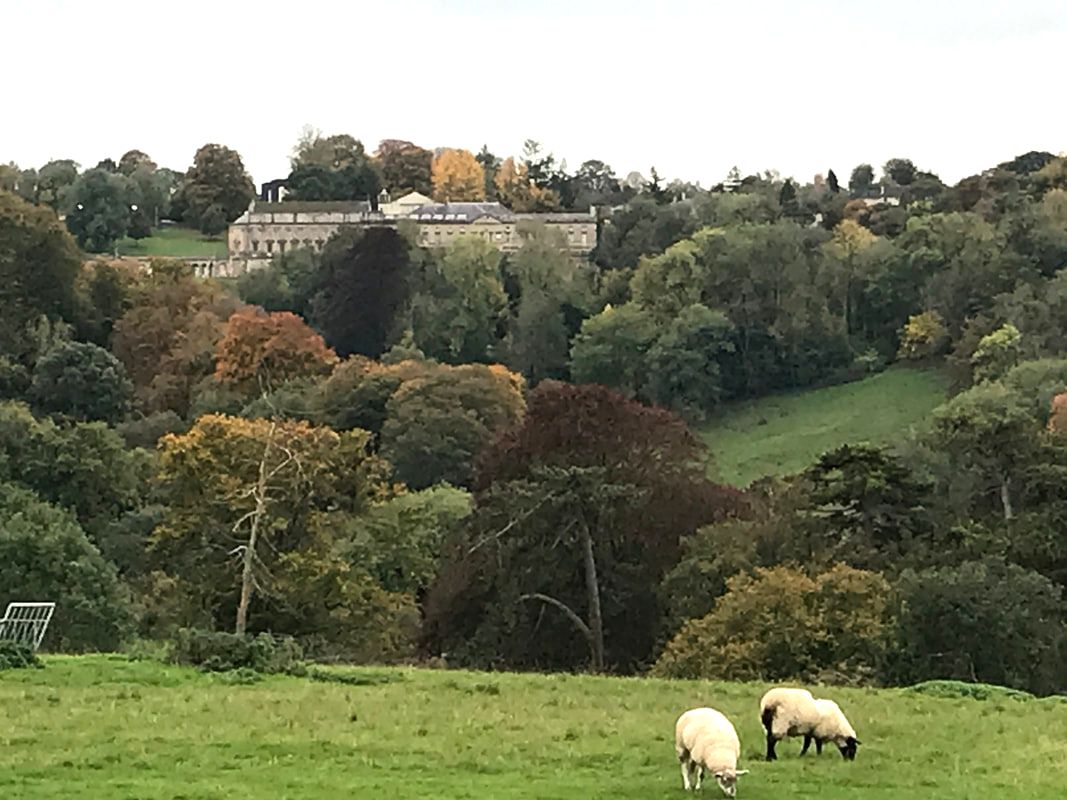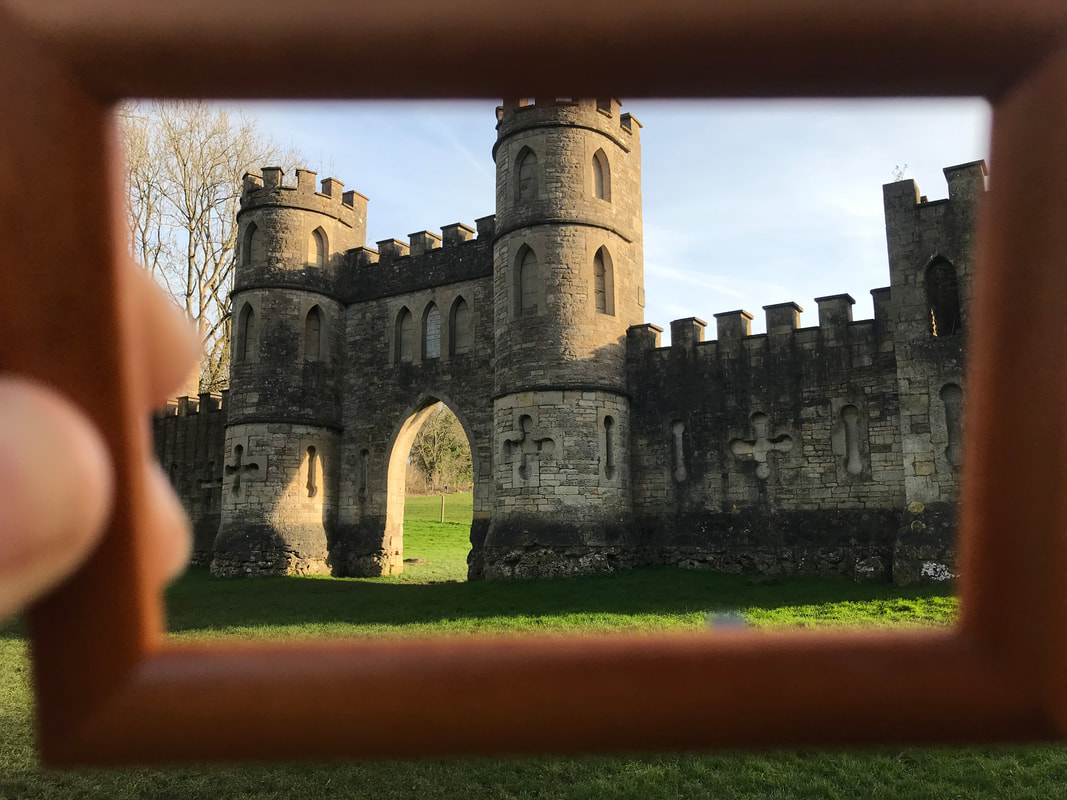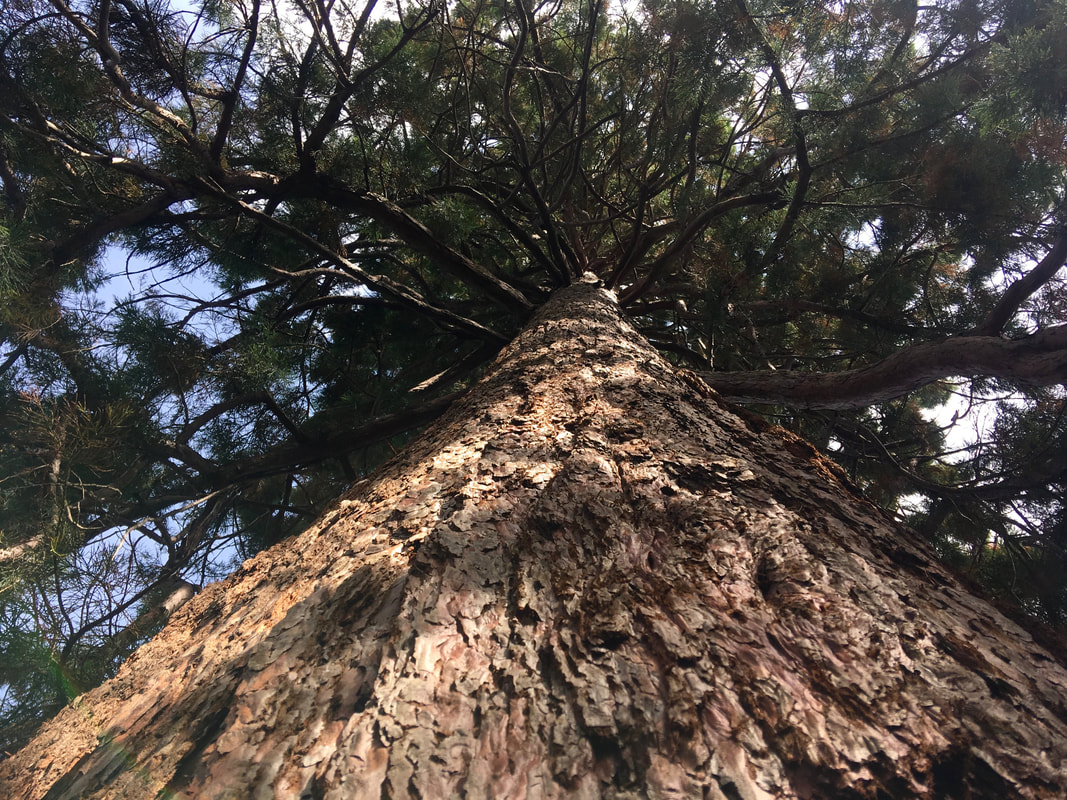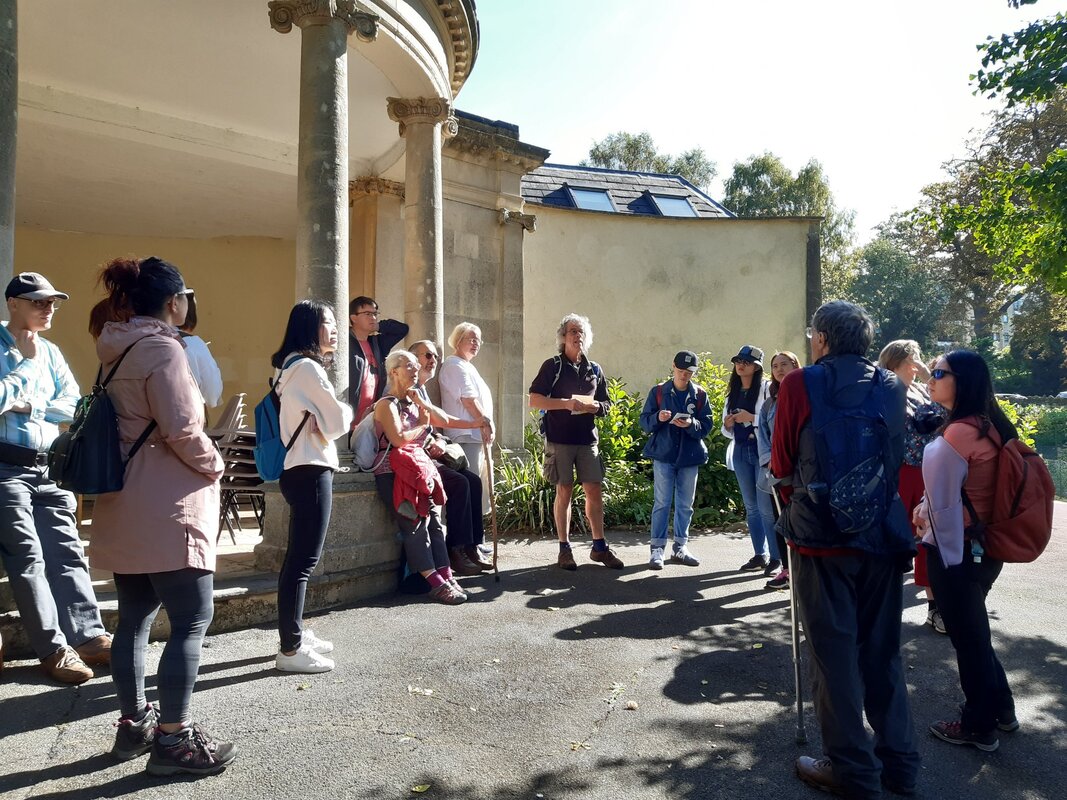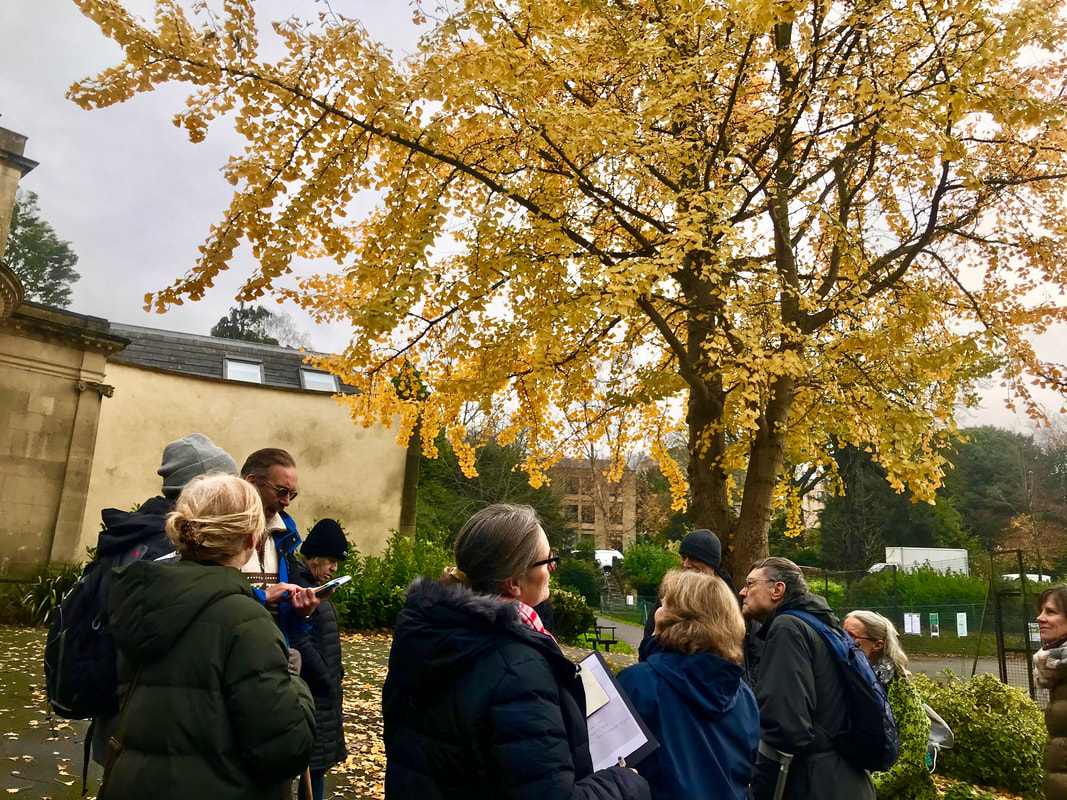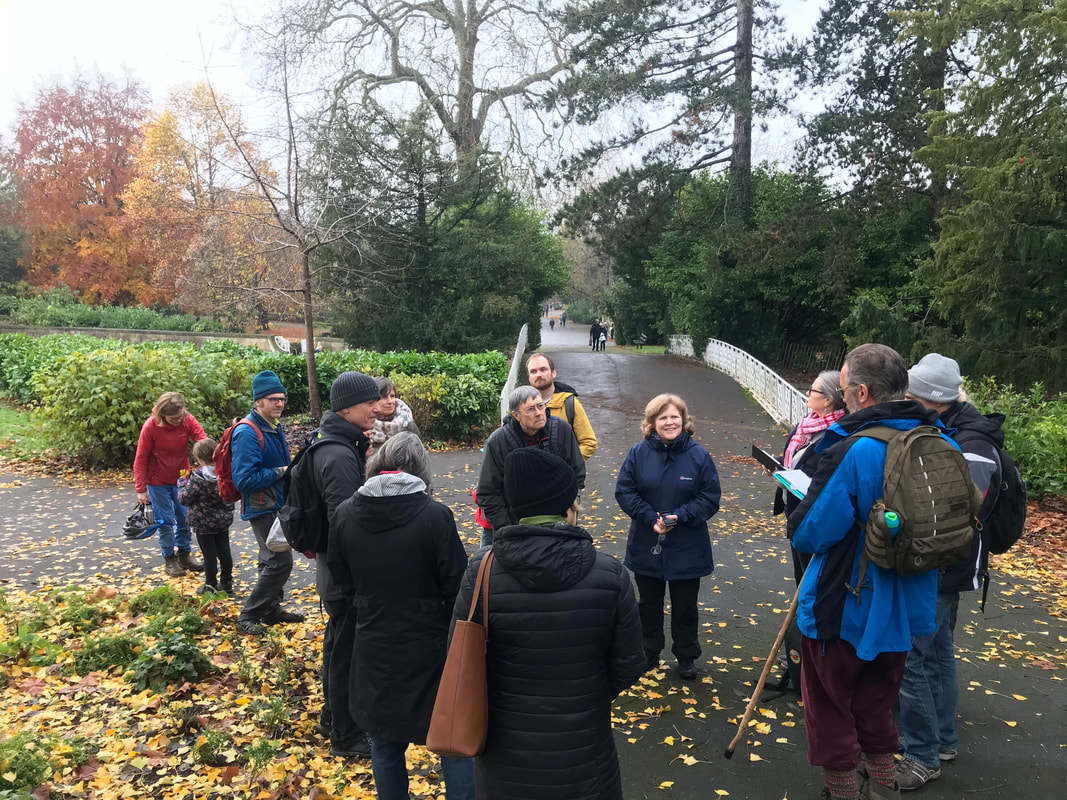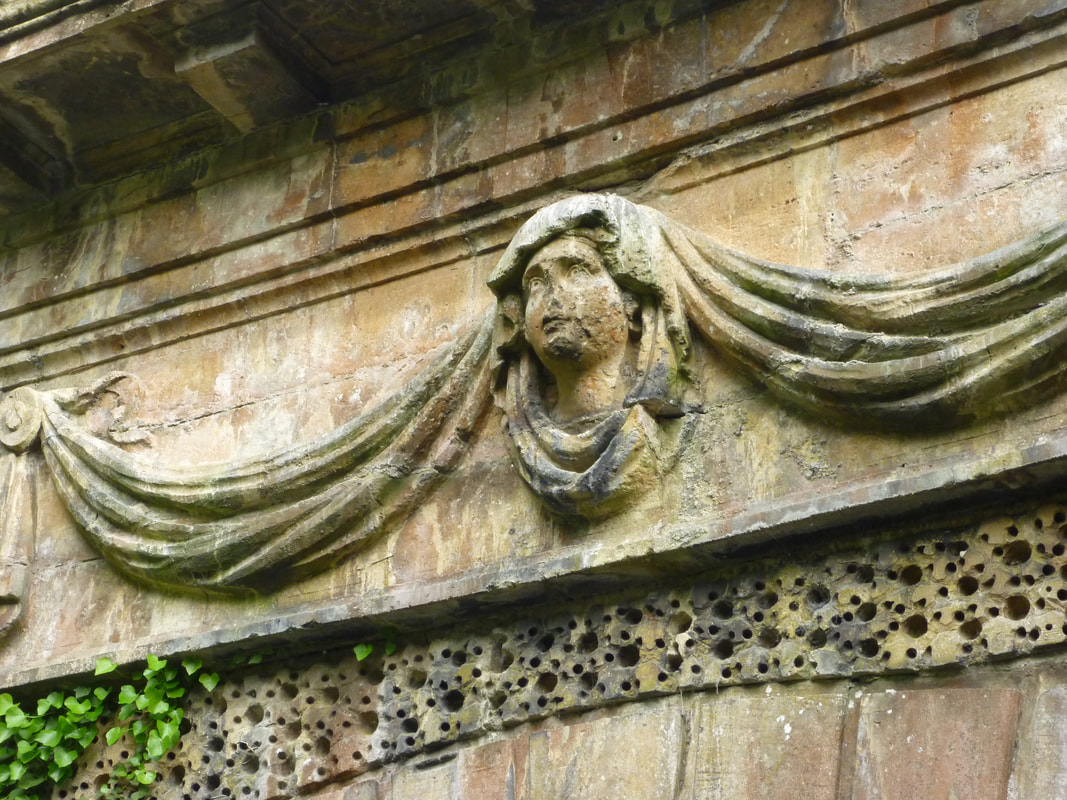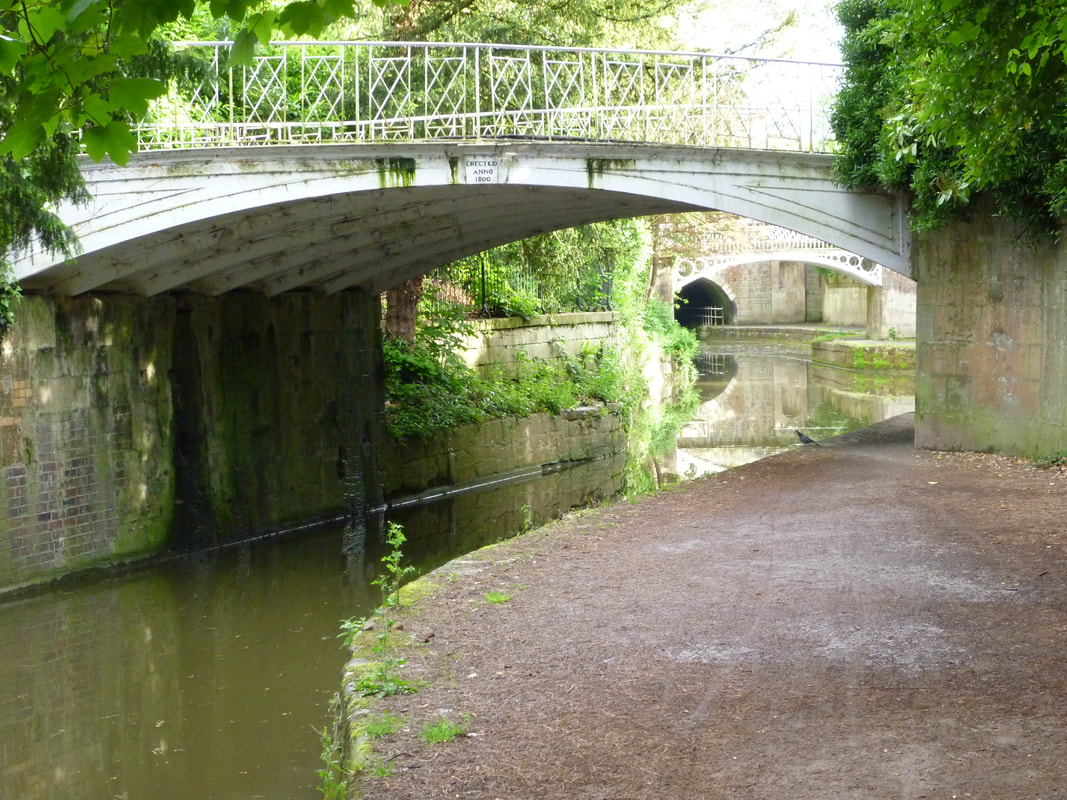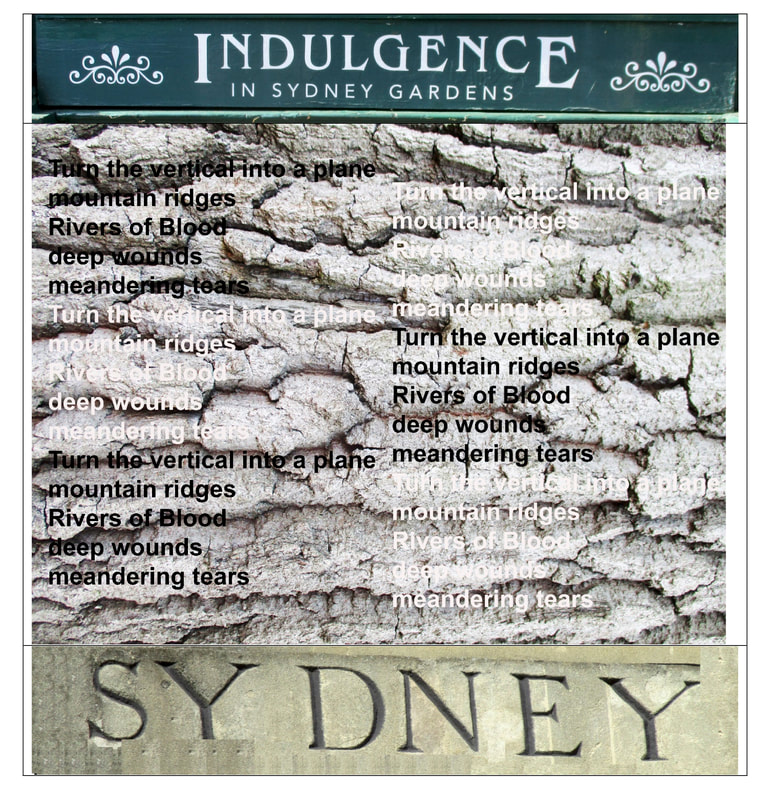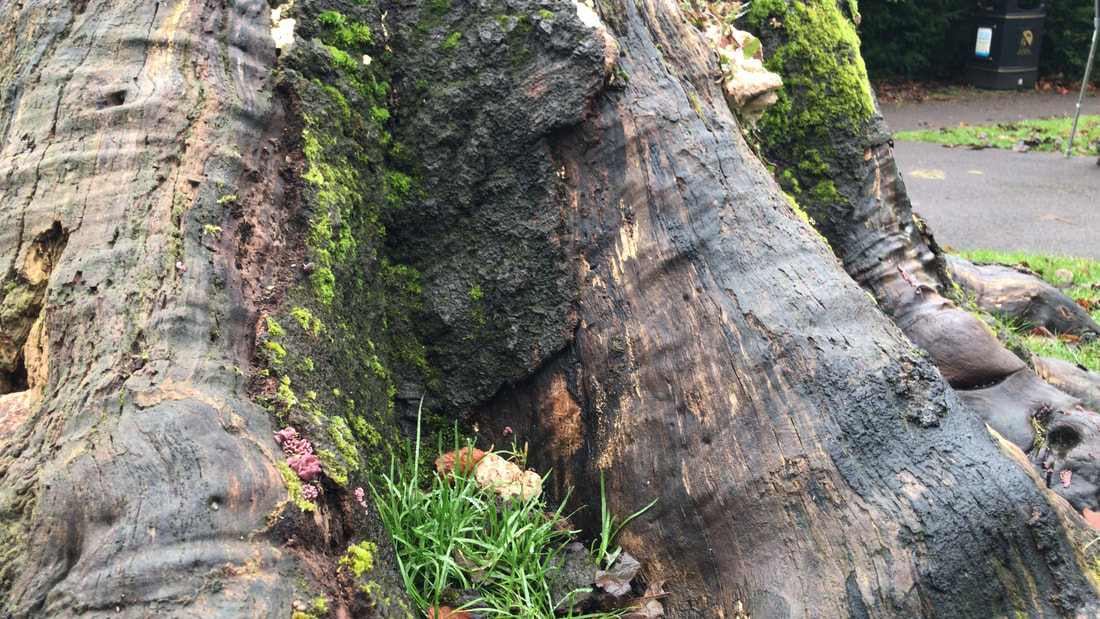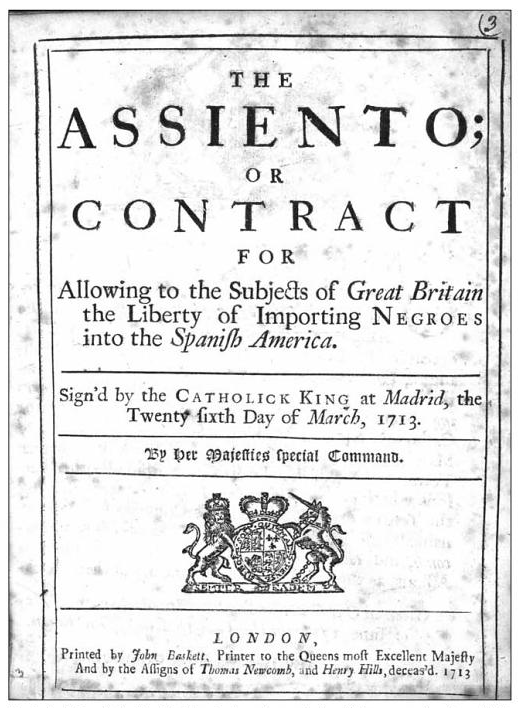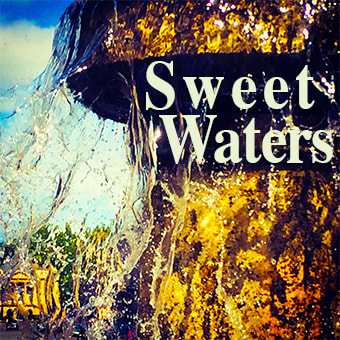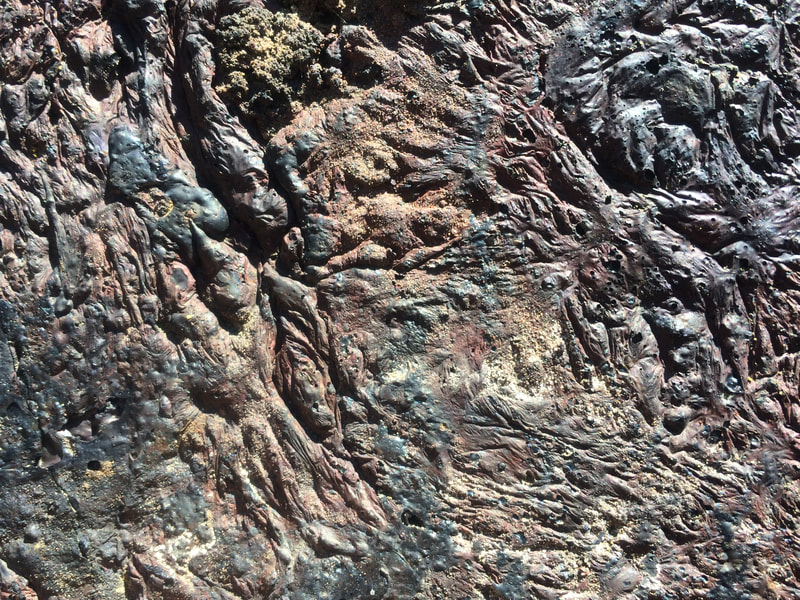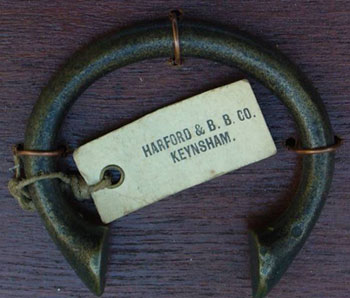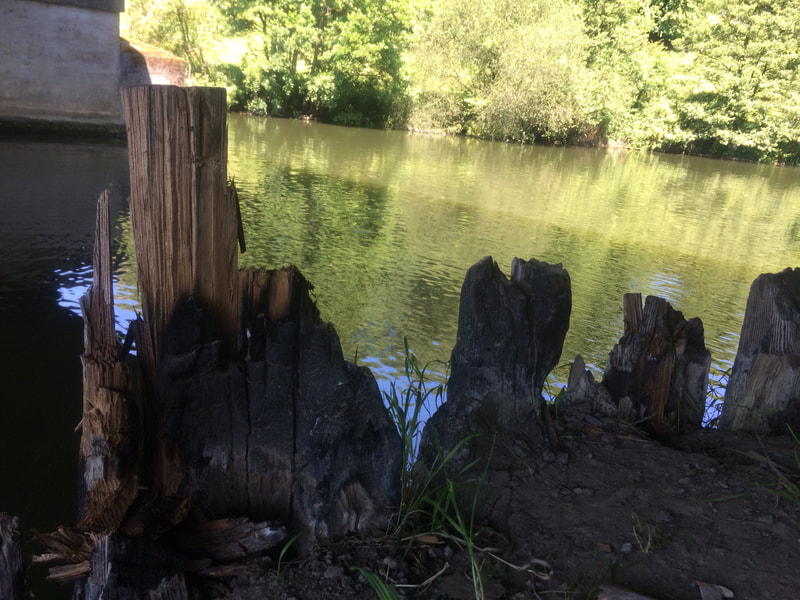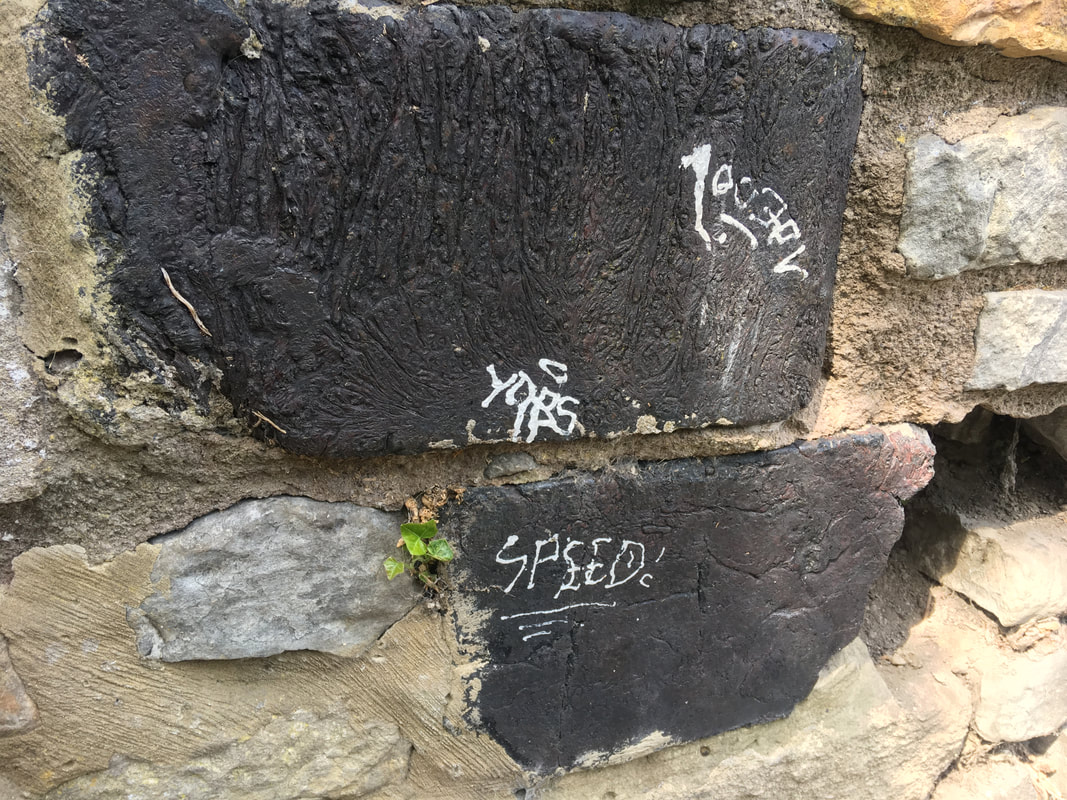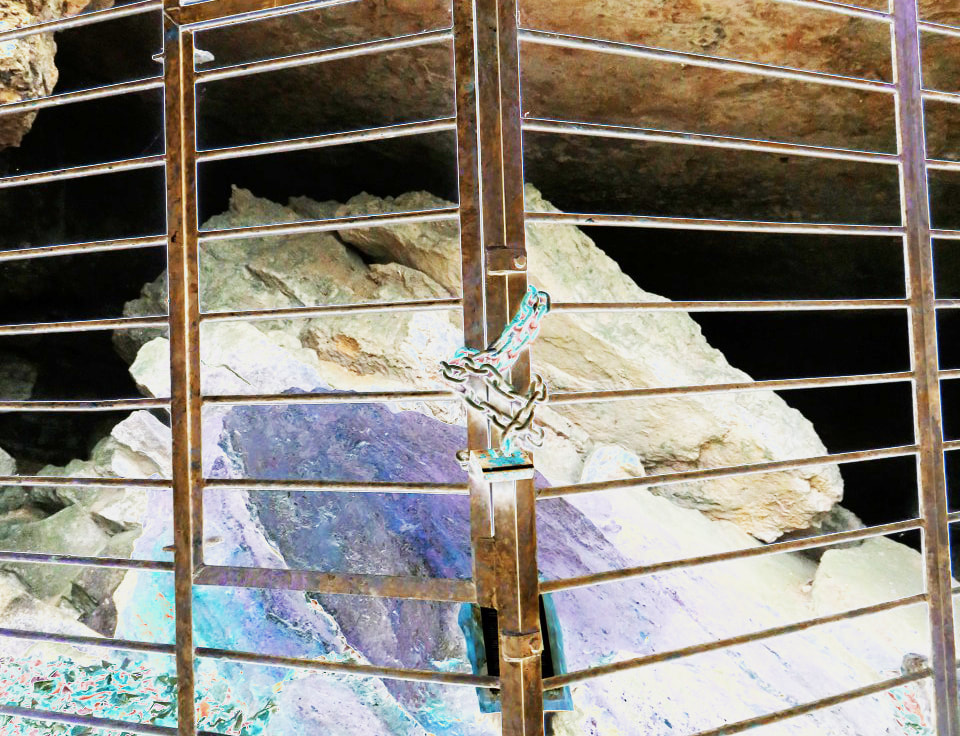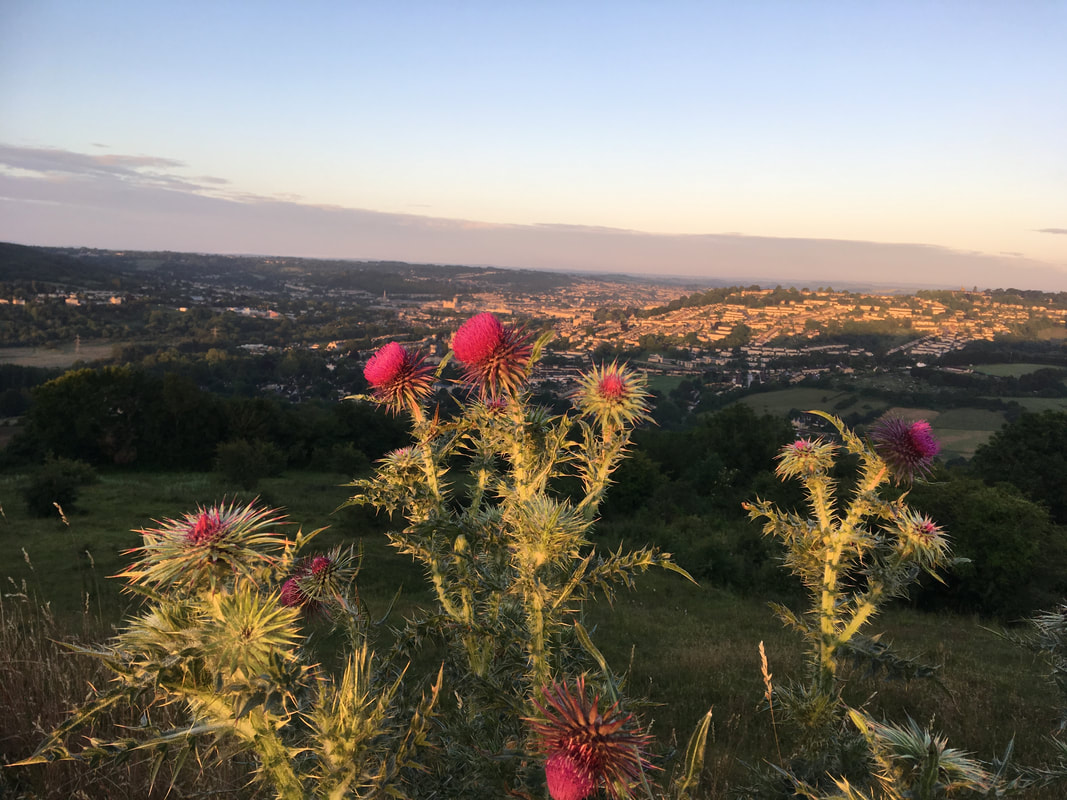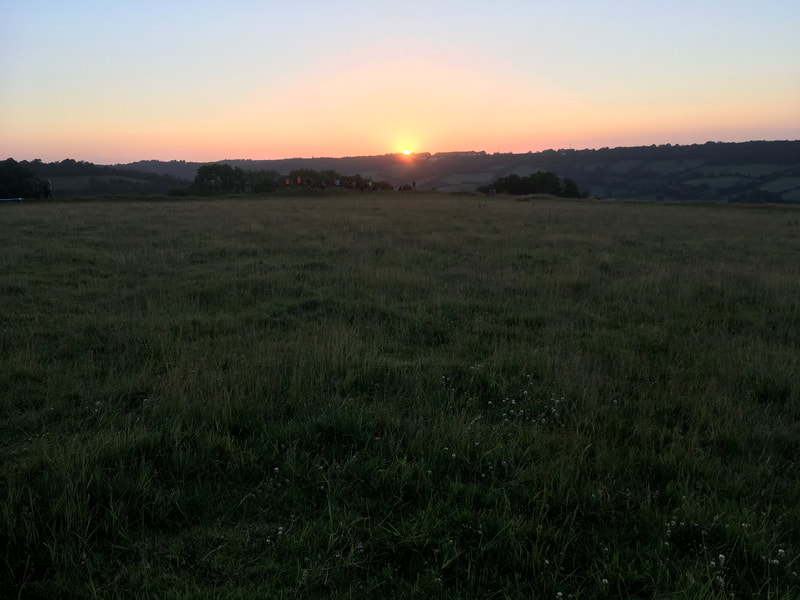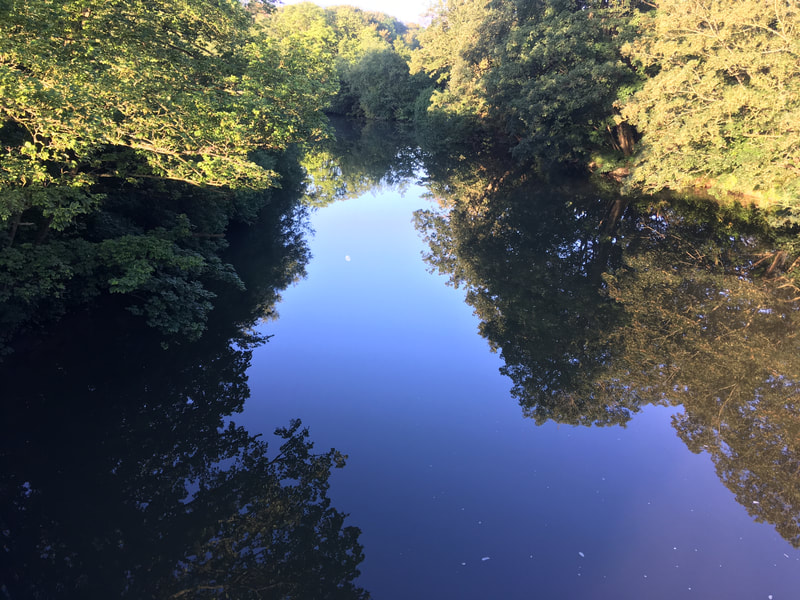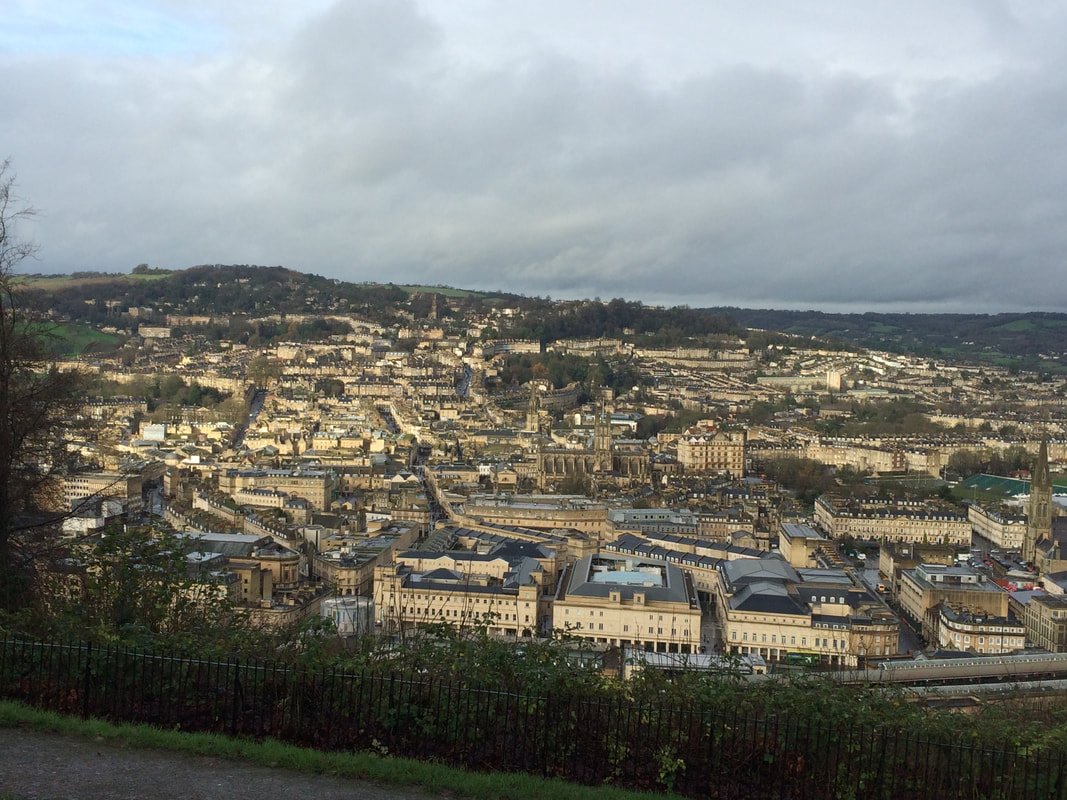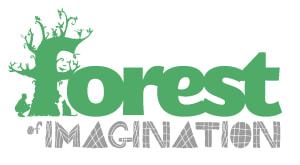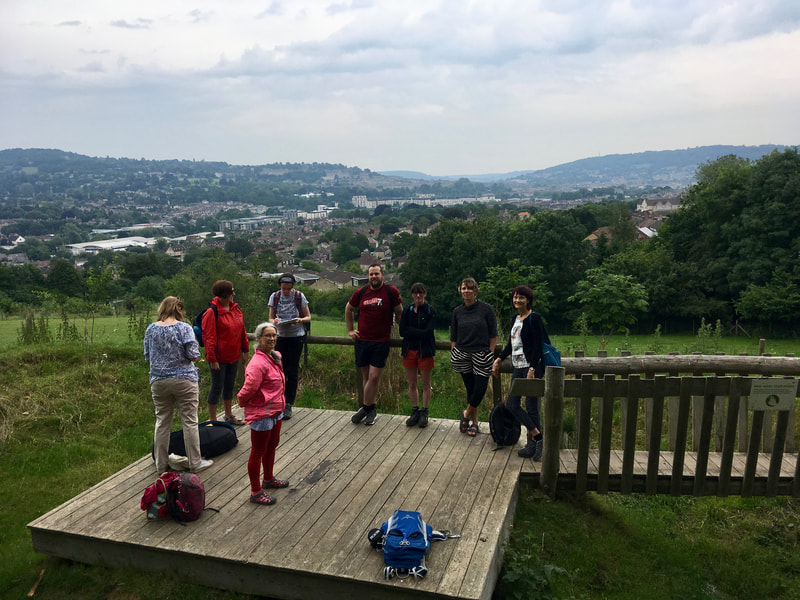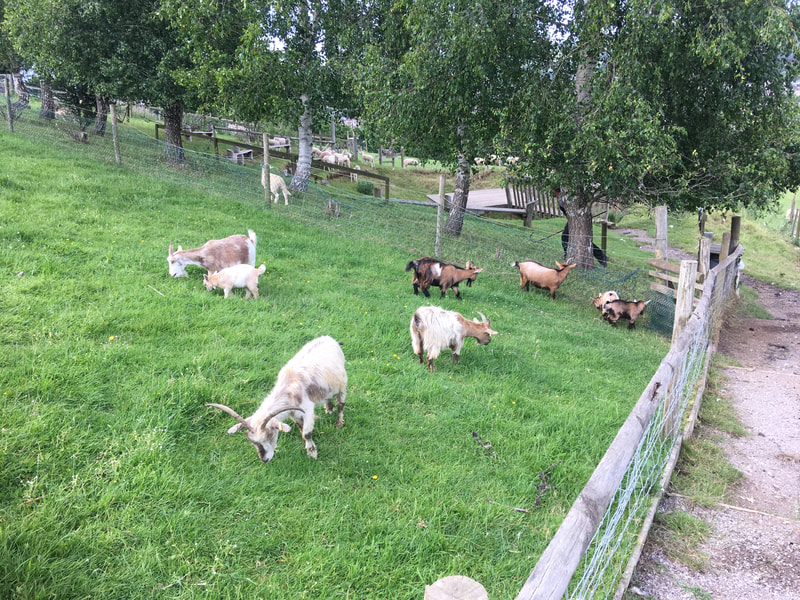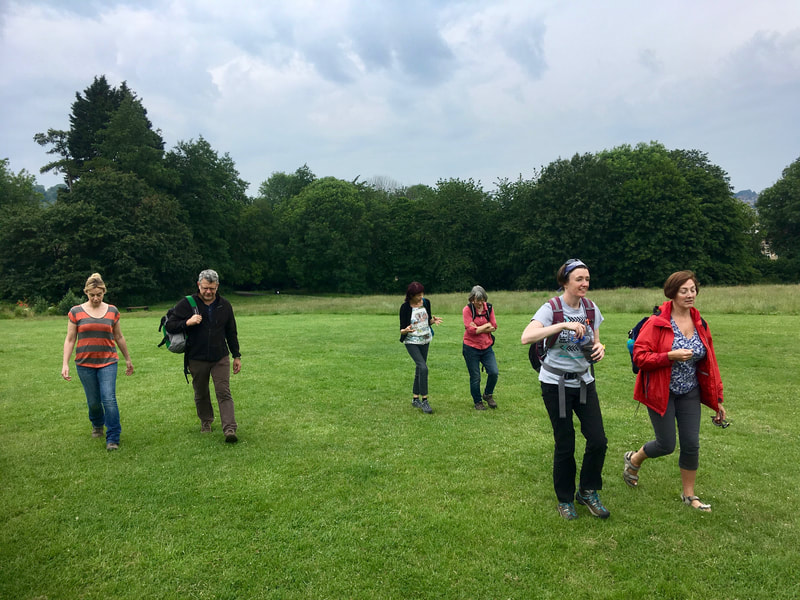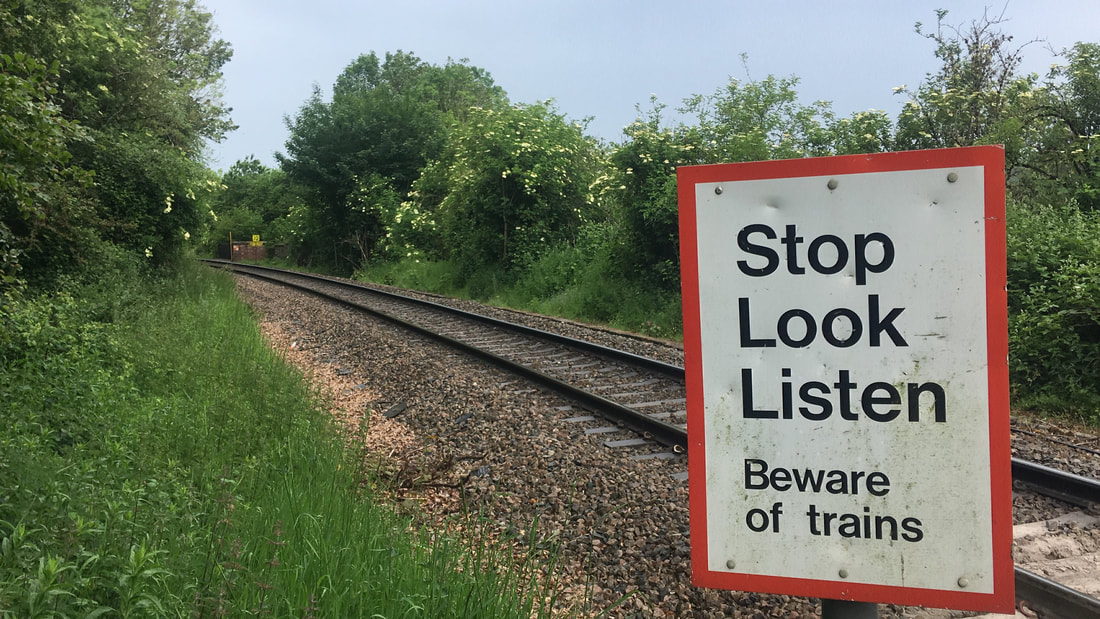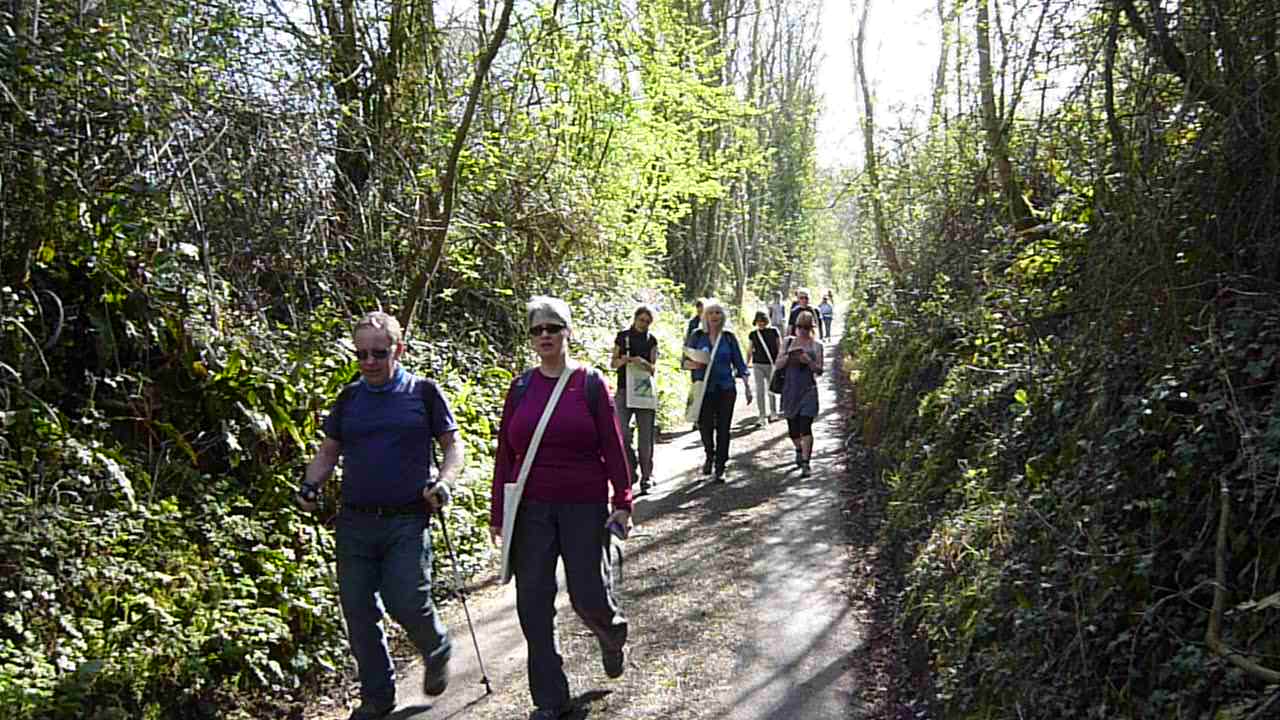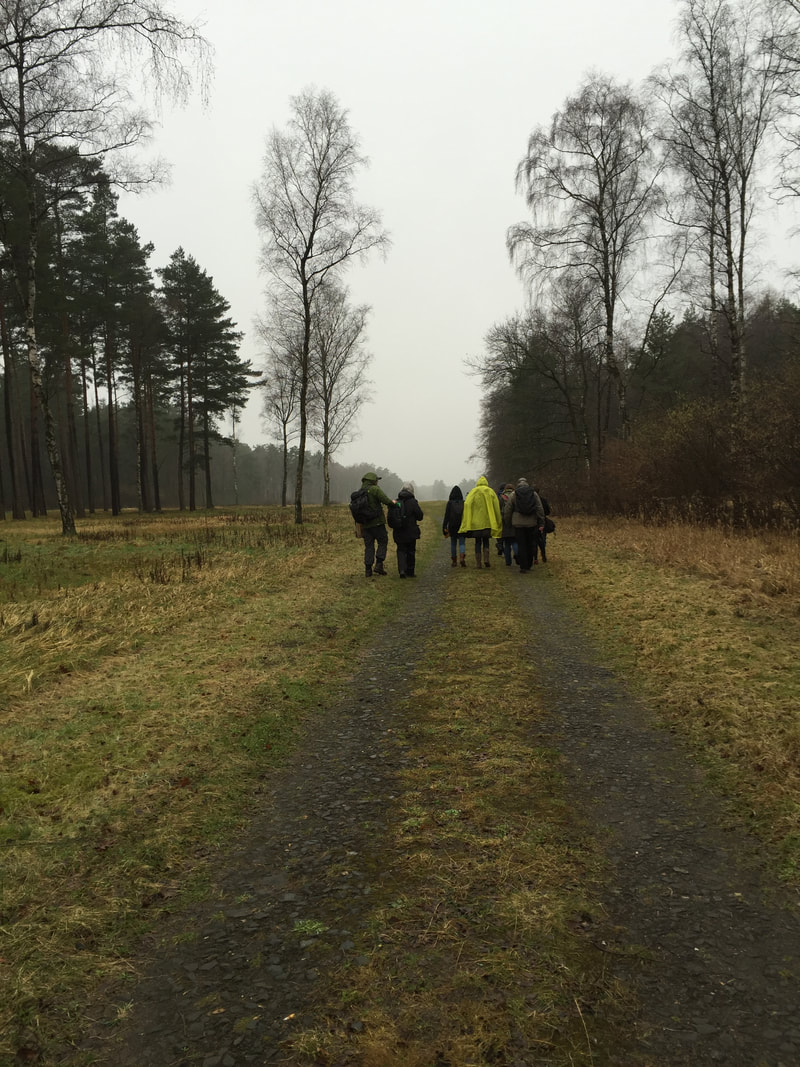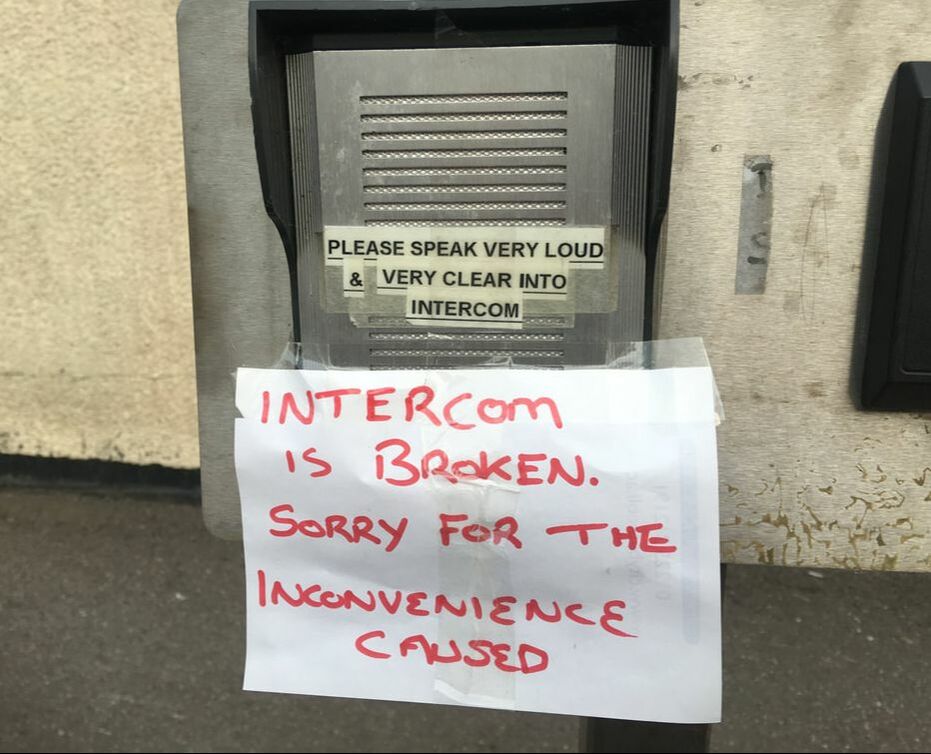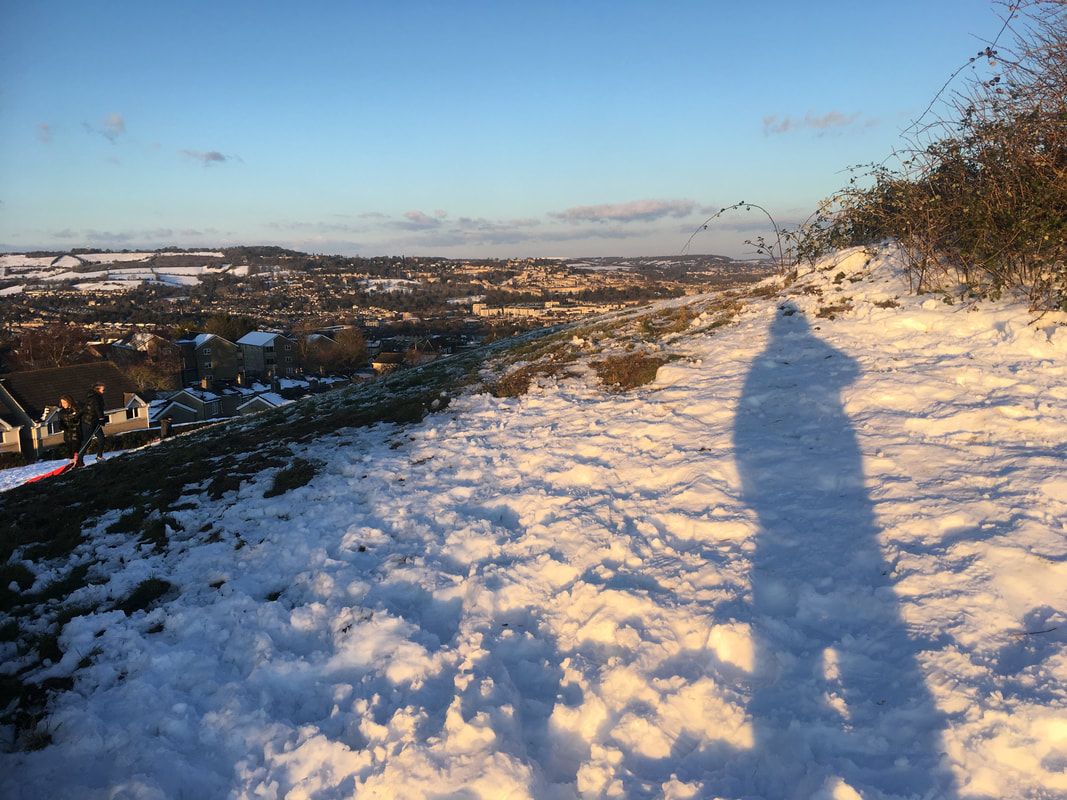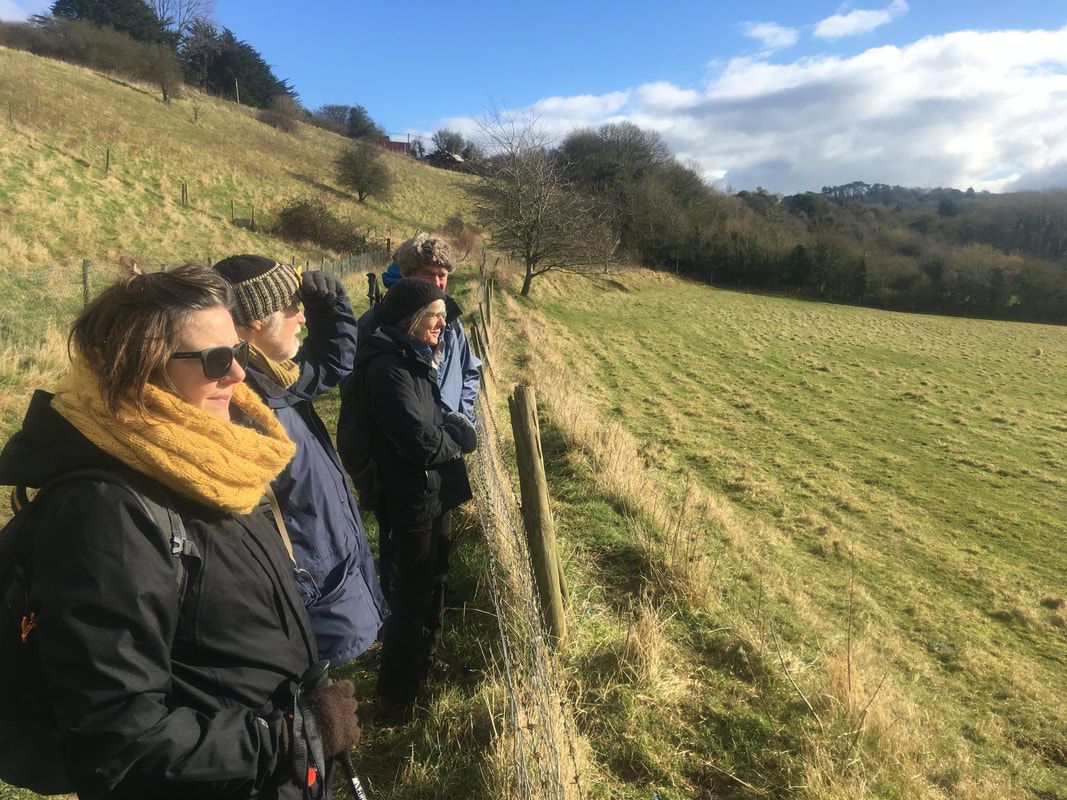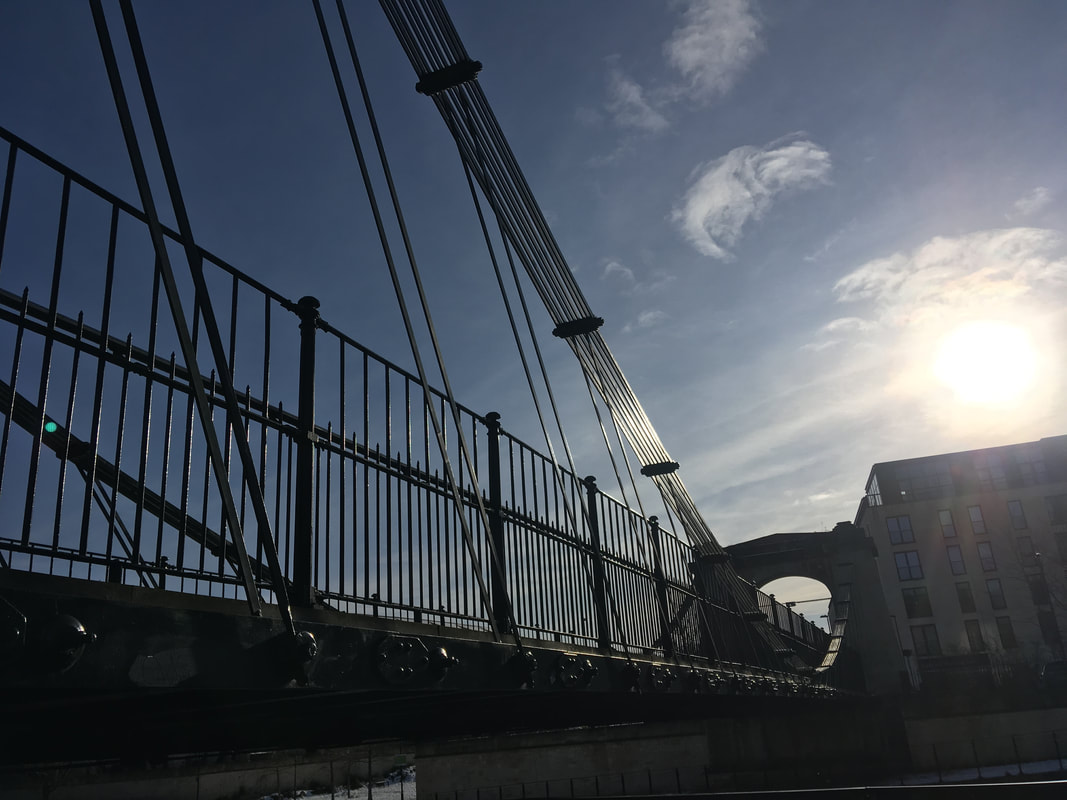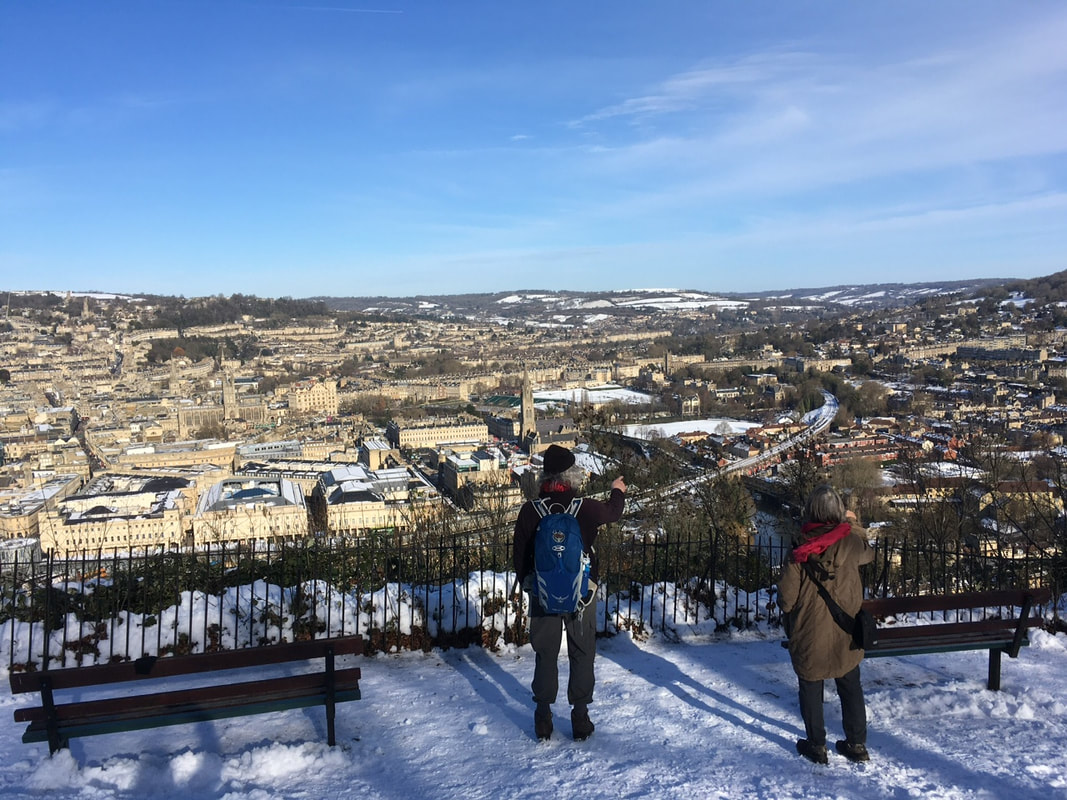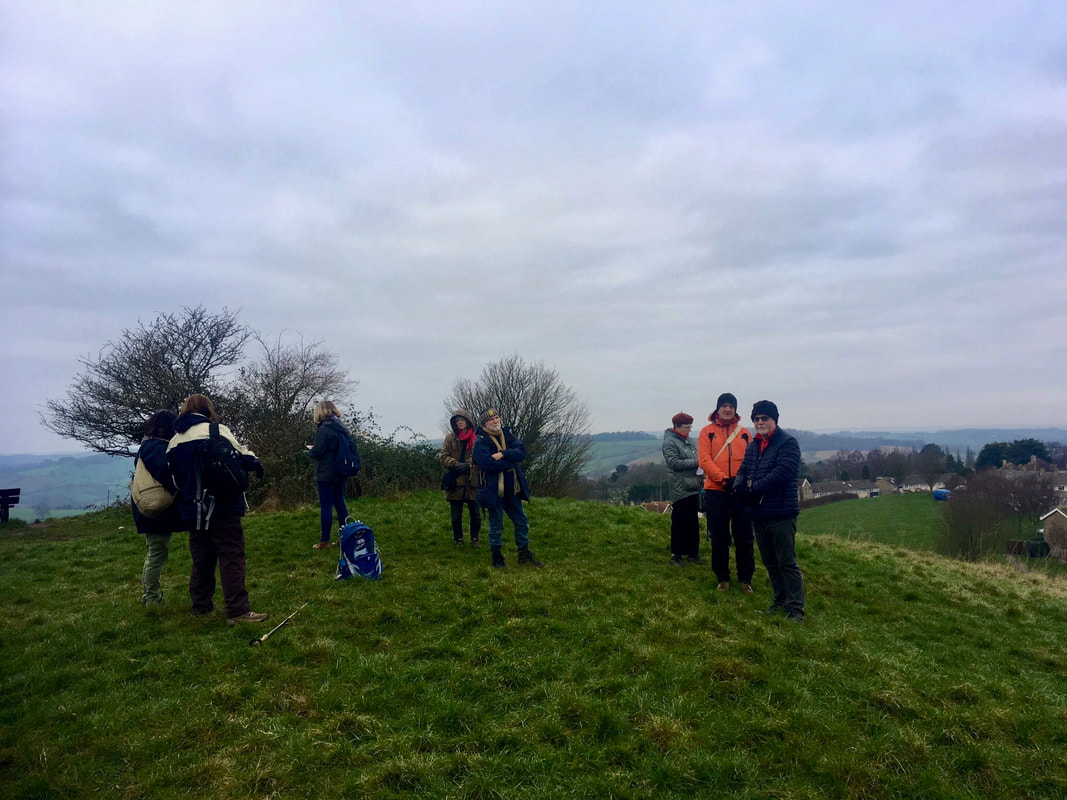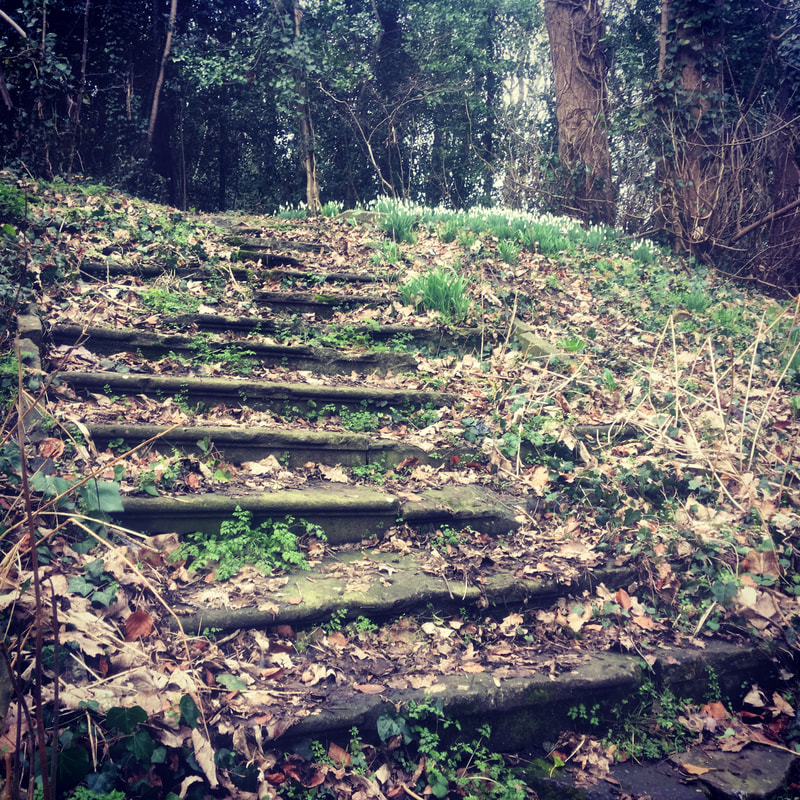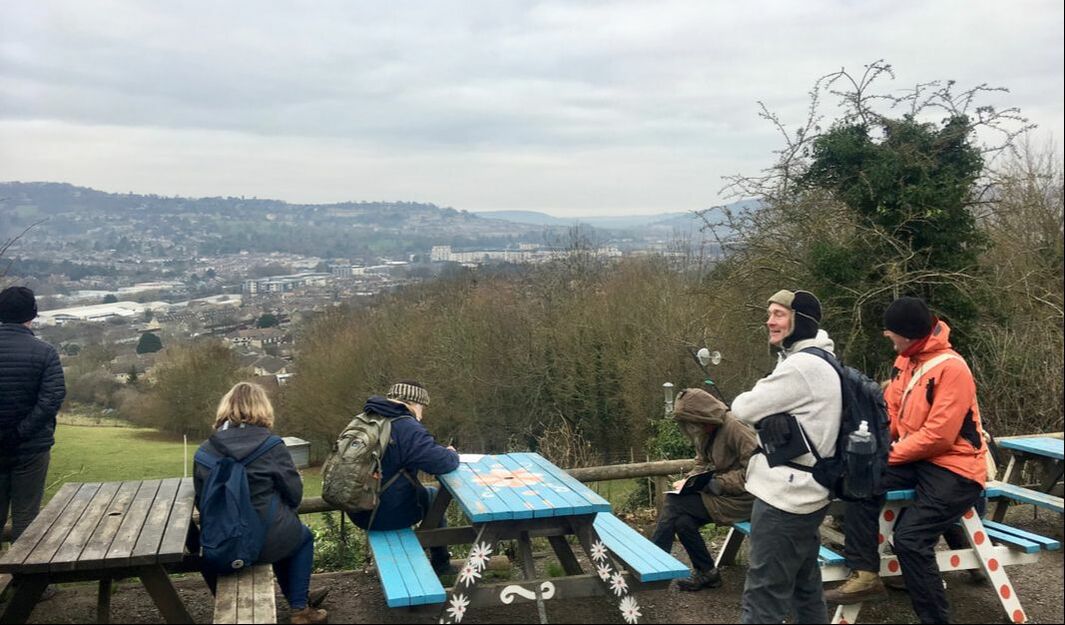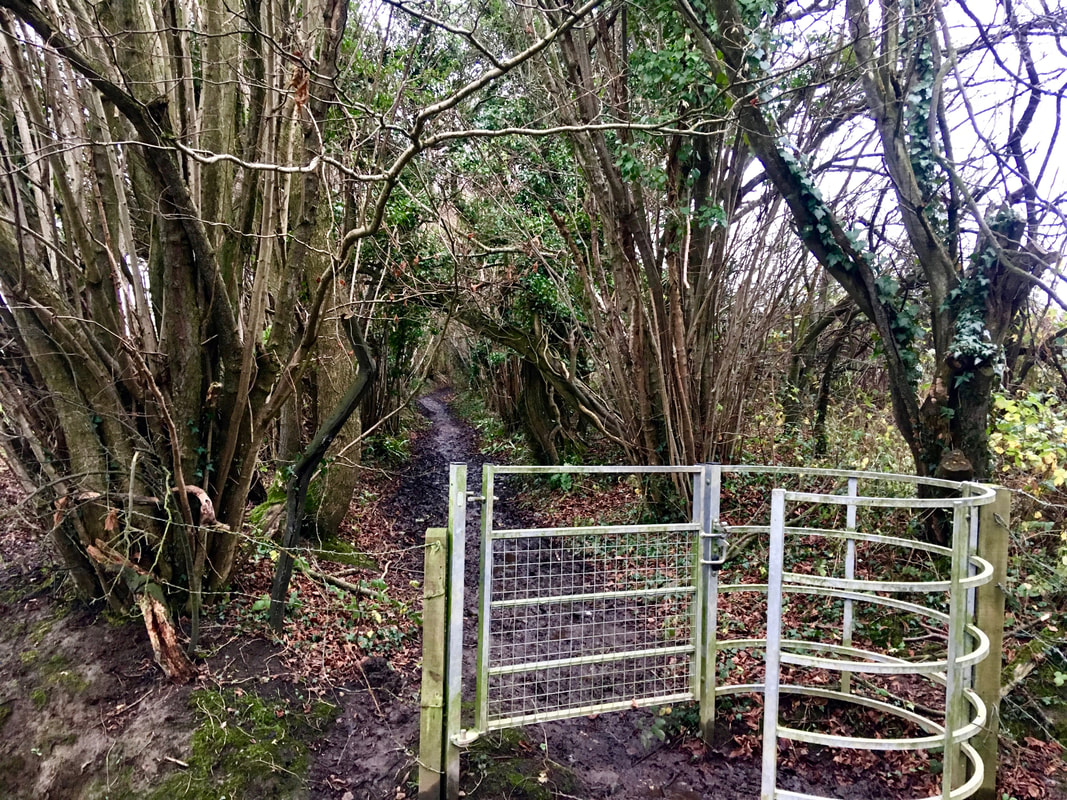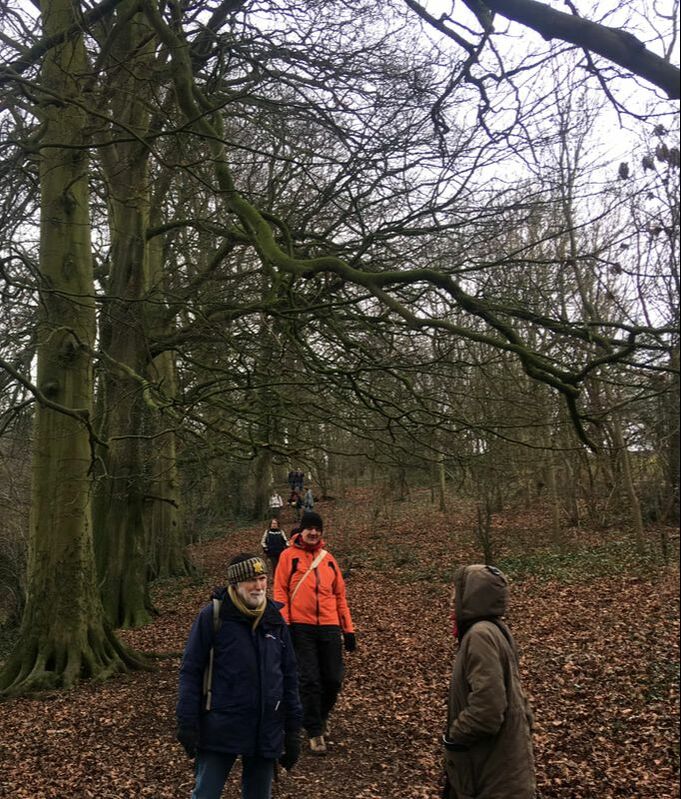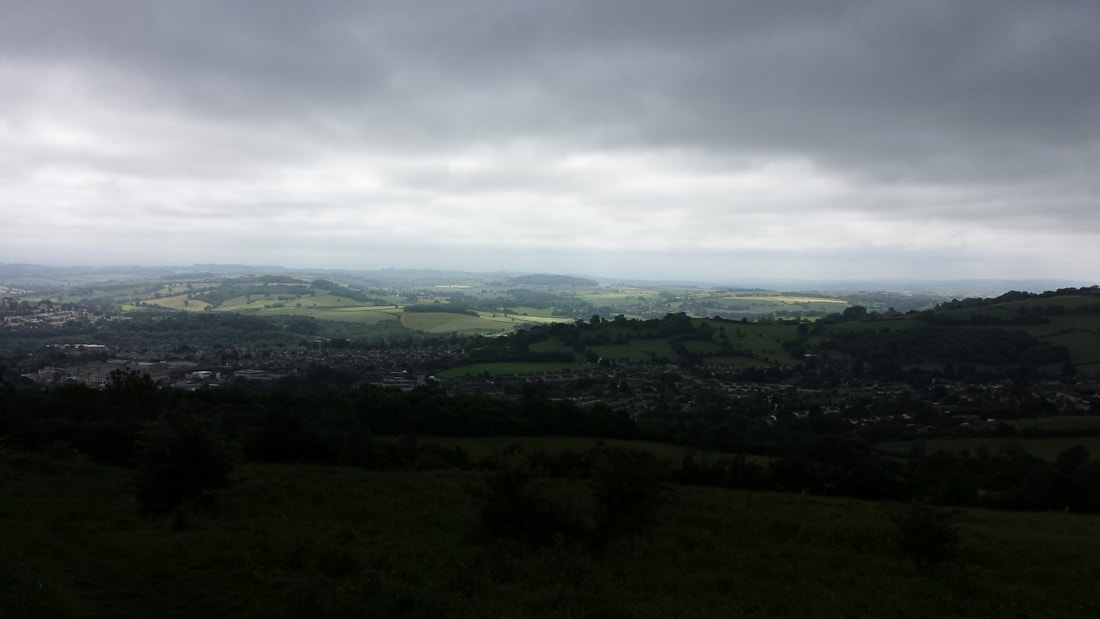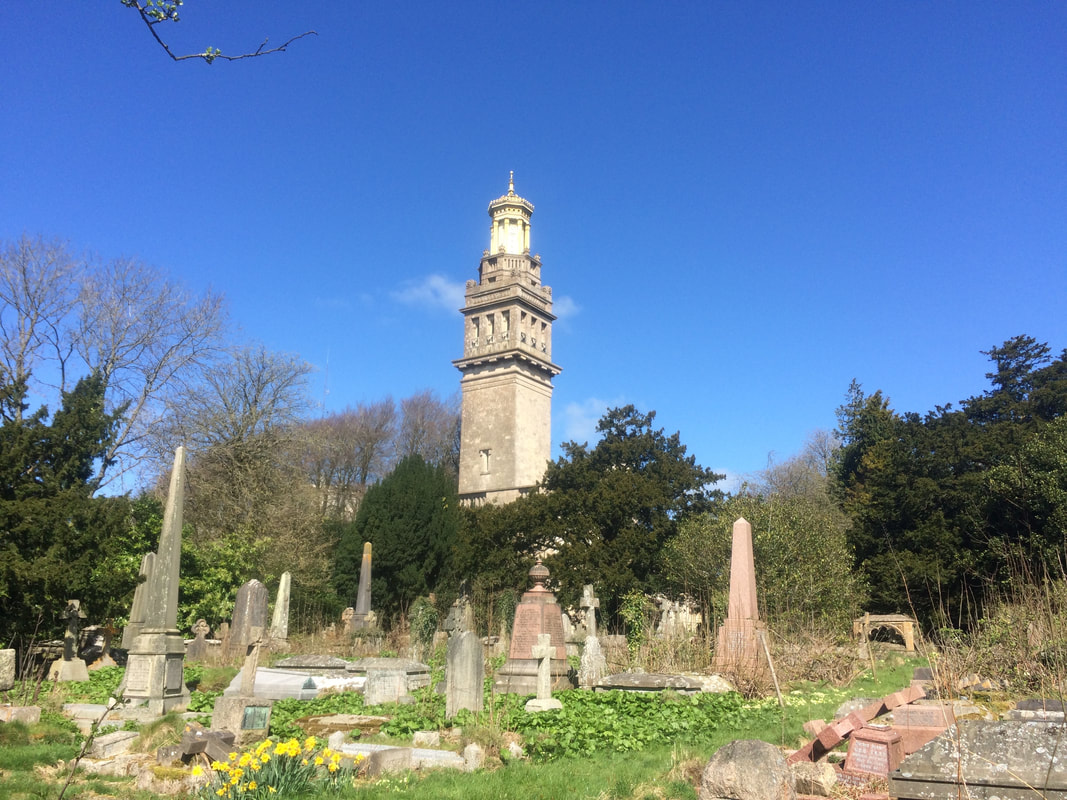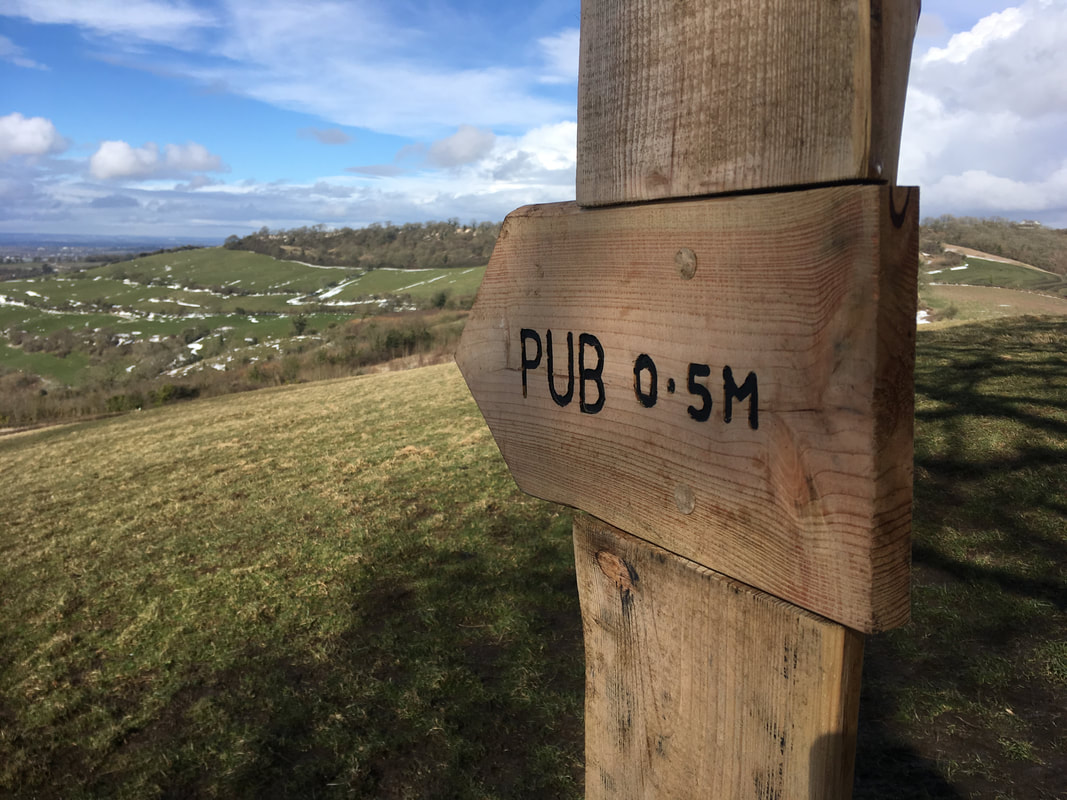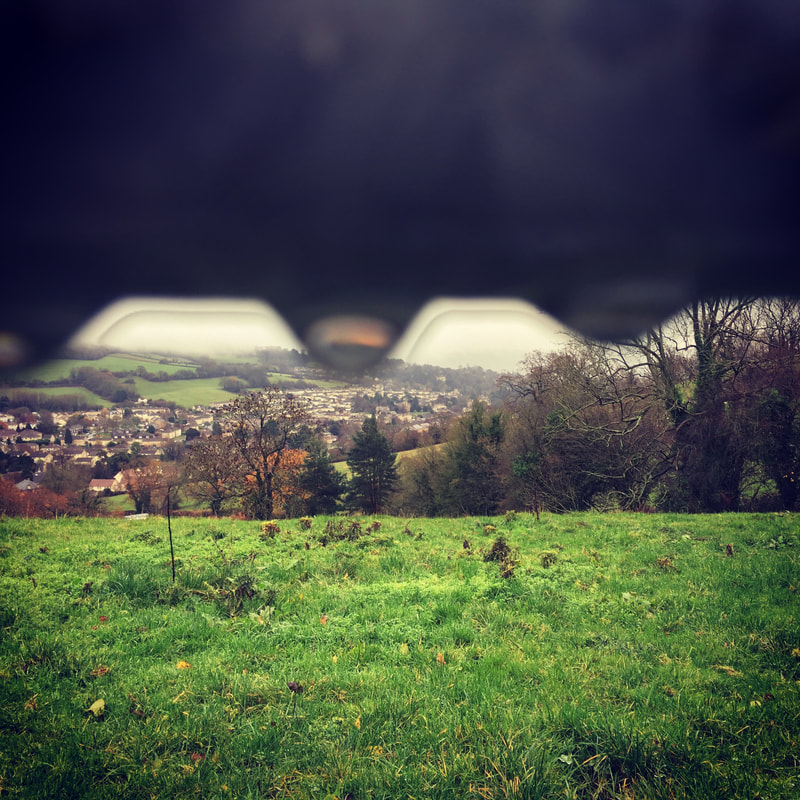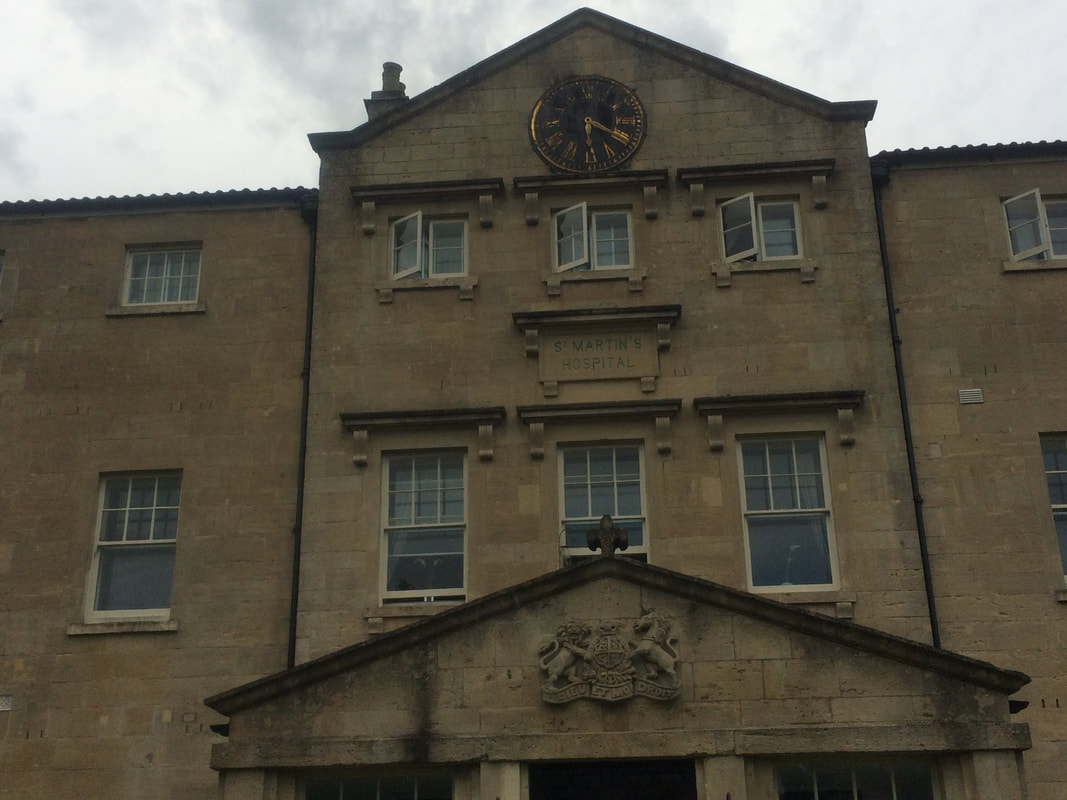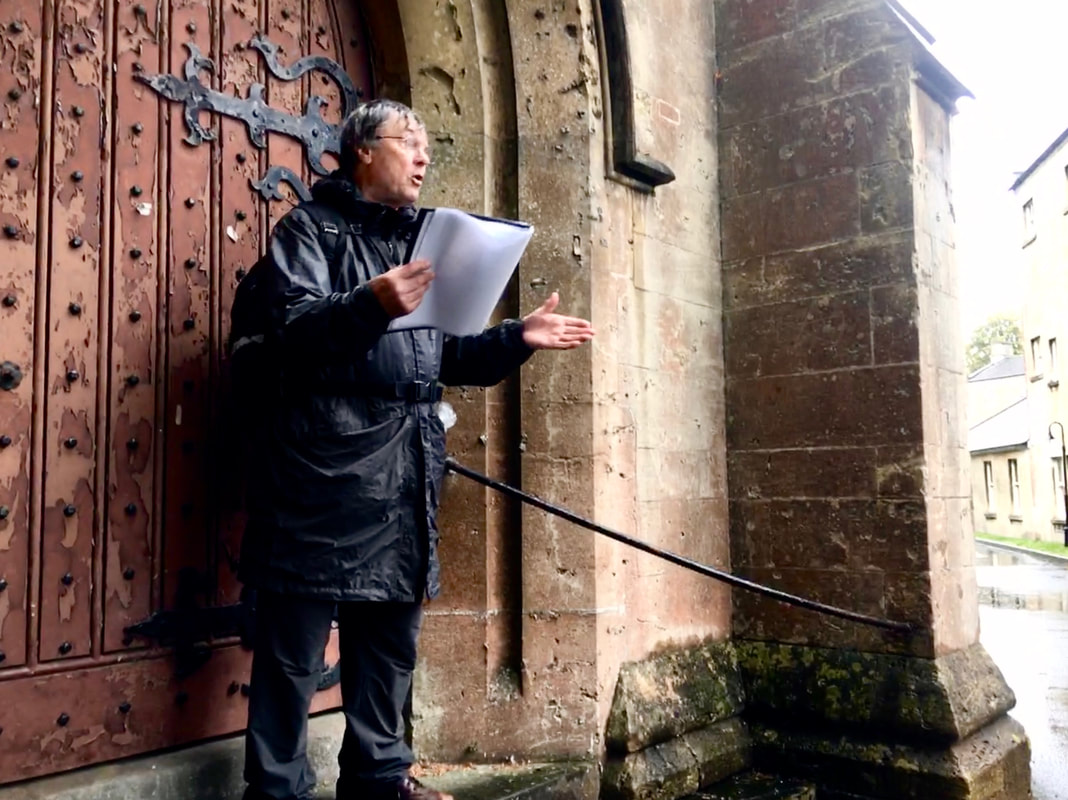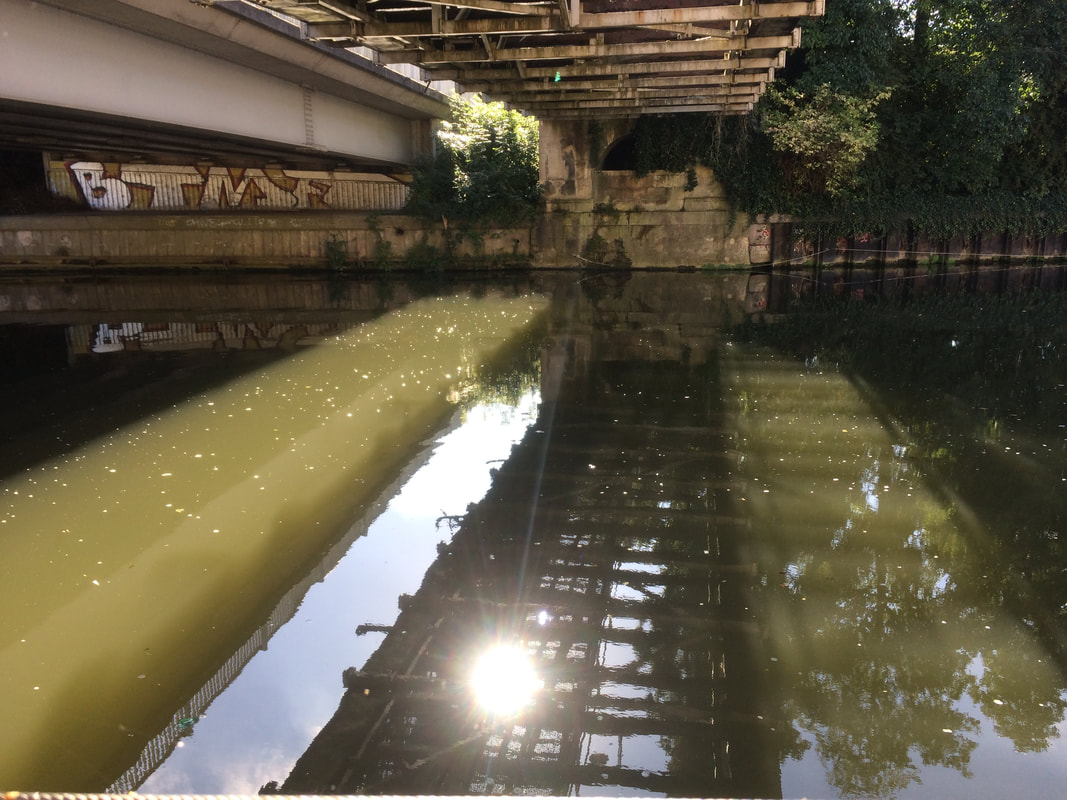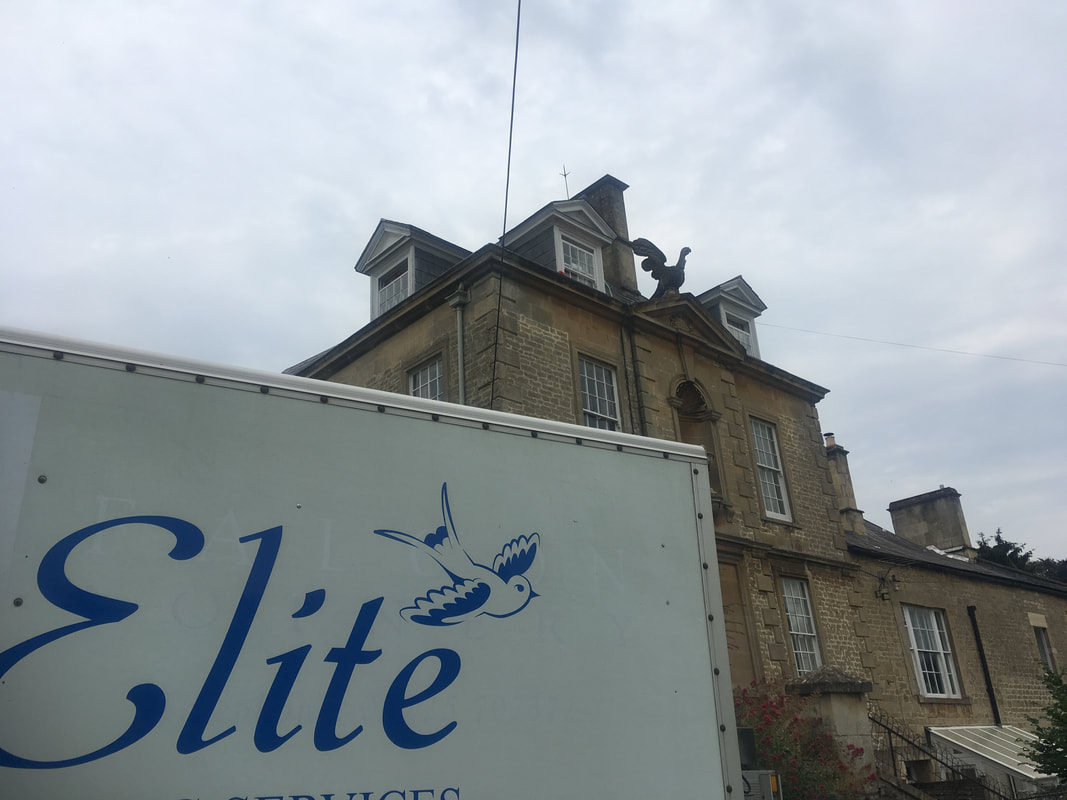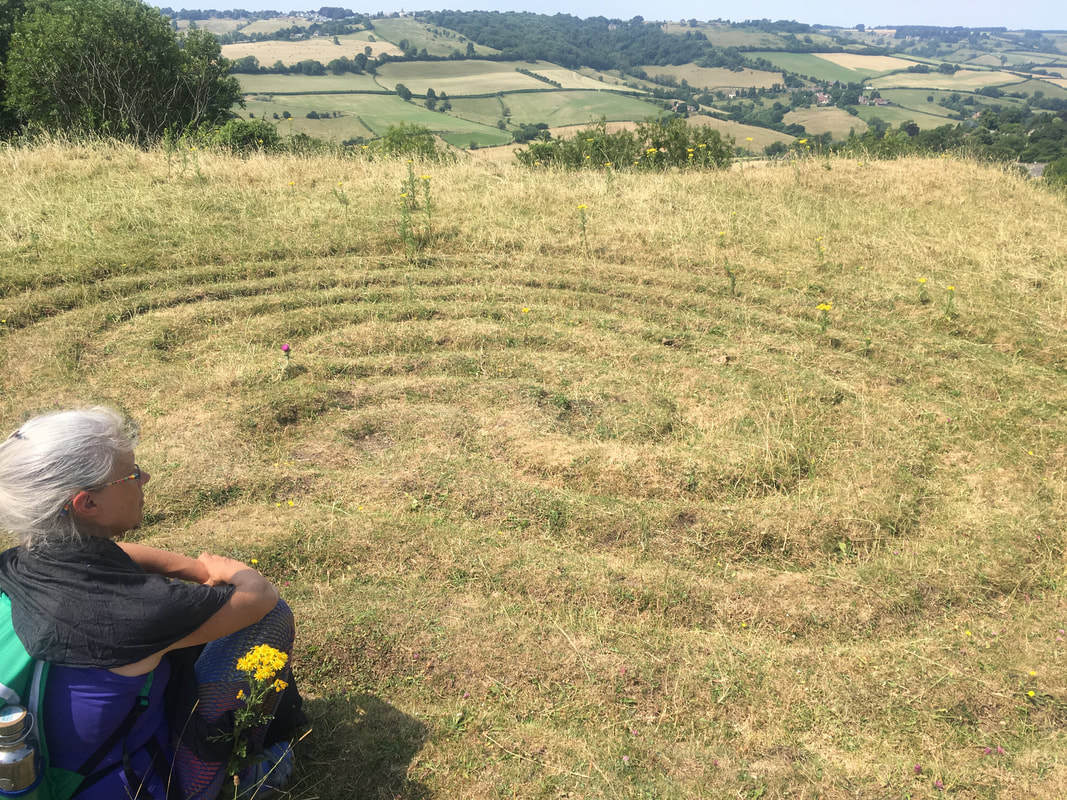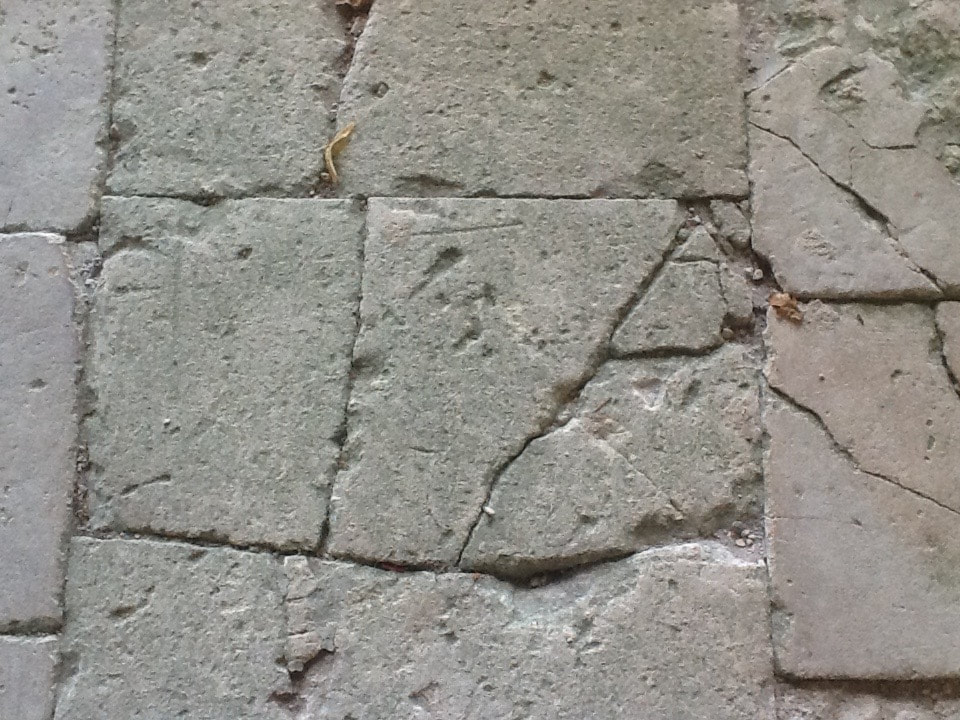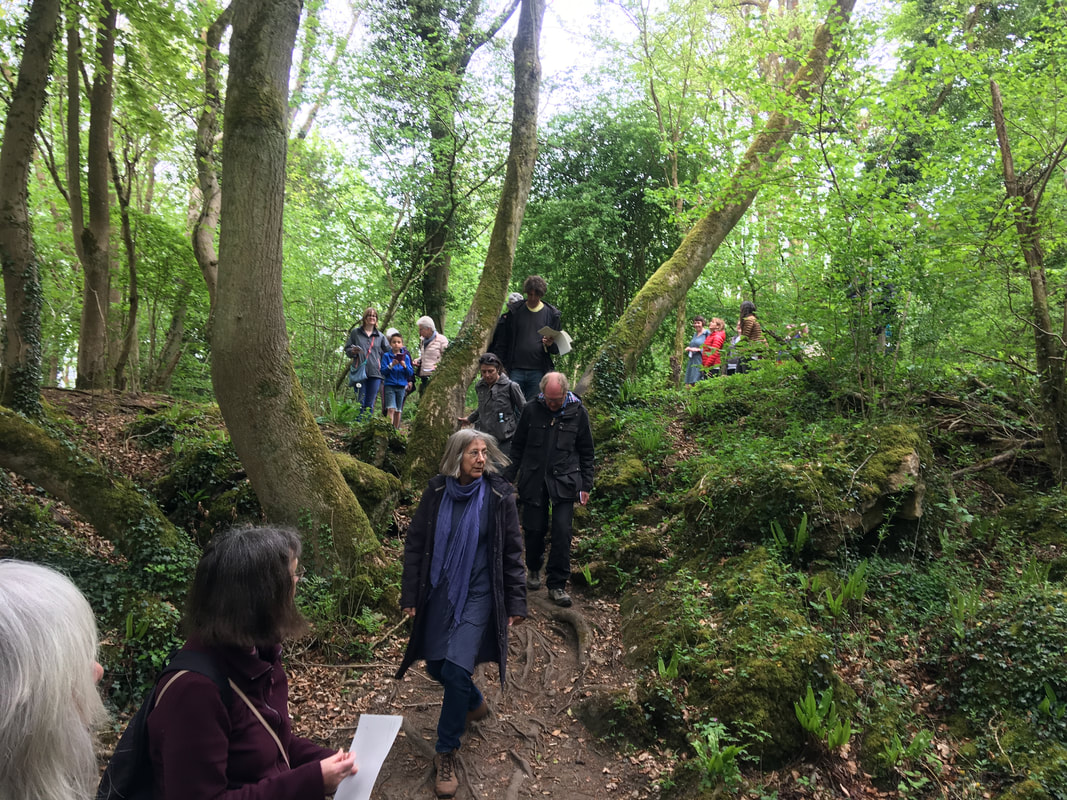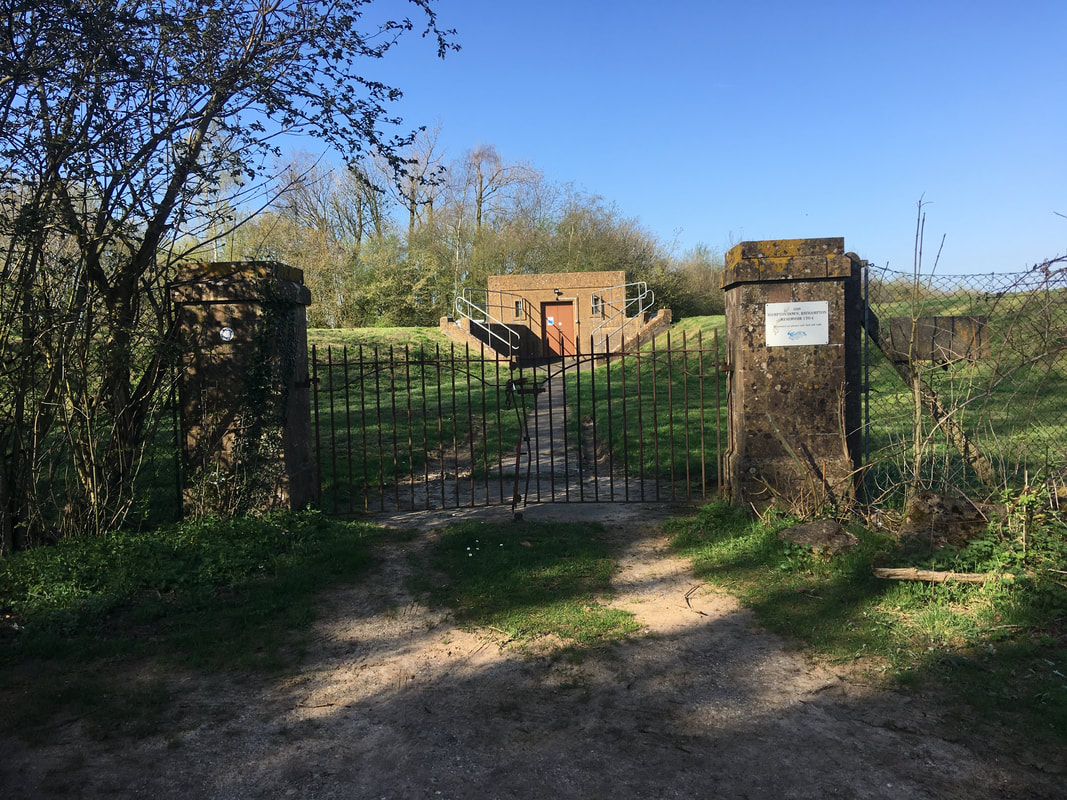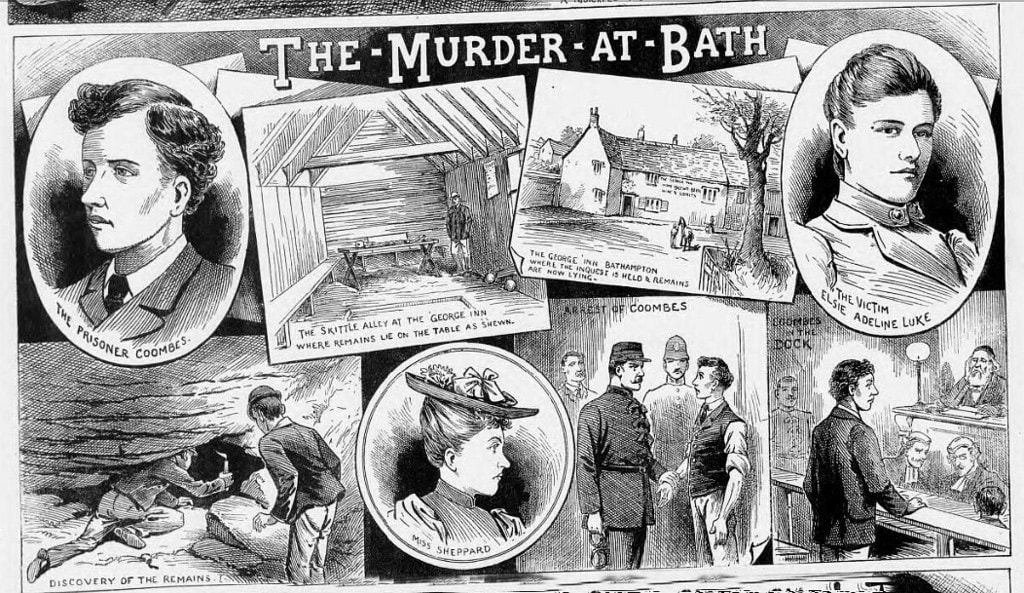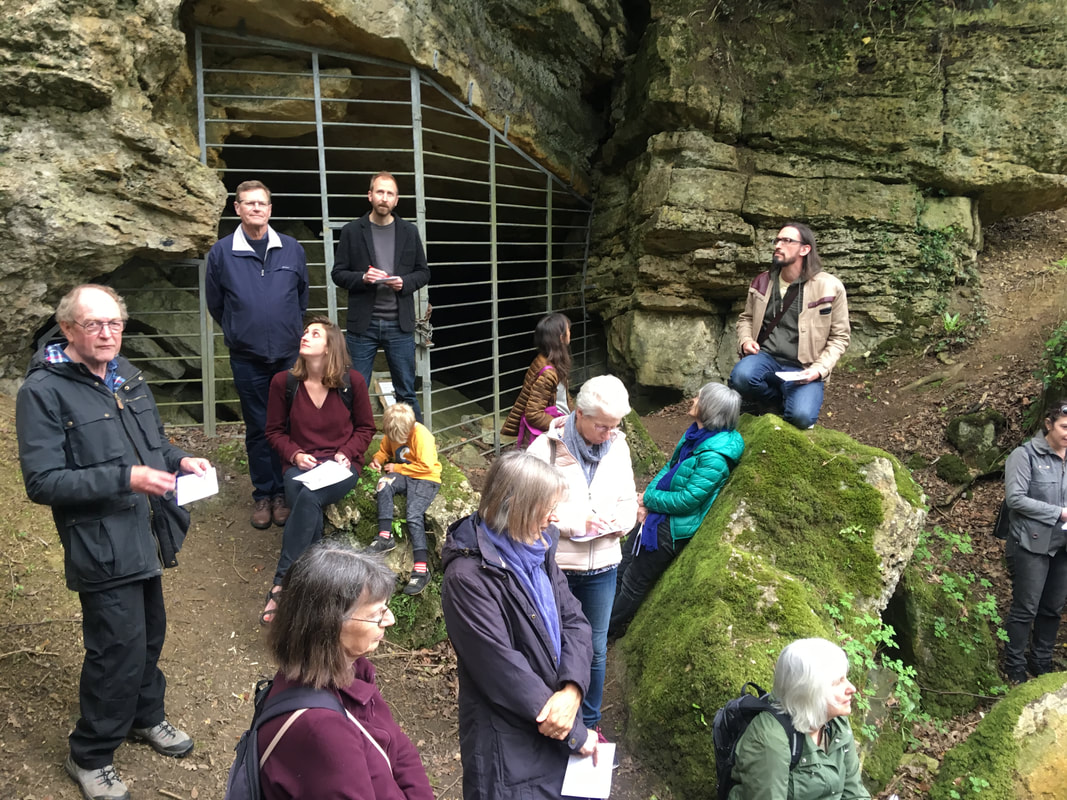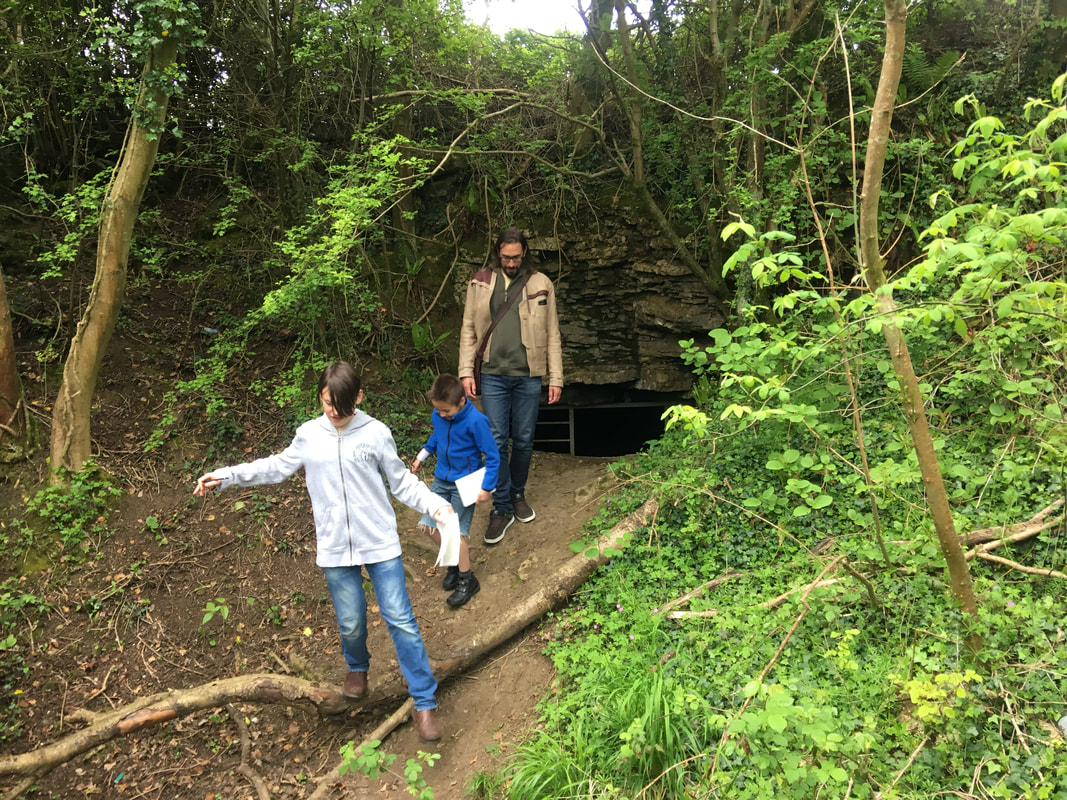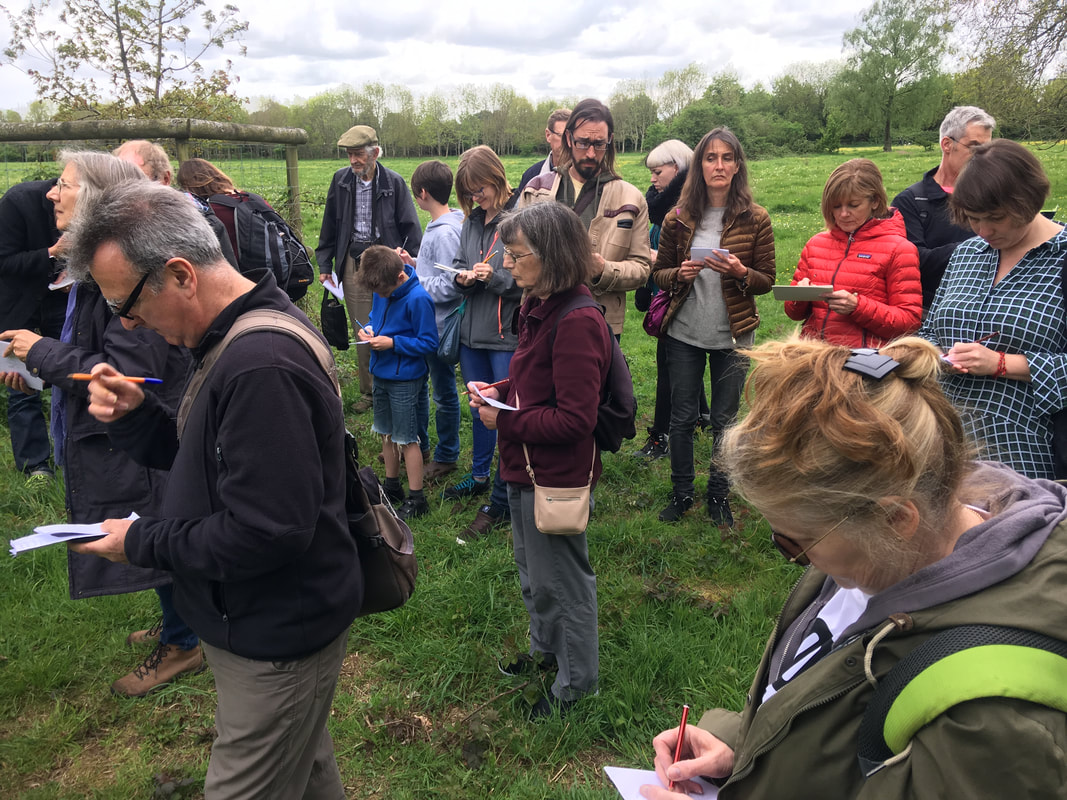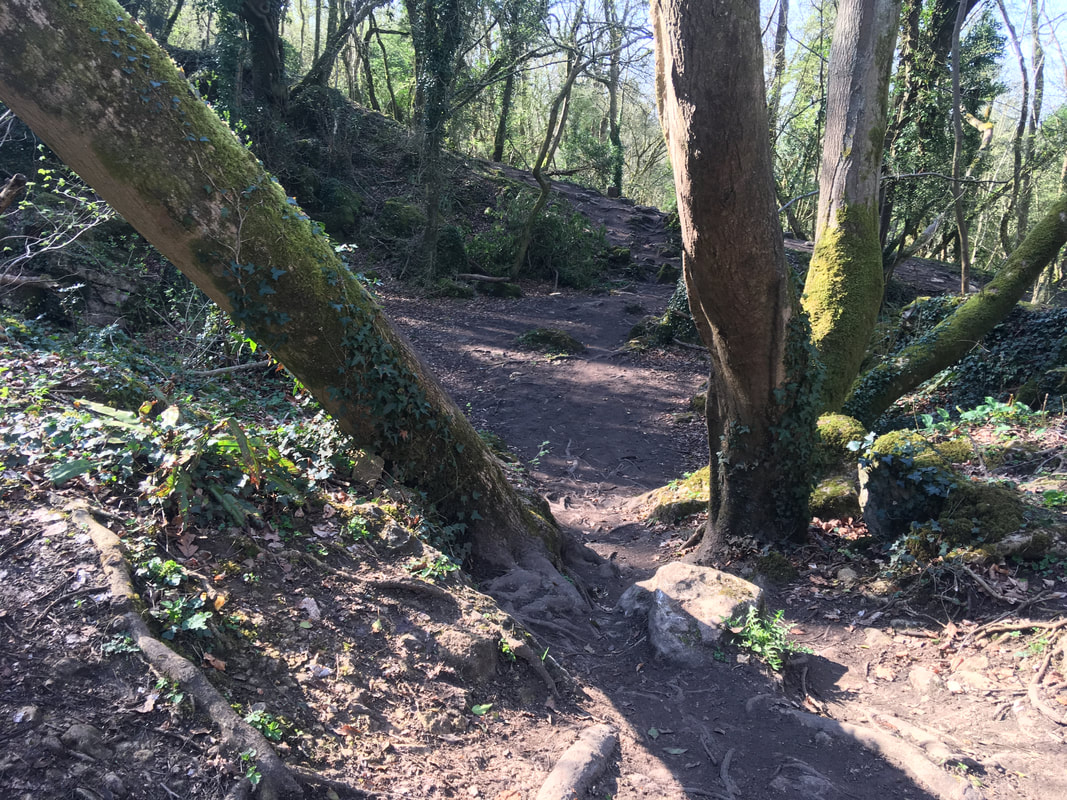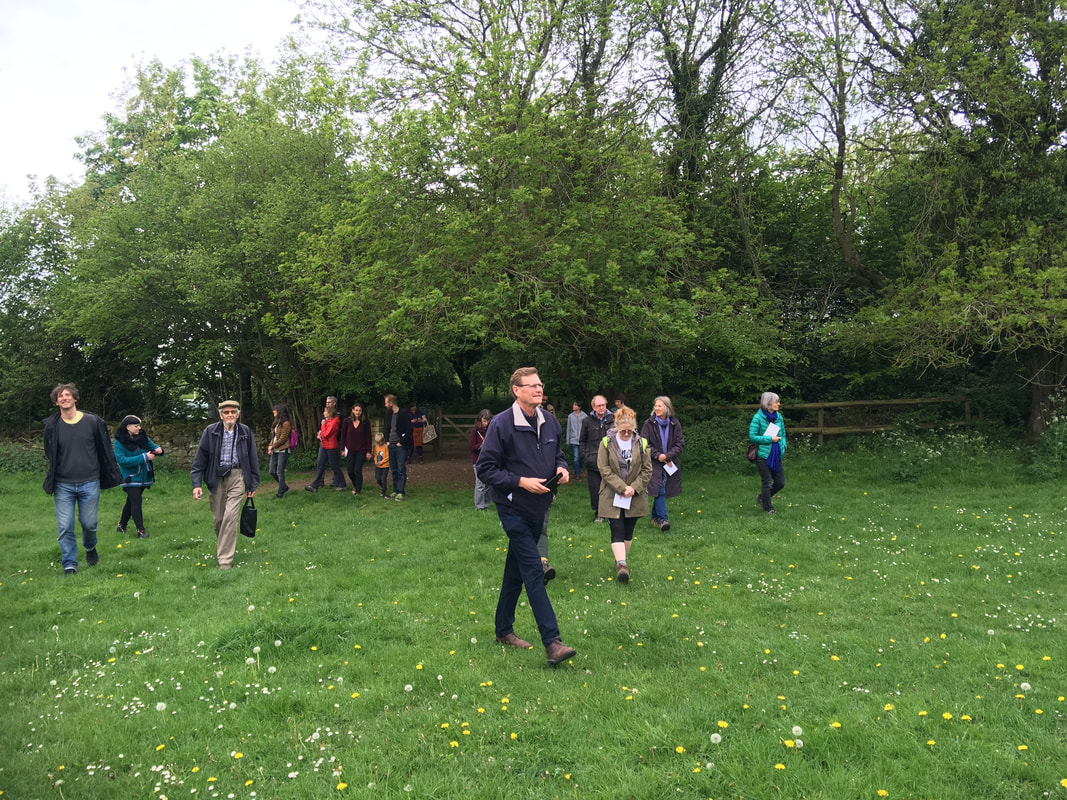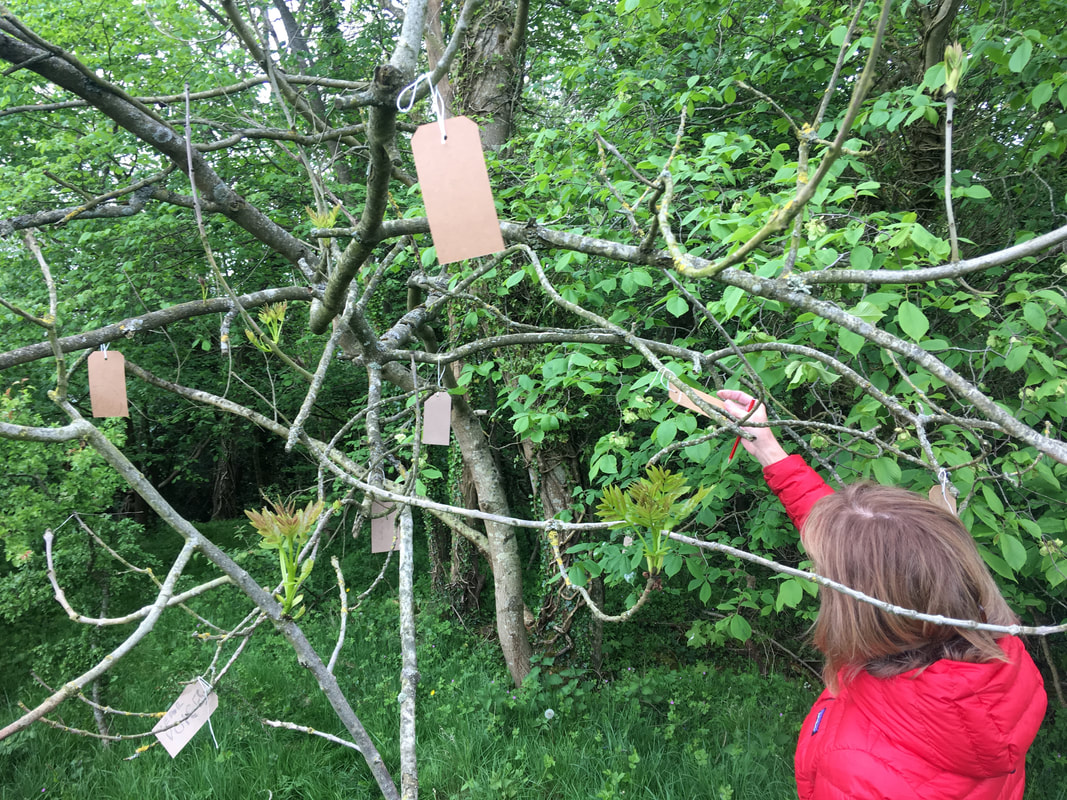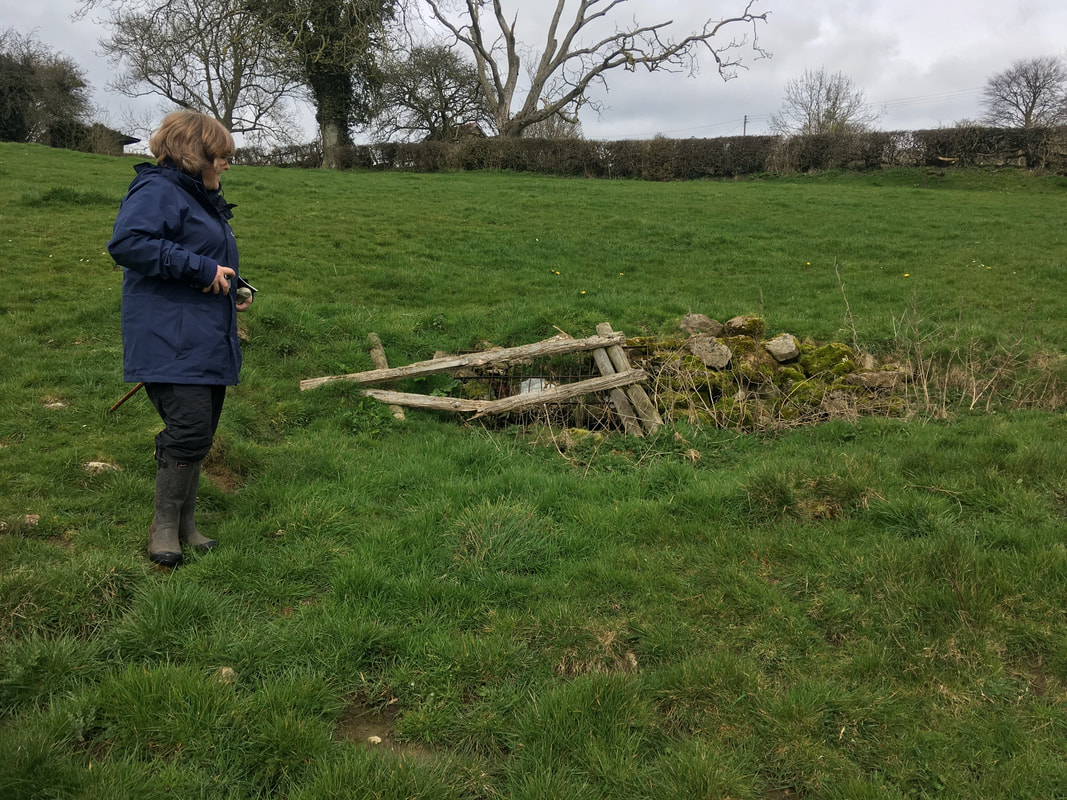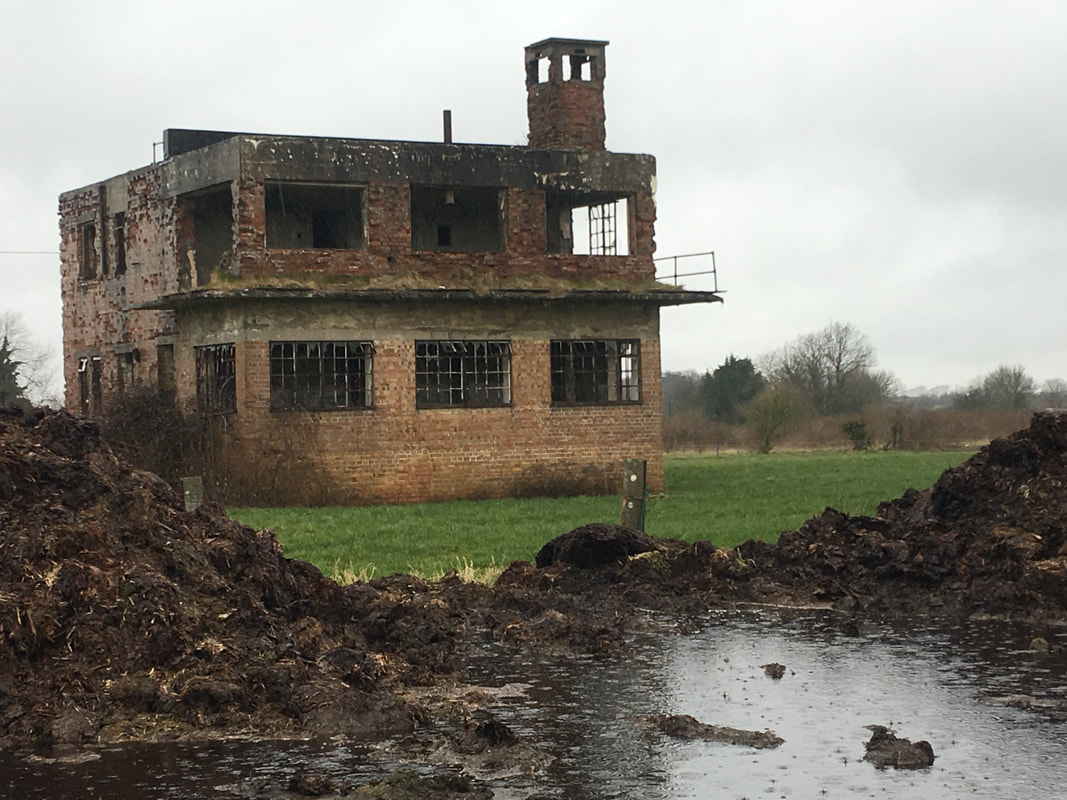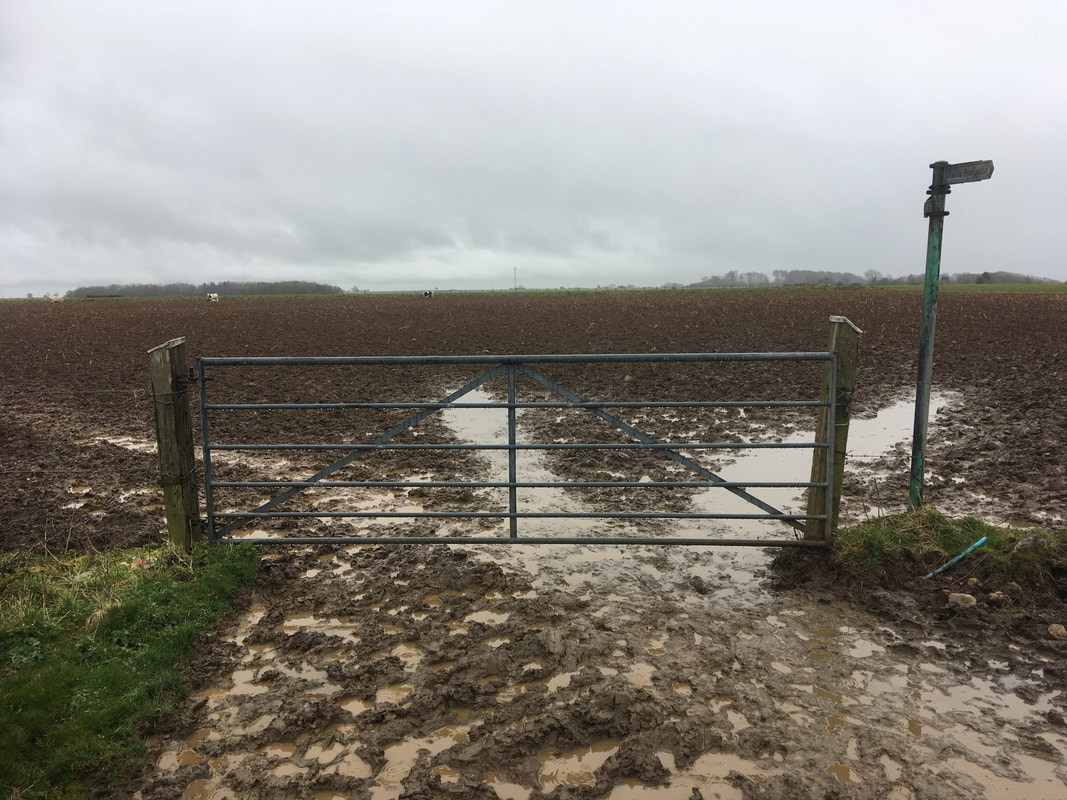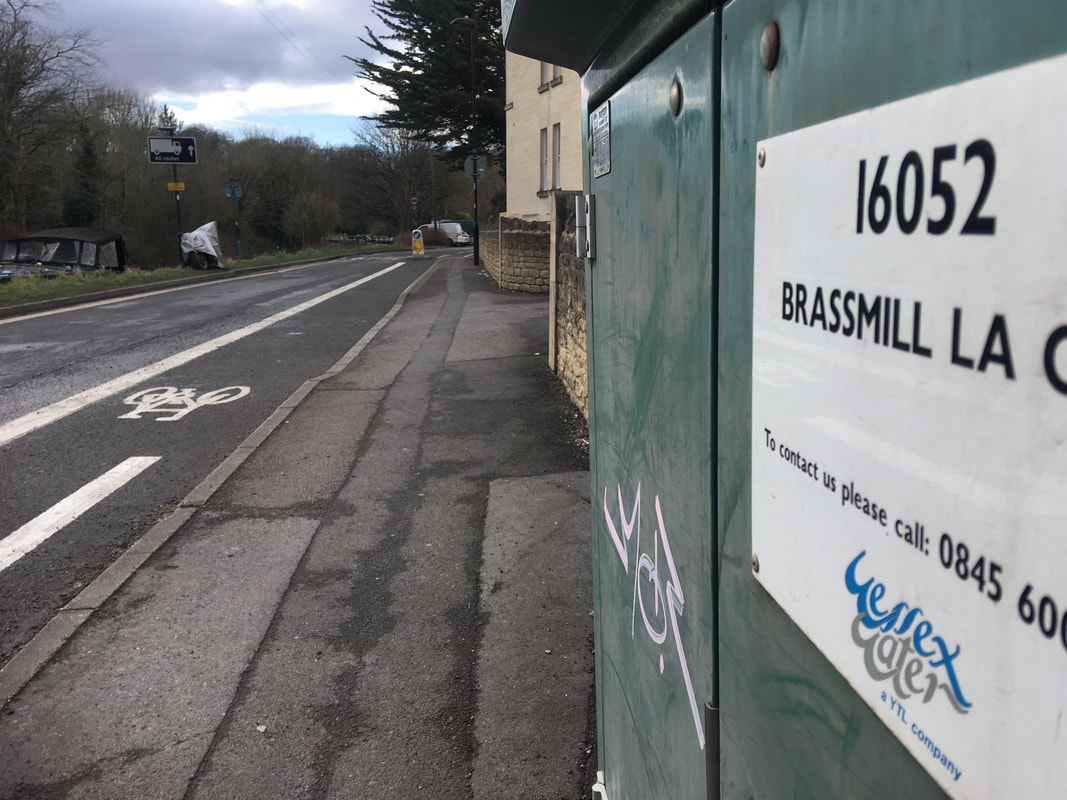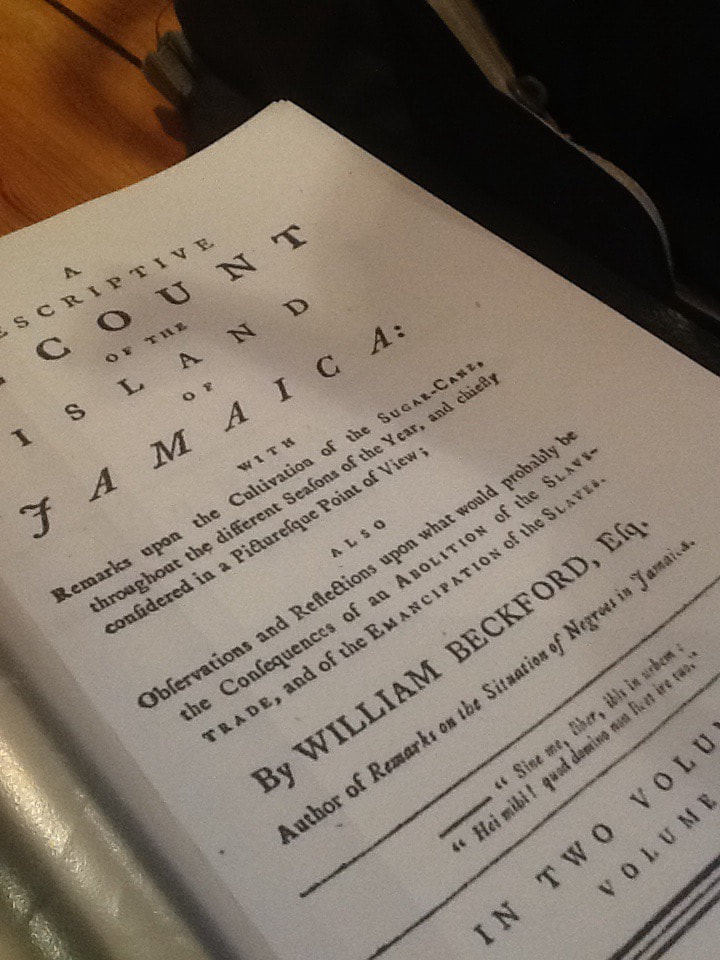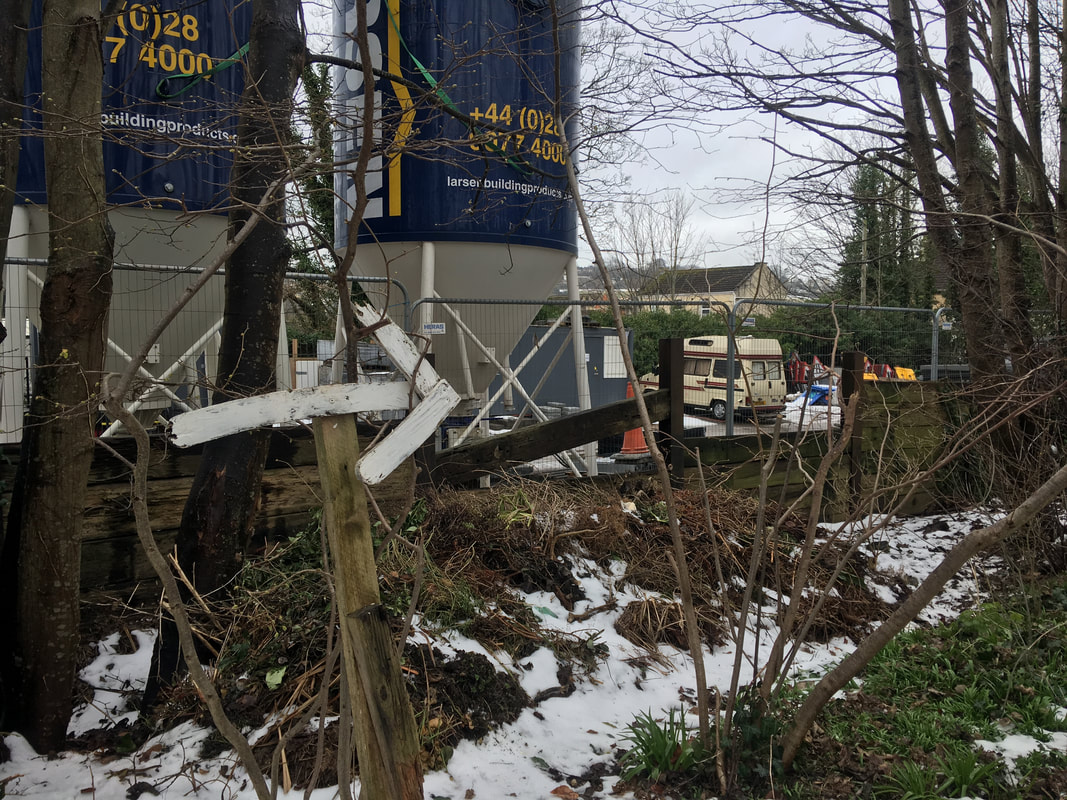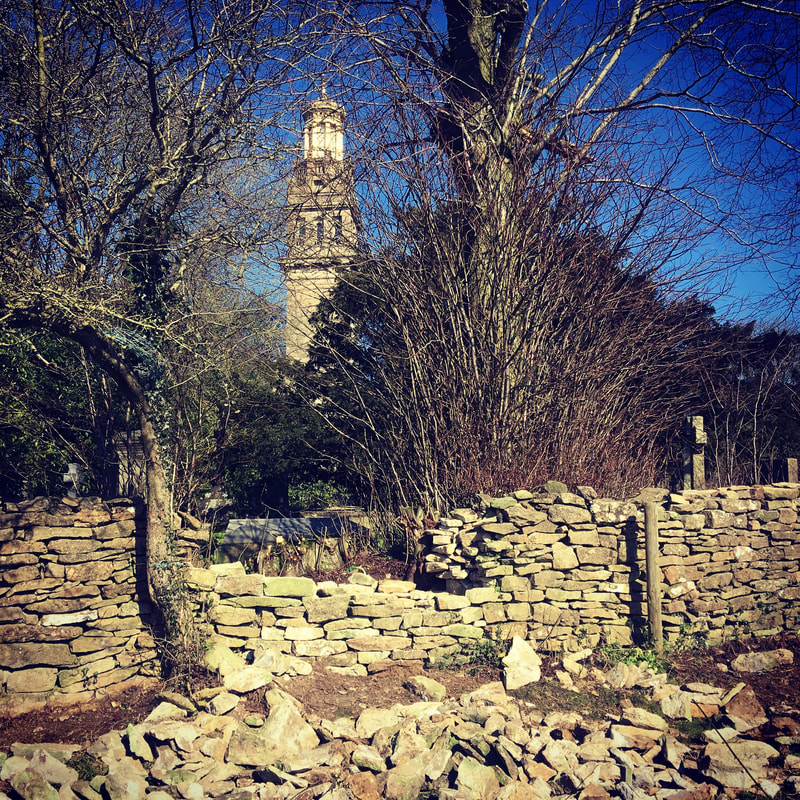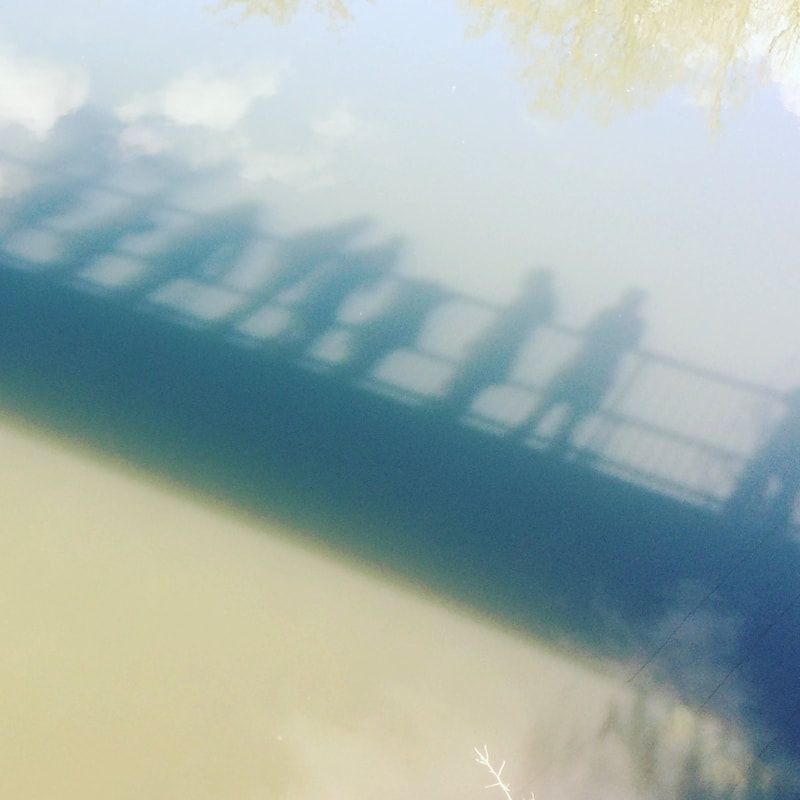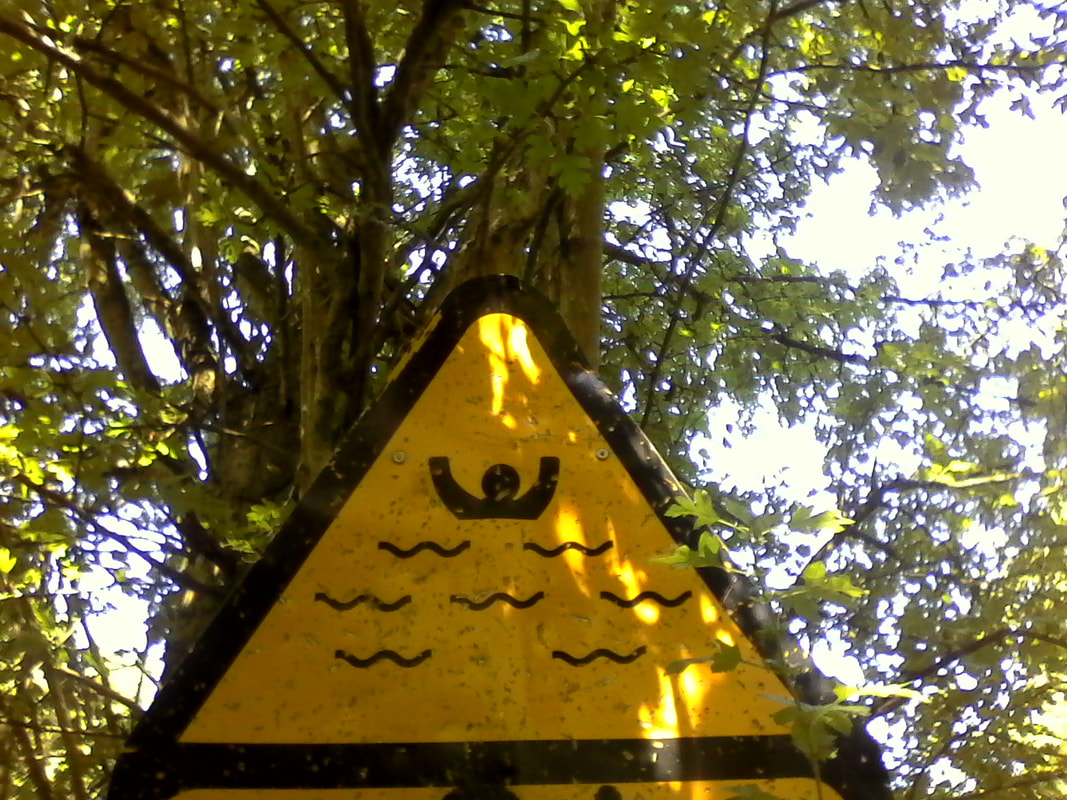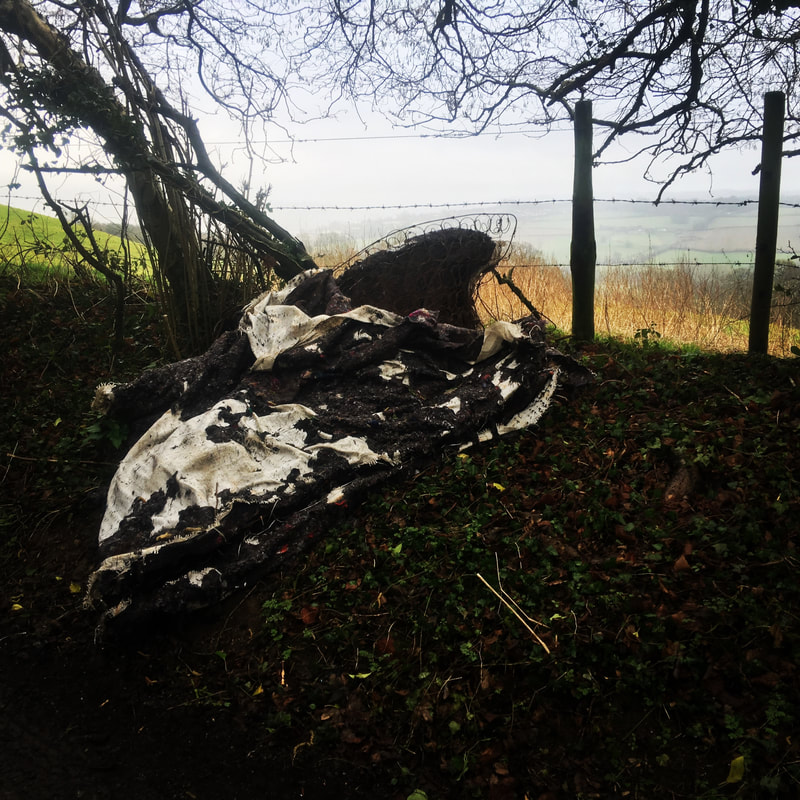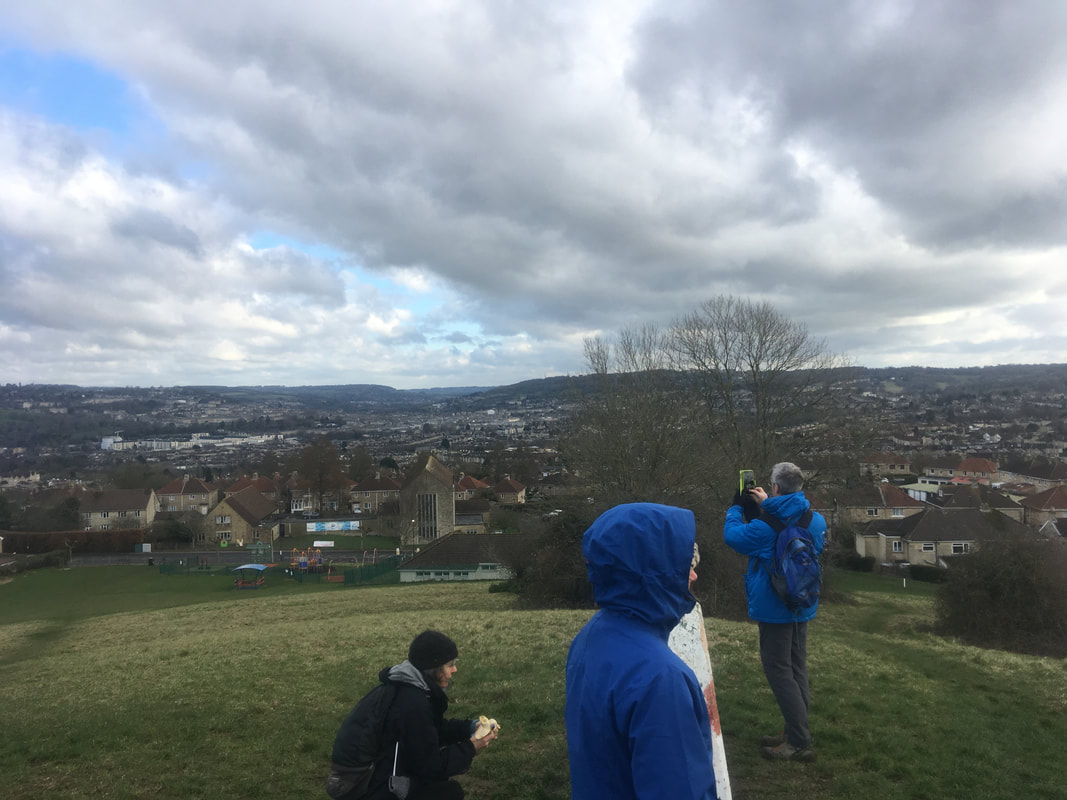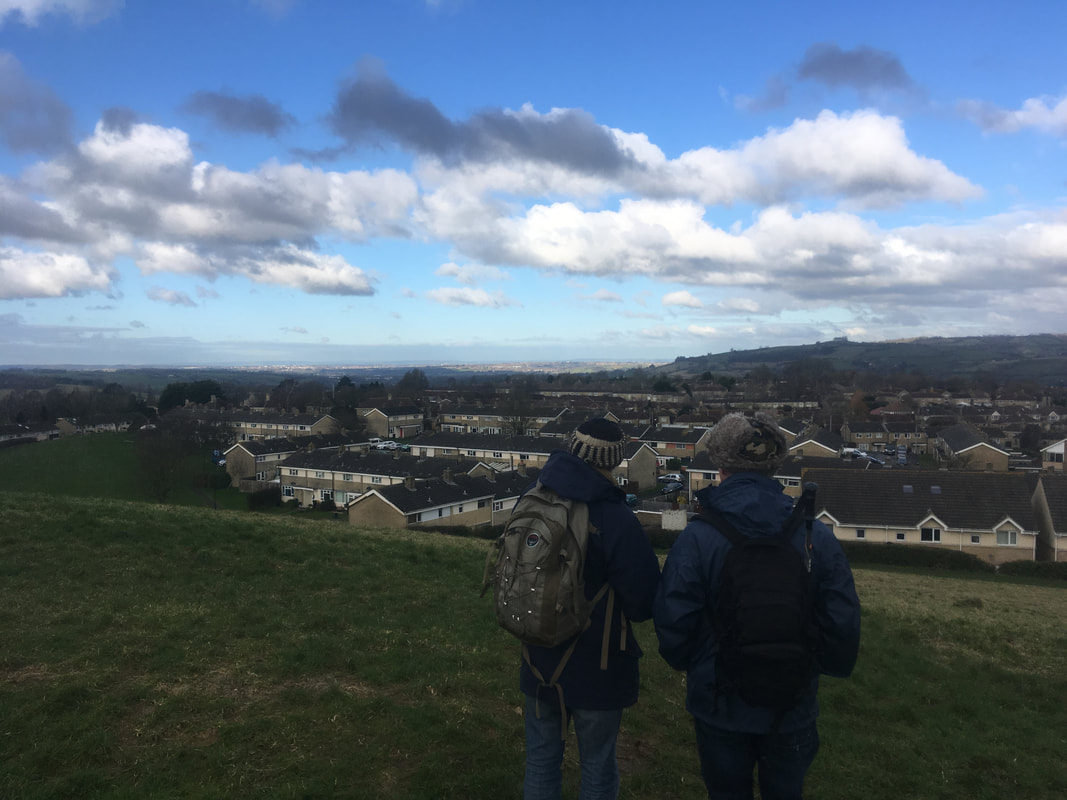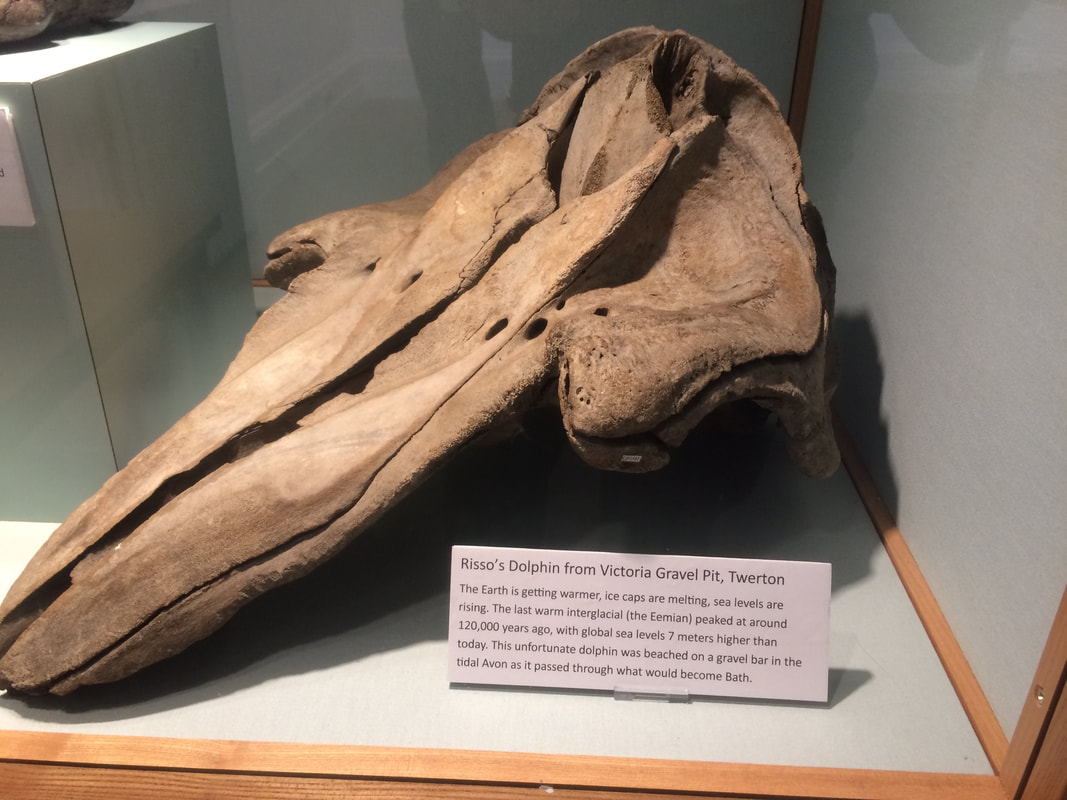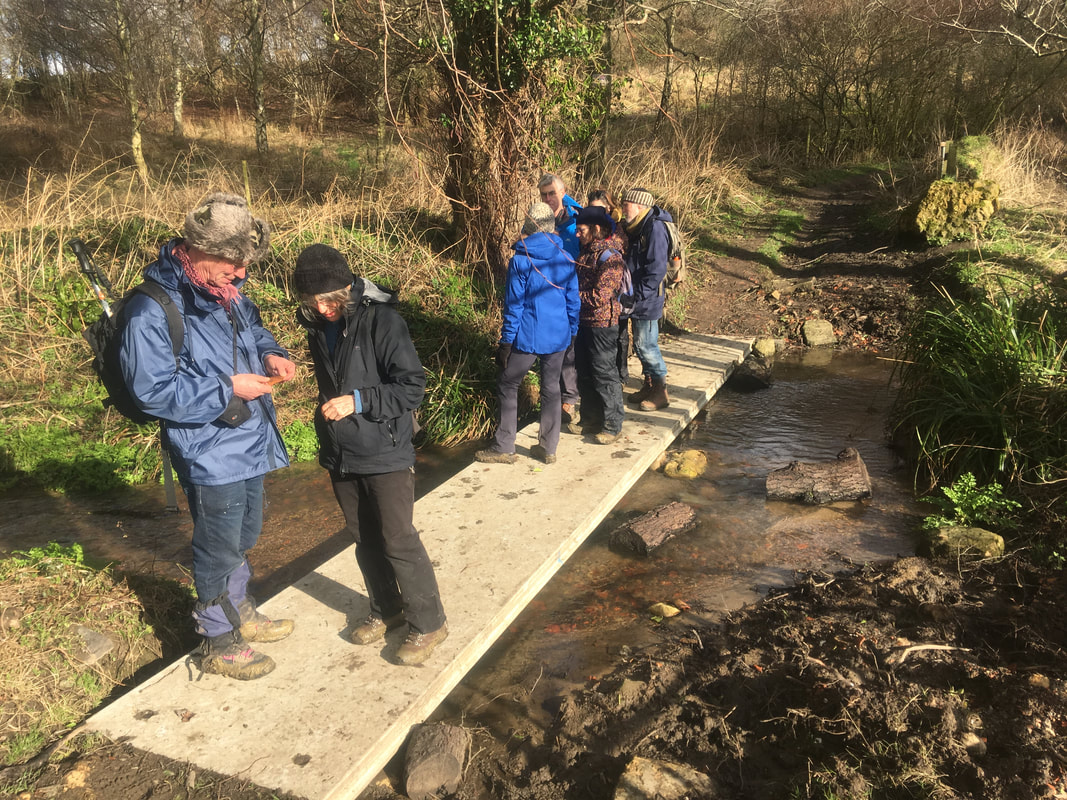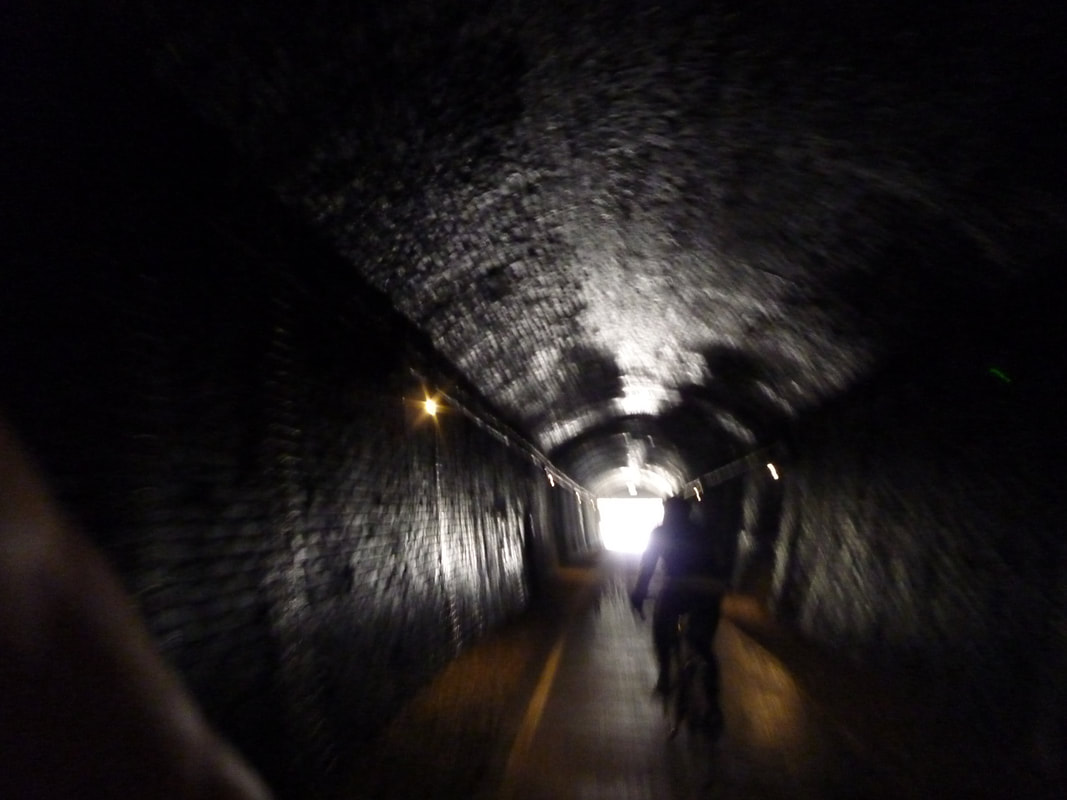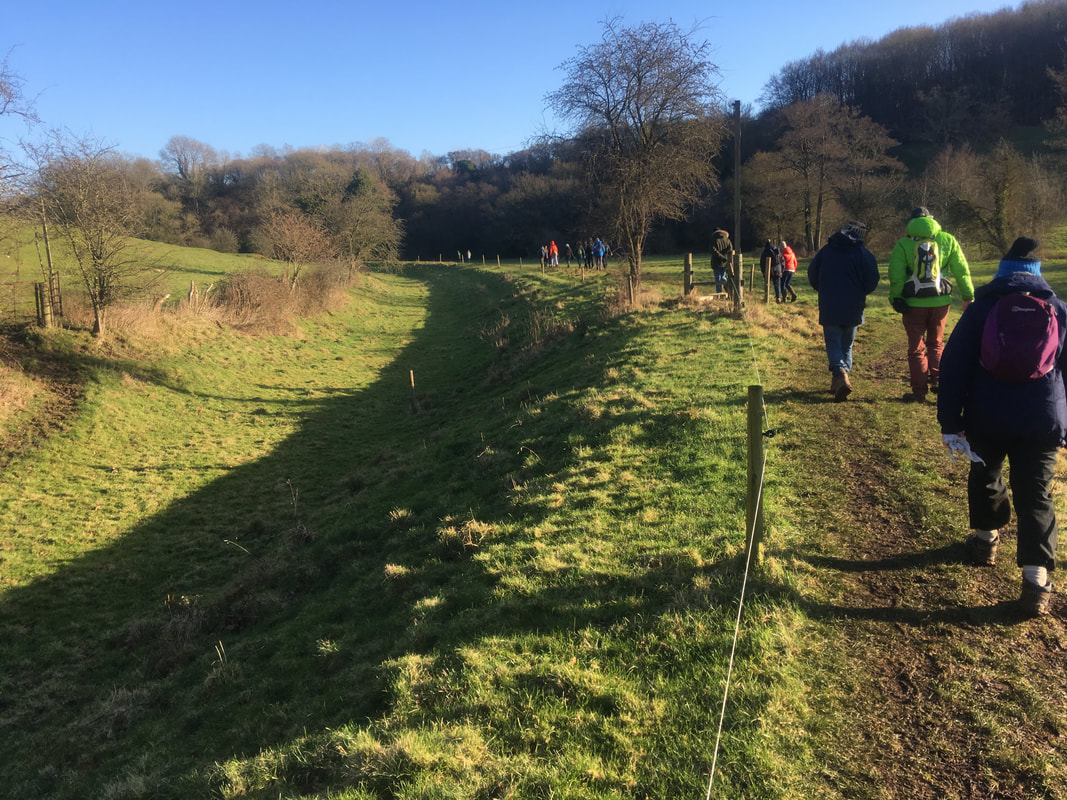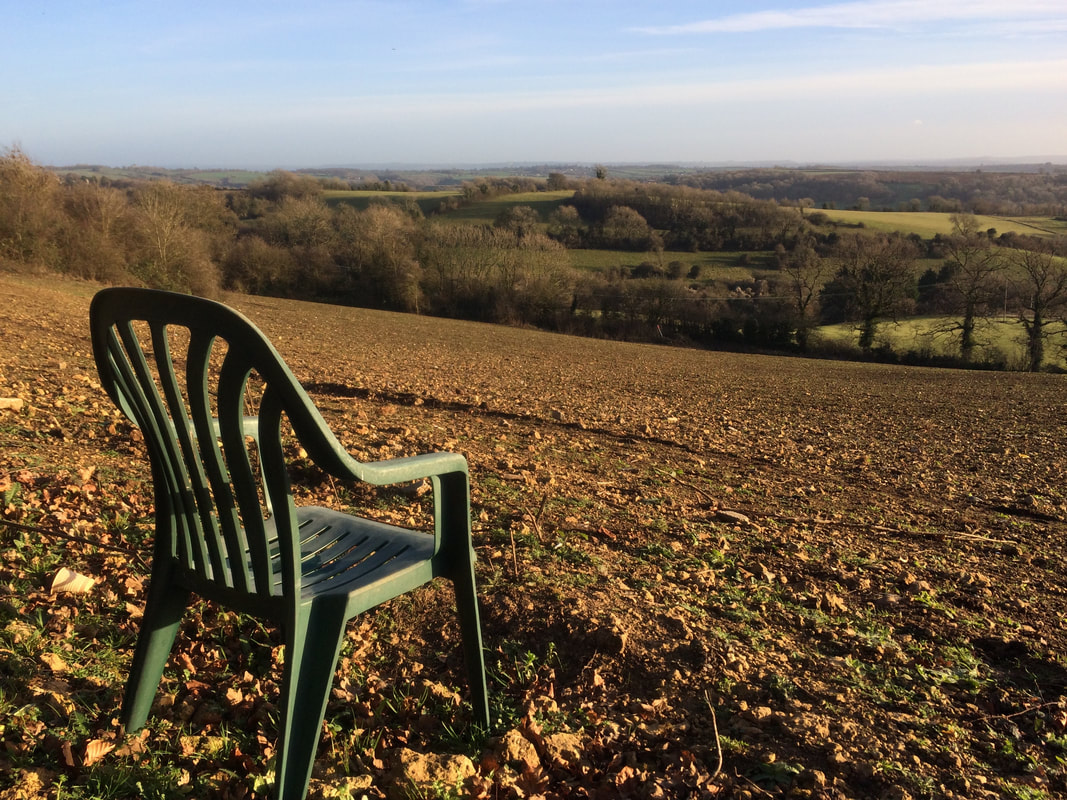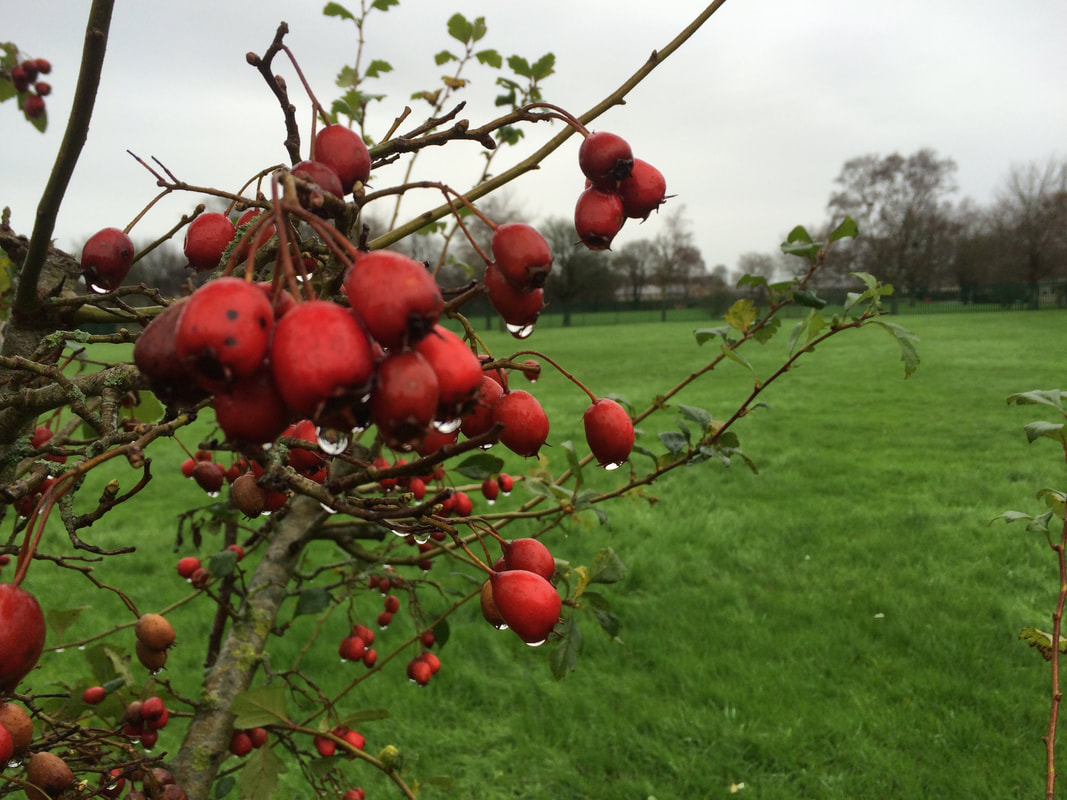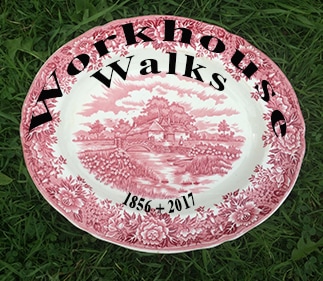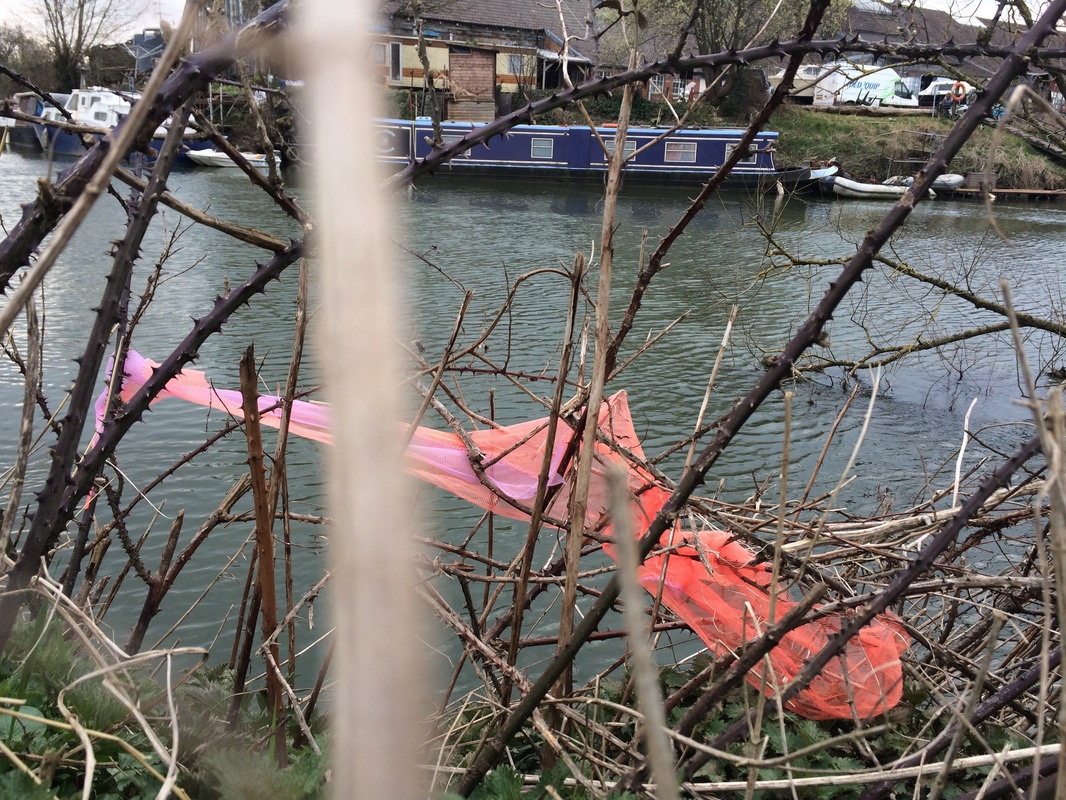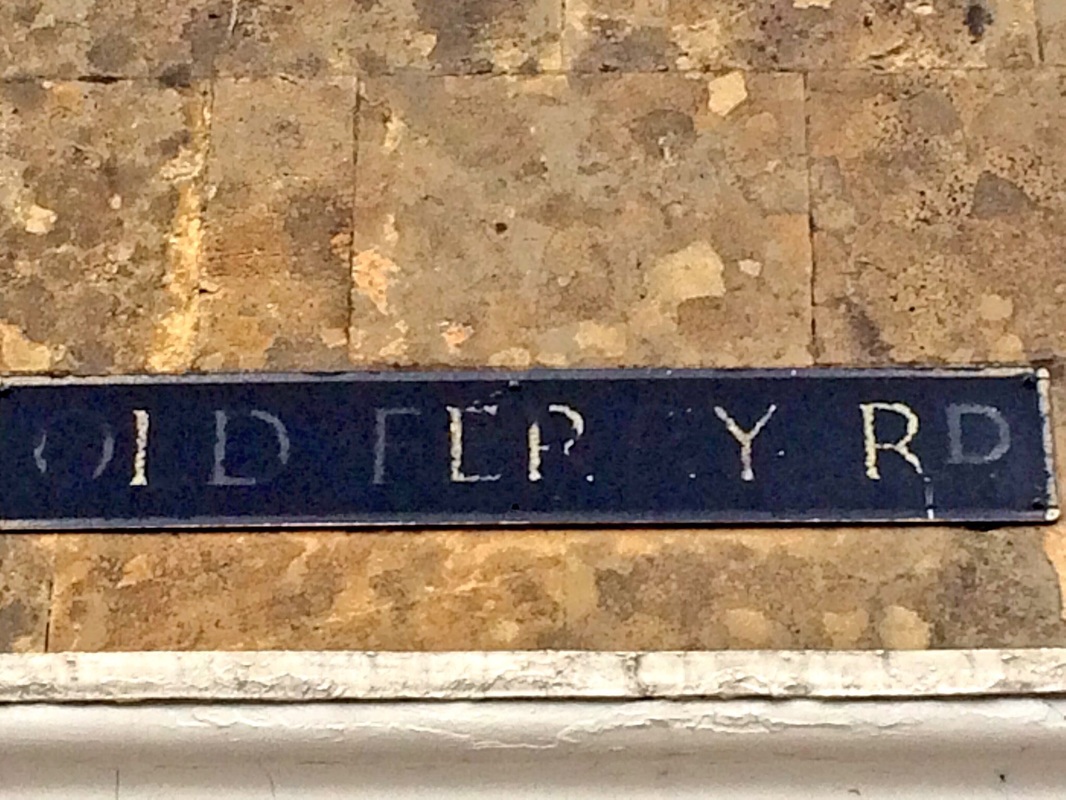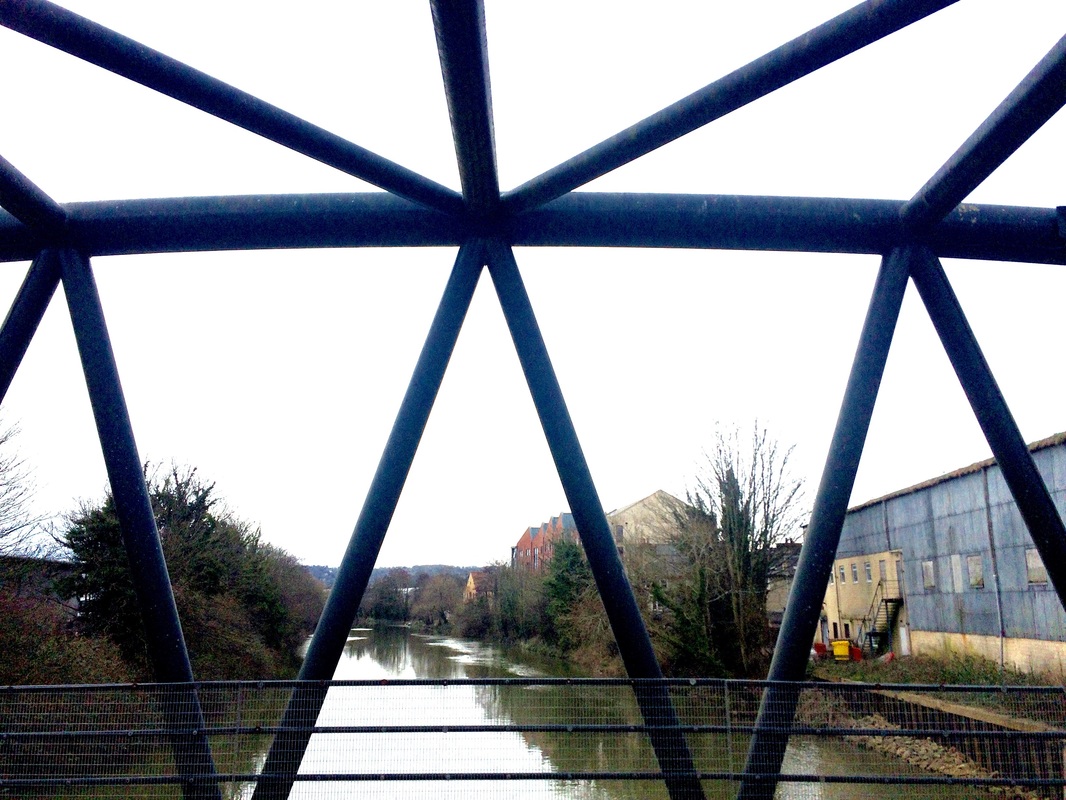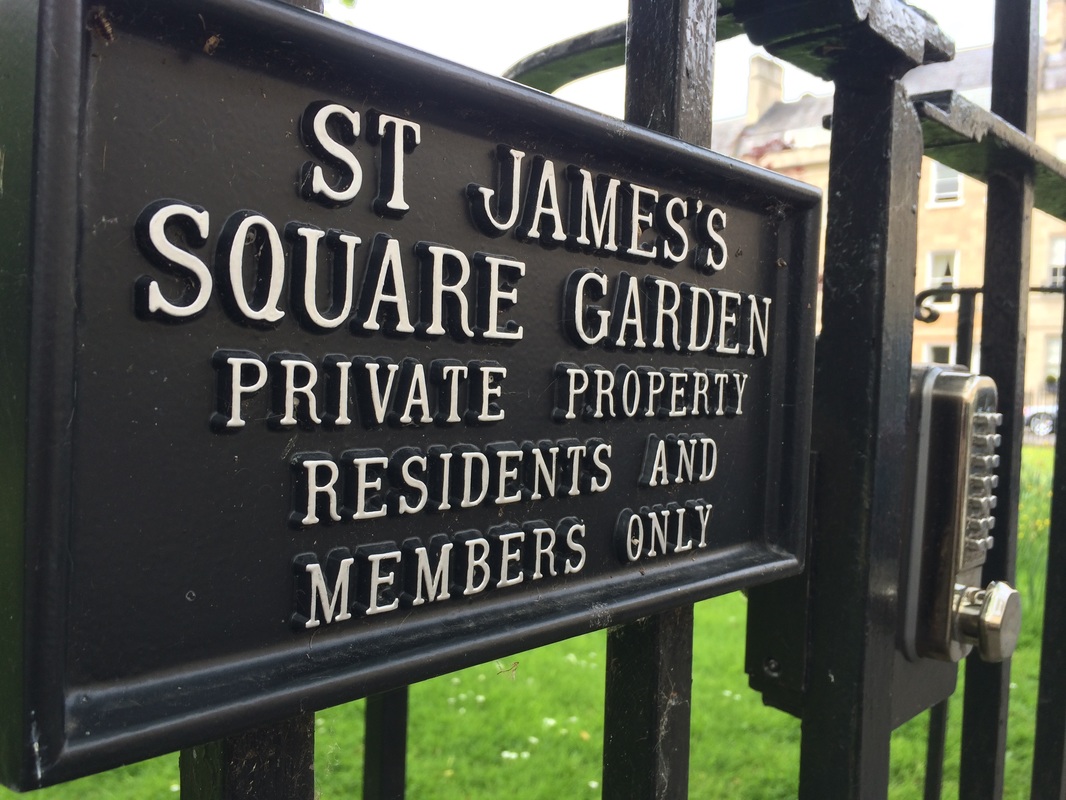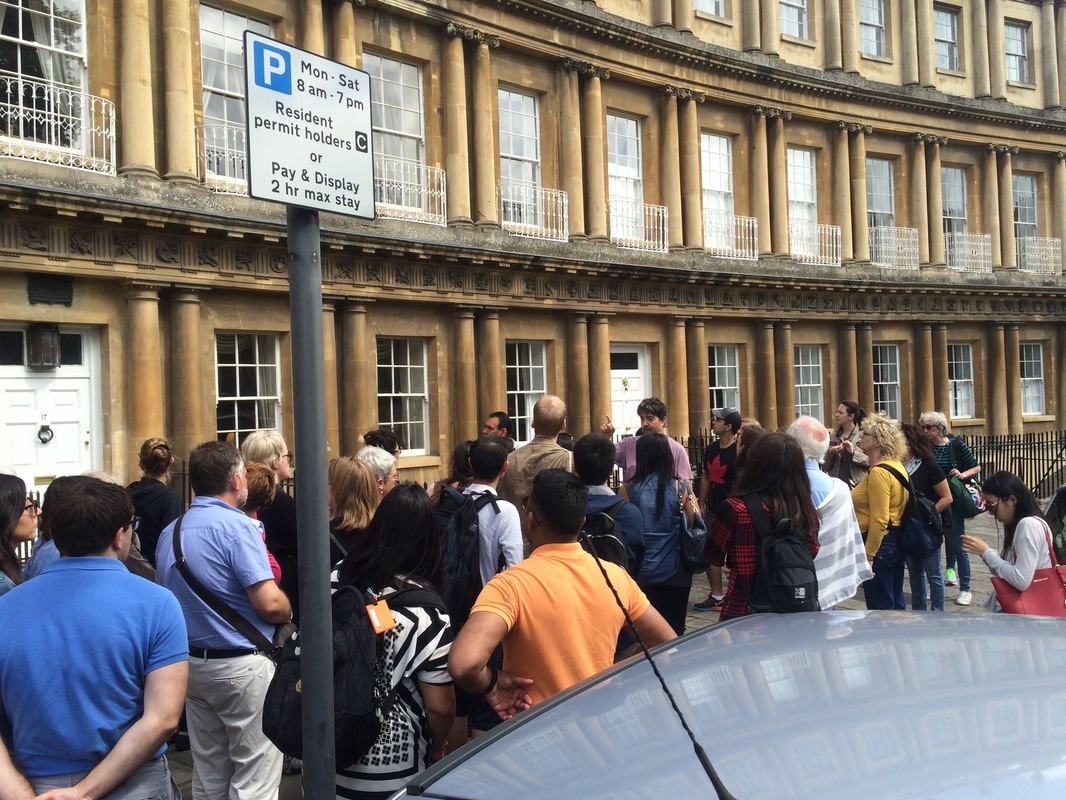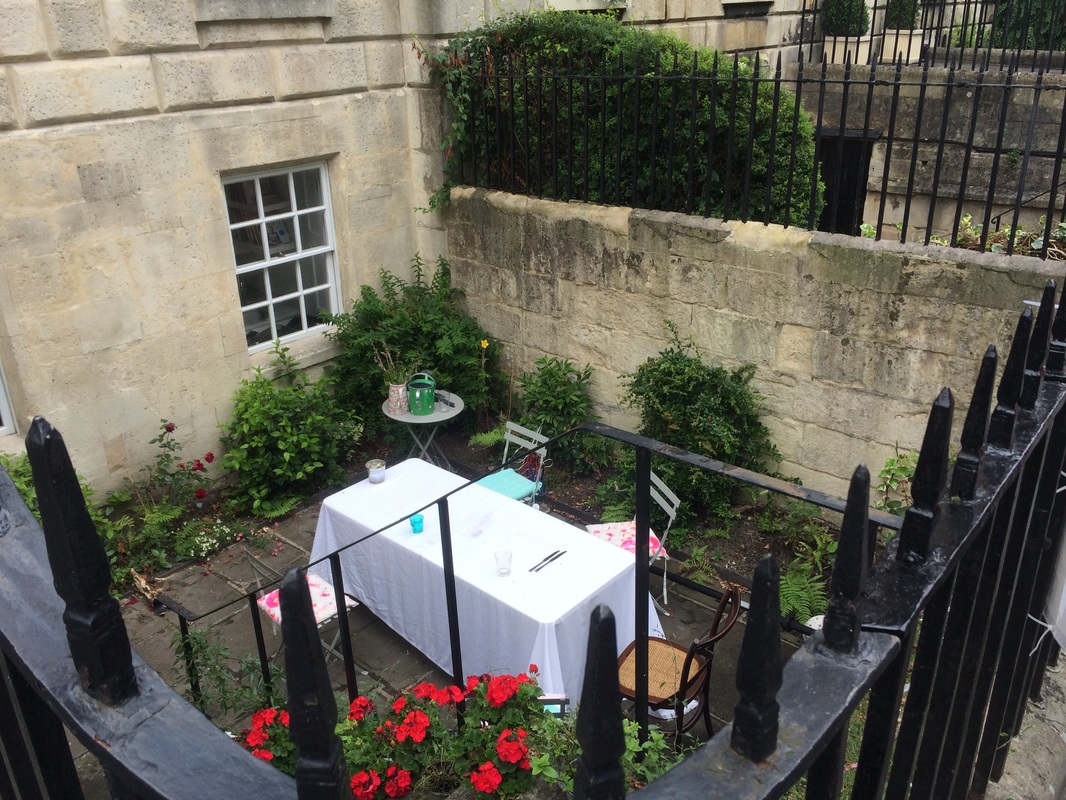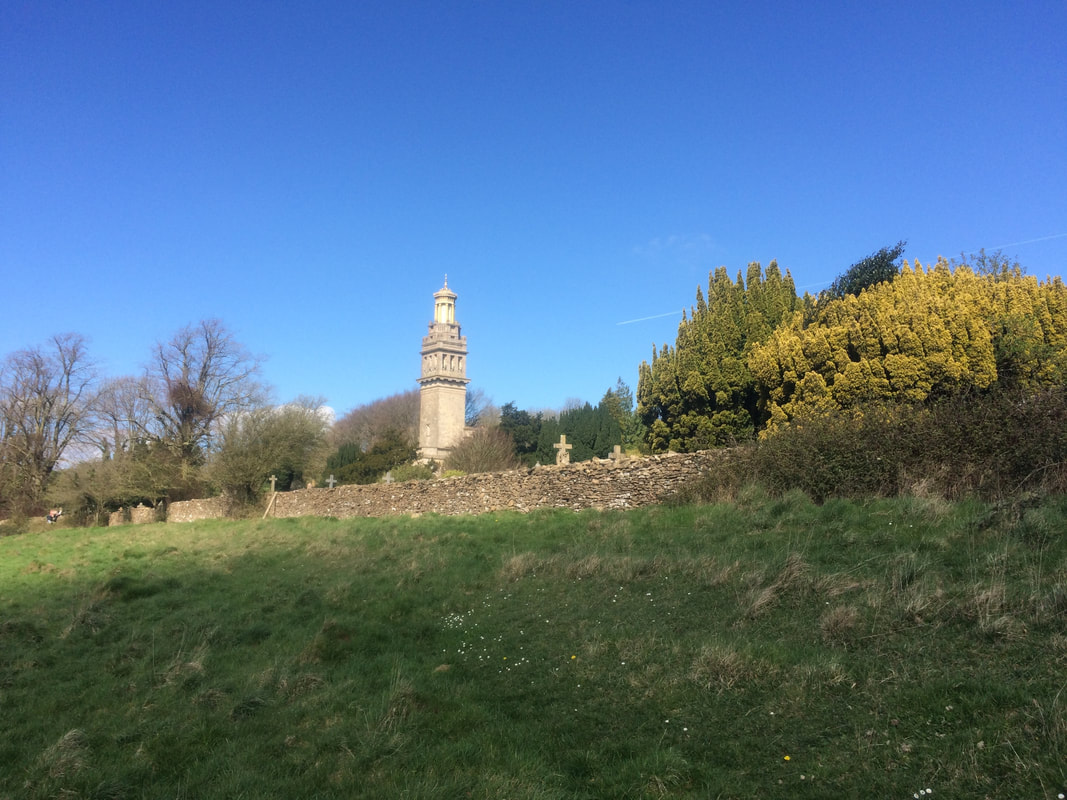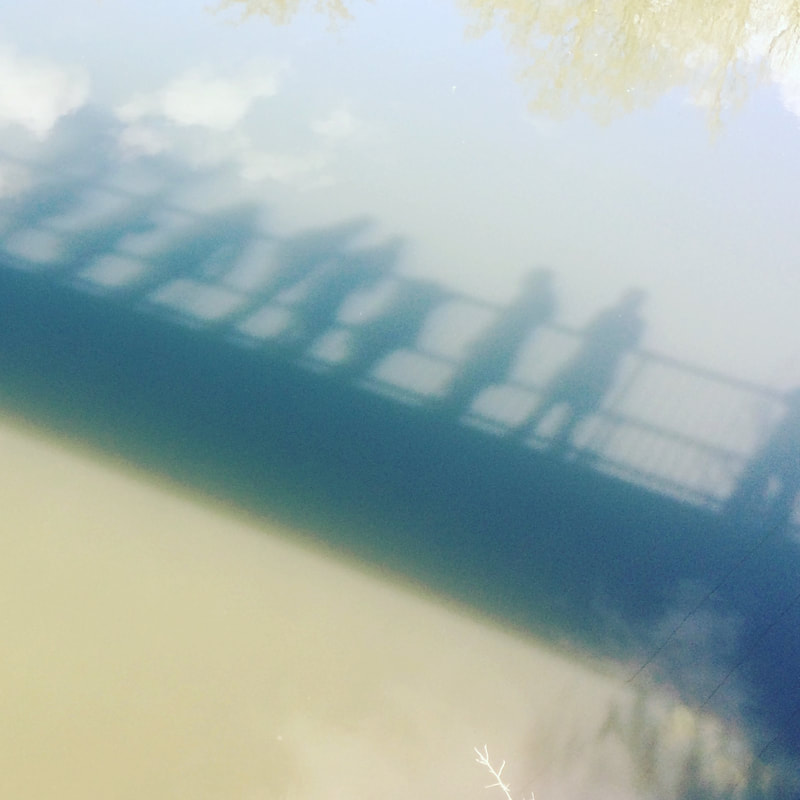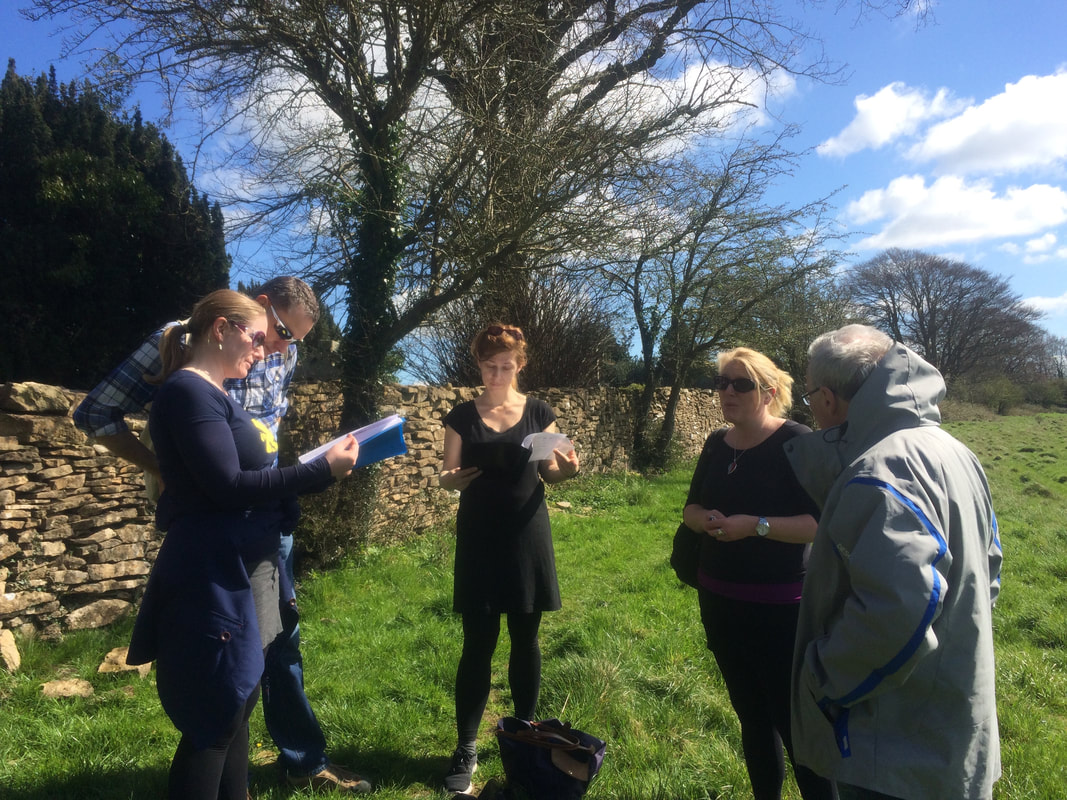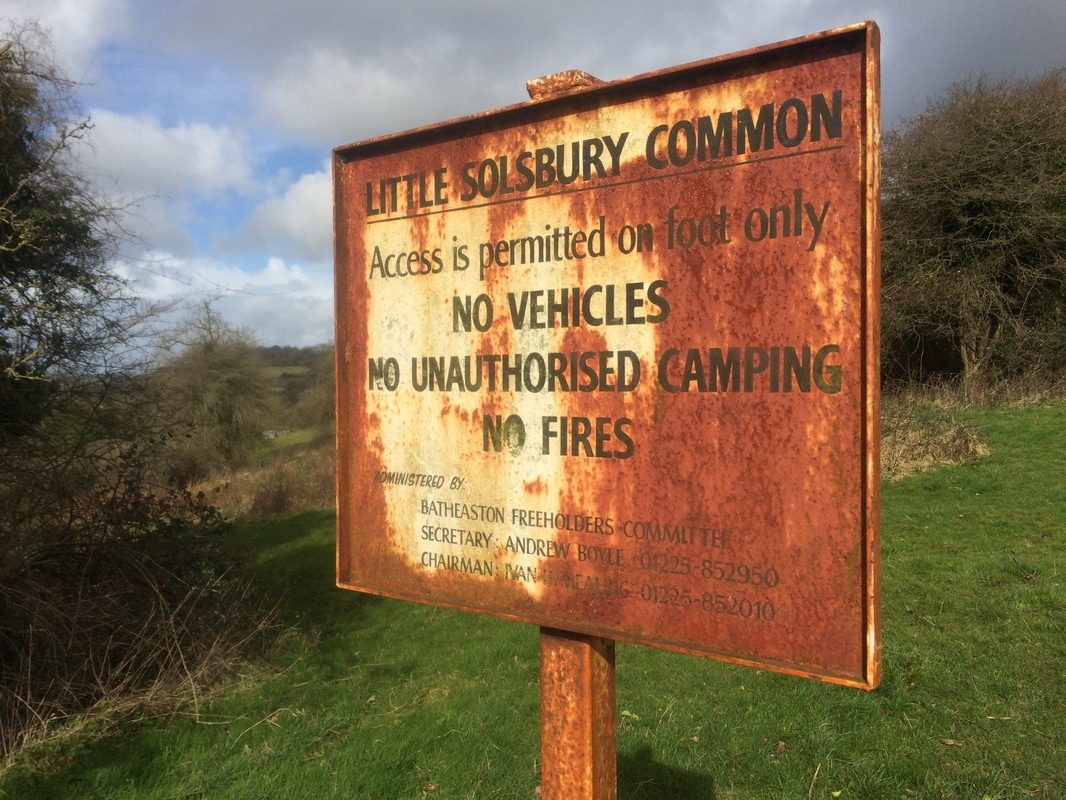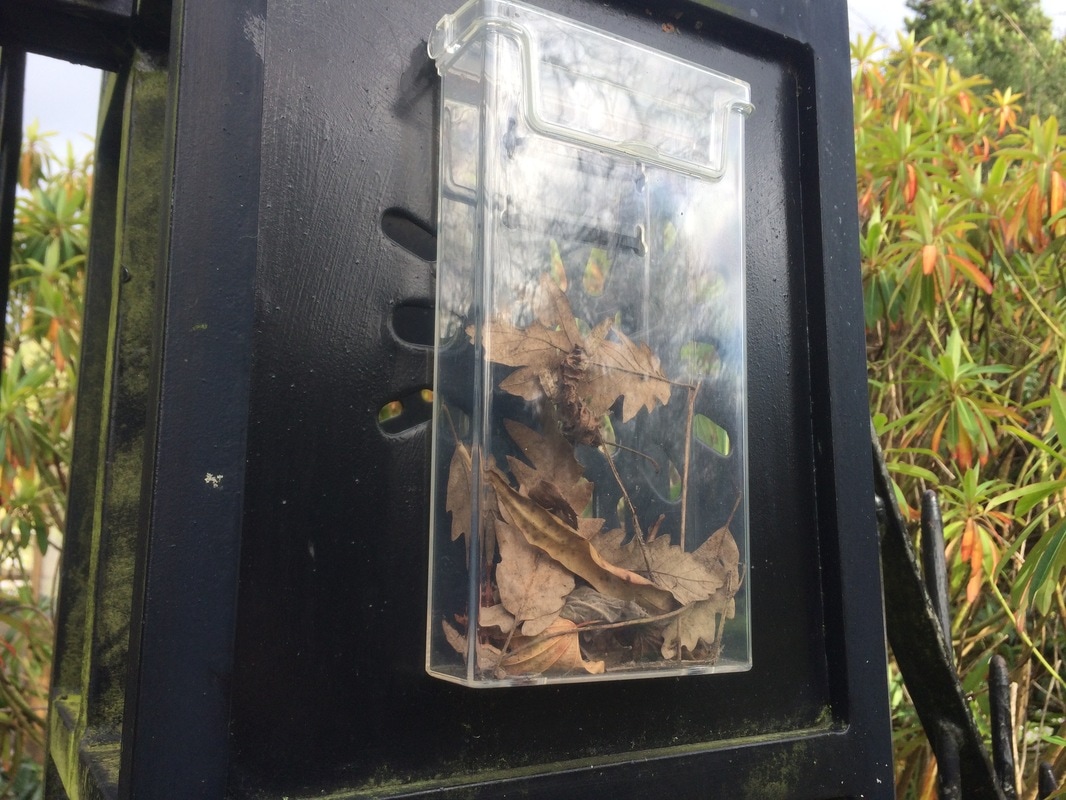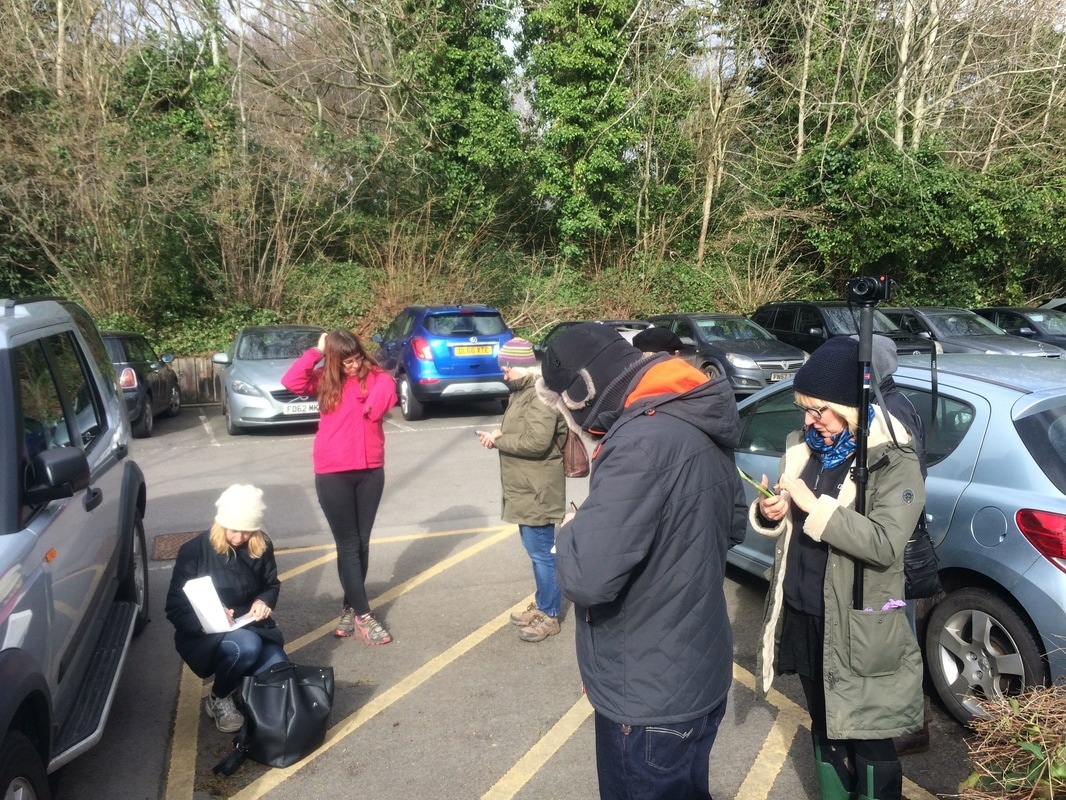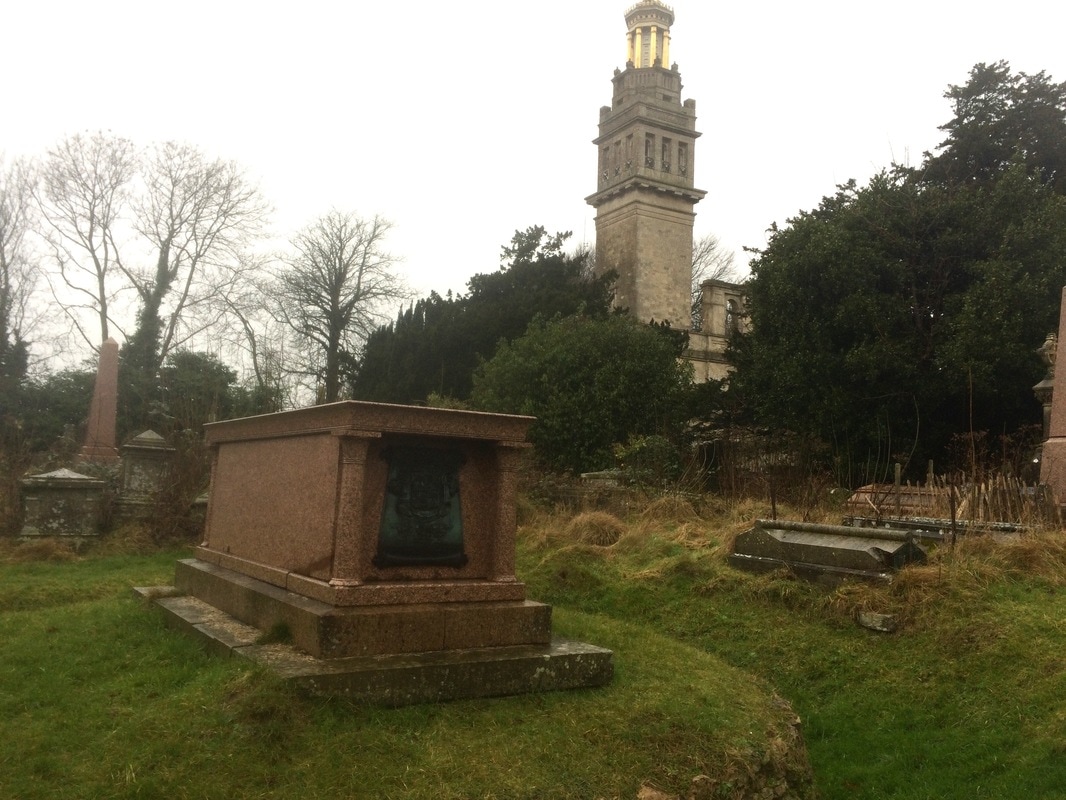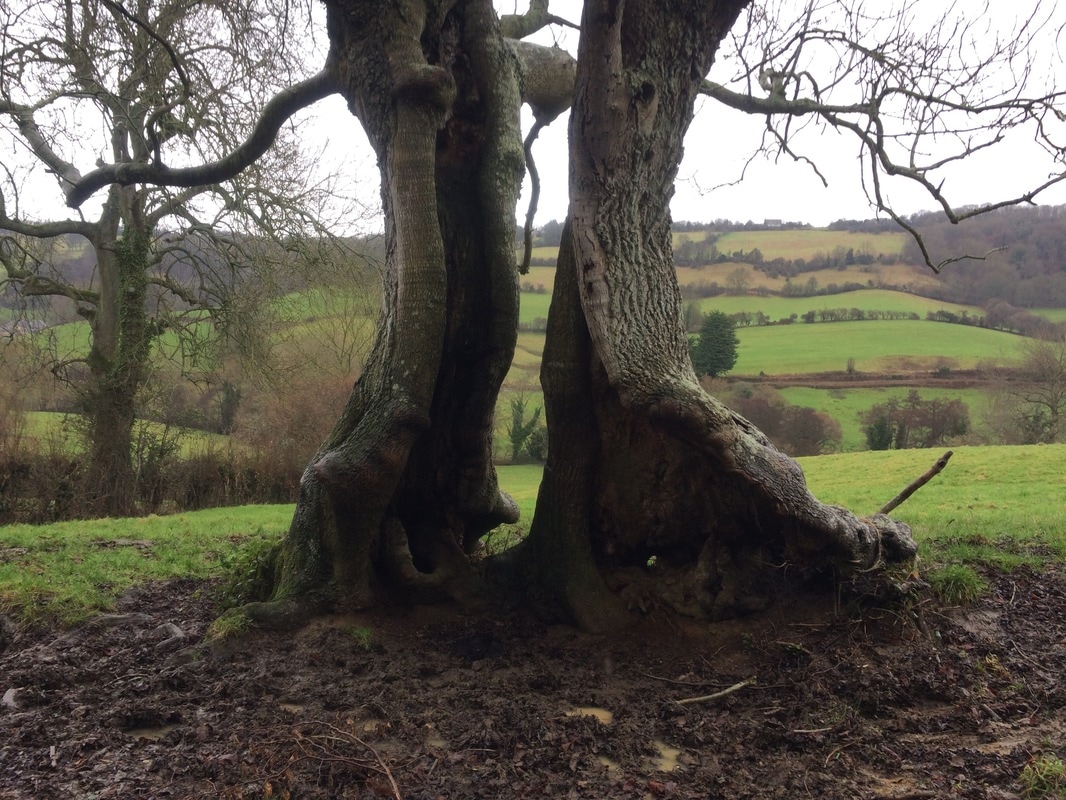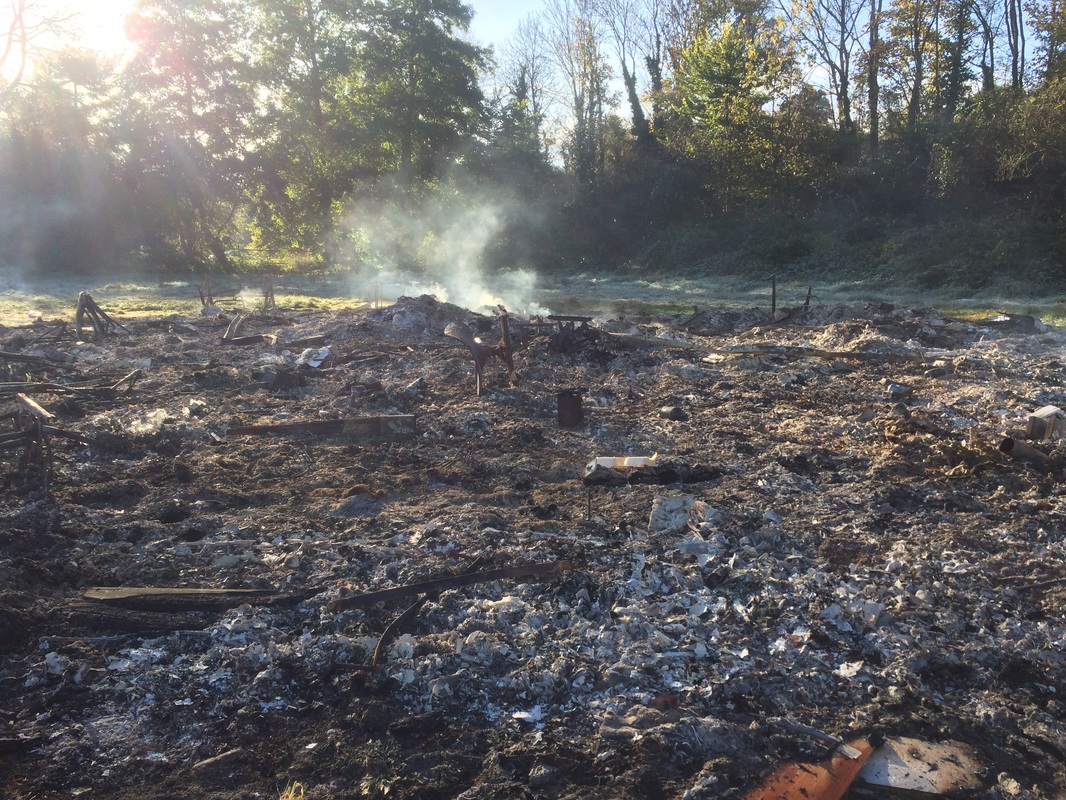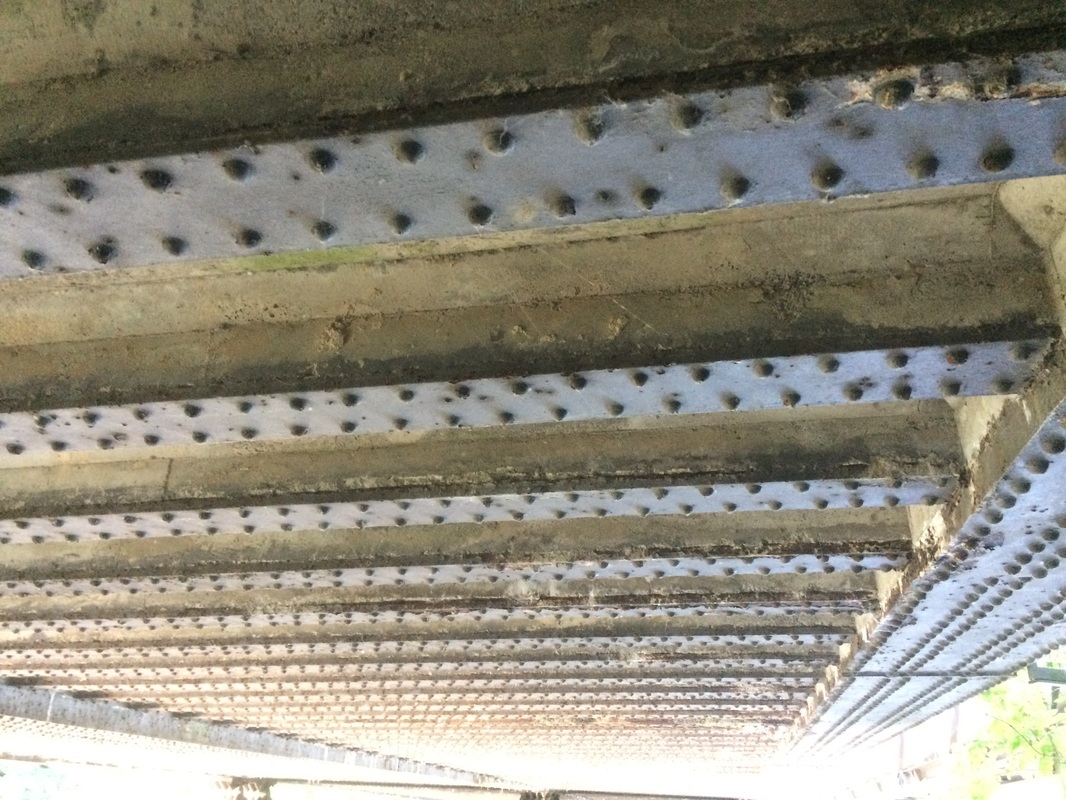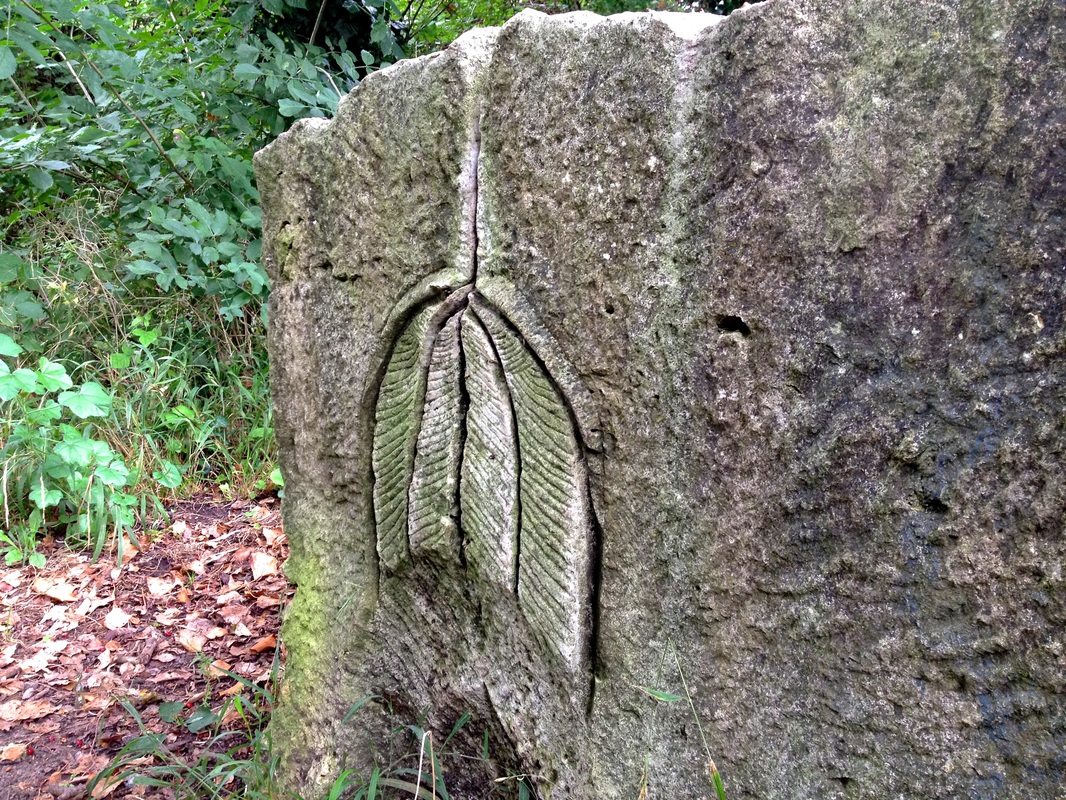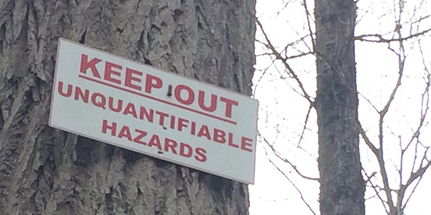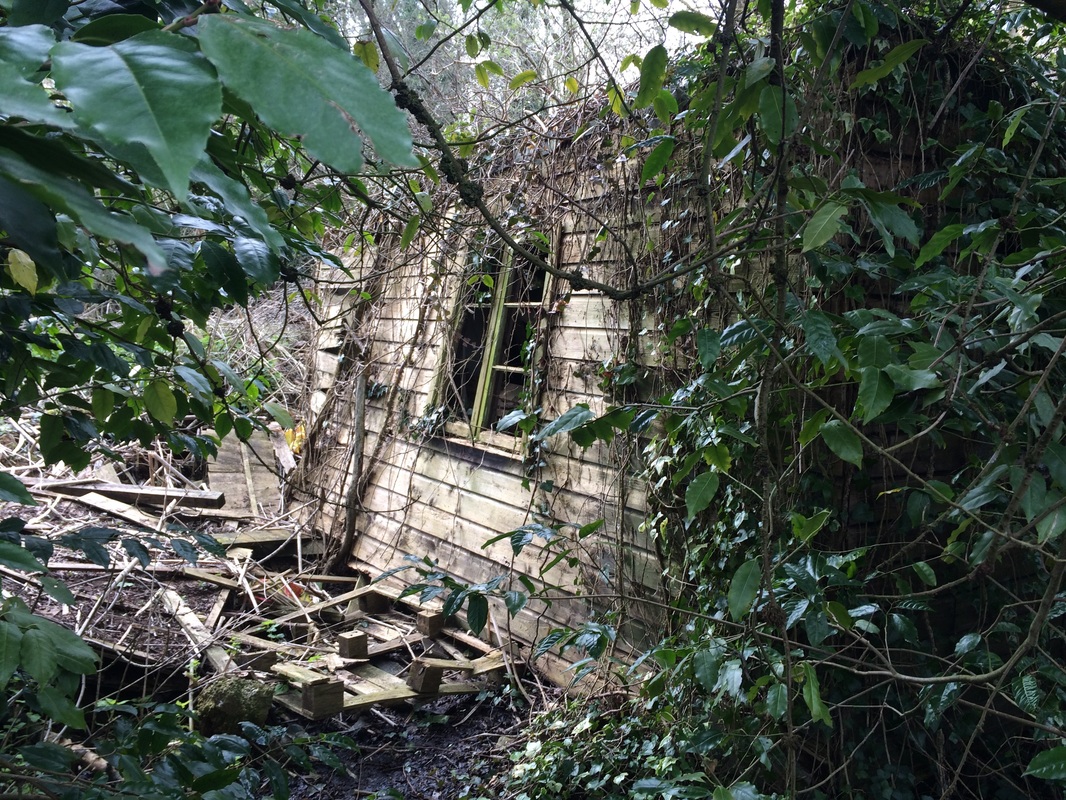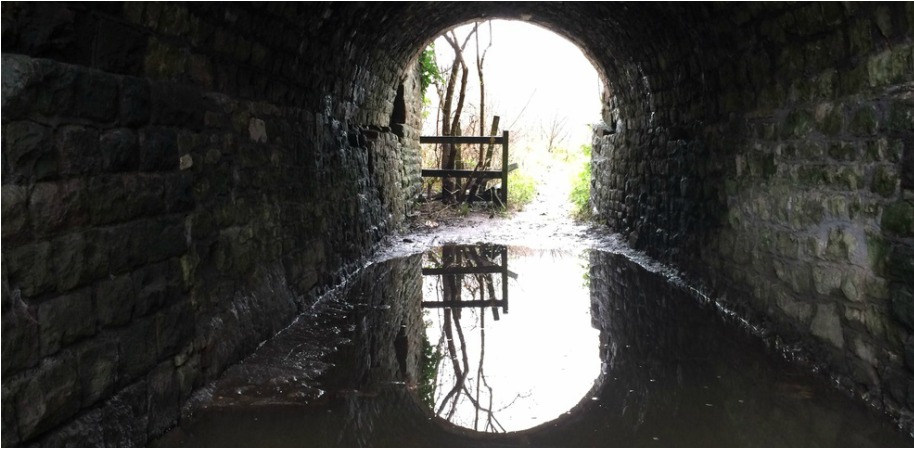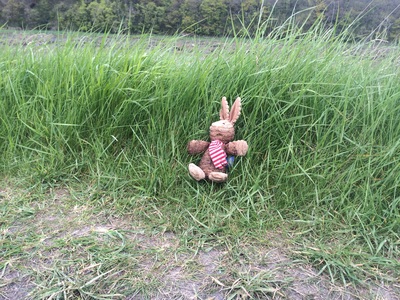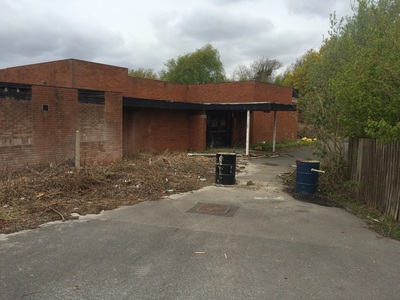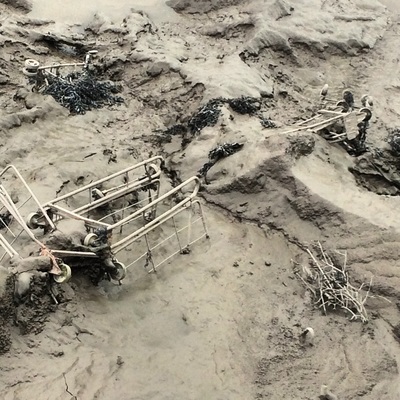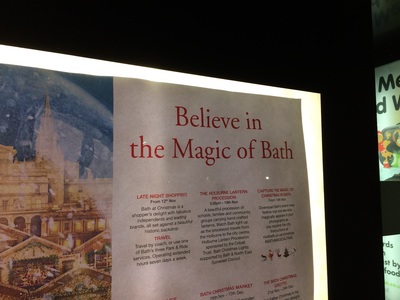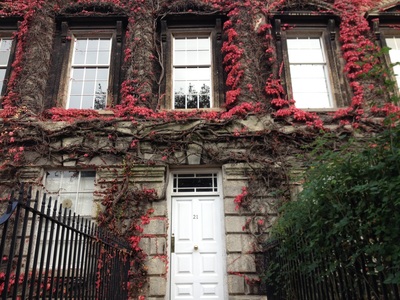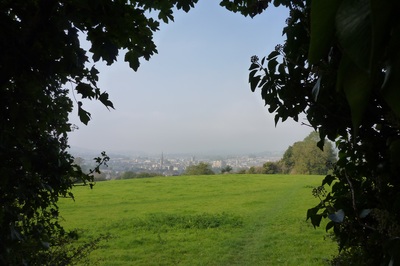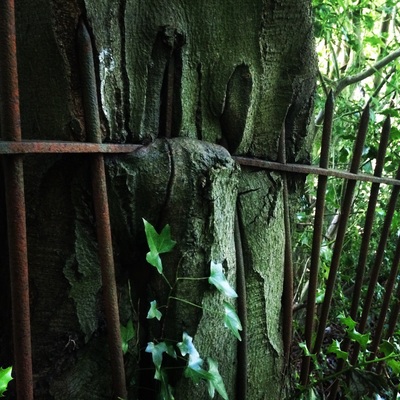(dis)enchanted walks an evolving cycle of walks since 2018
walking out, walking-with, for social justice and repair, listening for unheard stories, sense-ing obscured presence, generating contemporary resonances
Finding Country: Mr Bright builds a dynasty
a summer journey with ghosts of empire
(date tbc) Ham Green House, Pill, North Somerset
|
From Ham Green House to Wraxall to Abbots Leigh.
Scoping an all day walk, with opportunities to join or leave along the way. Approx 12 miles. Registration essential. 0900 meet at the gates of Ham Green House, Pill We will walk, talk and ask questions about the connections between the Brights and the Gibbs arriving in the Gibbs' estate at Tyntesfield/Belmont towards the end of the morning. The walk continues back towards the River Avon though more beautiful countryside, wide vistas and wooded valleys. This part of the walk brings us to Leigh Court and the third enslaver dynasty in this triangle, the Miles. Please register for meet times and exact location at Tyntesfield/Belmont and Abbots Leigh 16.00 opportunity to return to Ham Green, Pill via Leigh Court along the Avon tow path |
|
This walk is part of a long term creative project, Finding Country, sensing legacies of empire and enslavement in North Somerset, listening for the ghosts of an uncomfortable past. At this stage I am scoping routes, building research, meeting new people, developing new approaches and keen to collaborate with others working creatively towards acknowledgement, apology and reparation.
Walking and ask questions in England's green and pleasant land.
Walking and ask questions in England's green and pleasant land.
If you would be interested in participating in Finding Country, contributing as a creative or helping with research, please make contact via Facebook @walknowlive or use the contact form.
Finding Country: considering resting places, pineapples and ghosts
walking and asking questions in Mr Miles' pleasure garden
Sunday 2 June. 11.00. Abbots Leigh, North Somerset
|
Approx 4 miles
Meet 11.00: Abbots Leigh. Junction of Sandy Lane and the A369. X4 bus stop/parking in lay-by behind and on Church Road Scoping a circular route including Leigh Court, Leigh Woods and Abbots Leigh. Walking and asking questions in the ground of Leigh Court and its former pleasure garden. Through the woods on Repton's roller coaster and across the fields to the church at Abbots Leigh. A mix of terrains. Please, no dogs. Philip John Miles of Leigh Court [1774 – 1845. A second generation enslaver he got rich as a young man in Jamaica and Nevis as manager of sugar plantations. Miles' father was the first chairman of the Bristol West India Association, a pro-slavery lobbying group formed in 1782. Receiving a large inheritance from his brother and father he became a leading Bristol sugar merchant owning, for example, the Sugar House refinery in Lewin’s Mead, now the Hotel du Vin. A Merchant Venturer and MP, Phillip was Conservative MP for Westbury Wilts 1820-26, Corfe Castle 1829-32 and Bristol 1835-37.
|
A circular route taking in the lawns of Leigh Court, the overgrown pleasure garden, now leased to Bristol Forest School, possibly a glimpse of the old kitchen garden. From there we will walk and talk about land and ownership through the woods, returning via a footpath across a former deer pasture, now greenwash allotments. Last stop is Abbots Leigh parish church where the Miles and Brights are buried, here enslavers and colonisers are memorialised. More questions...
Nice pub, The George, at Abbots Leigh. Book for lunch? Miles received £30,131 (approx £4.3 million in today's money) from the Government through the 1837 Slave Compensation Act, on the basis of his ownership of 1,381 enslaved Africans. This wealth and that generated on his behalf by the labour of those enslaved formed the capital behind the Miles Bank. During the 19th Century Miles' son made business partnerships with Robert Bright's son and others to form the banking organisation that became Nat West.
|
Finding Country: an imagined and timeslipped social visit
sounds heard and unheard
Sunday 5 May. 11.00. Pill, North Somerset
|
Approx 4 miles.
Scoping a route between Ham Green House, Pill and the Gibbs estates at Wraxall x4 bus service from Bristol On street parking on Macrae Road x9/x7 bus to Bristol return from lower NT Tyntesfield entrance A loop back to Pill on a slightly different route approx 8 miles Mix of terrains, a steep path ascent and stone step descent. Muddy in places. Bluebells, wild garlic and wood anemones! Possible entry for non members to NT Tyntesfield estate tbc, Register for the walk using the form, full details will follow The Brights mansion in Pill, Ham Green House, was developed using wealth generated by trafficked and enslaved labour in the Caribbean as was the Gibbs estate at Belmont, formally part of, and predating, the Tyntesfield property. Robert Bright moved across to Abbots Leigh within sight of Ham Green House. Following his father's footsteps Robert teamed up with enslaver George Gibbs, and used his pole position to make strategic marriages and business partnerships.. Two sons set up the Bright Brothers company, subsequently Bright Gibbs and Co, in Australia, owners of the SS Great Britain. Another son married into the Miles dynasty and headed off to take part in the looting of India and daughter, Isabelle Marianne was married to into the Gibbs dynasty.
|
At some point in the middle of the C19 as the wealth of empire flowed through the North Somerset country estates we might imagine young Brights and Gibbs in the woods of Belmont and Tyntesfield. Rehearsing madrigals it says in the National Trust guidebook. Deaf to the sounds of uprising and resistance in the Caribbean and throughout the Empire.
We too will walk through the last of the bluebells and wild garlic, what will we hear? |
Finding Country: A walk between two churches where enslavers worshipped and are memorialised
Saturday 13 April. 11.00. Abbots Leigh, Bristol
|
Beginning at Holy Trinity Church, Abbots Leigh ,the parish church for the Miles of Leigh Court. The walk passes the former residence of enslaver Robert Bright and some other people of interest including the Fry mansion at Failand and Wills at Abbots Leigh. The route skirts the Gibbs estates of Tyntesfield and Belmont, and ends at the parish church they supported.
Approx 4.5 miles. A loop back to Pill and Leigh Court with a better view of the Fry house approx 10 miles total. Mix of terrains, a steep path ascent and stone step descent. Muddy to very muddy in places. Bluebells, wild garlic and wood anemones! Working dogs welcome, but please leave pets at home. Meet 11.00 Saturday 13 April at Holy Trinity Church, Abbots Leigh X4 bus from Bristol limited on street parking in Church Road Register for the walk using the form, full details will follow |
Four walks in Bristol's hinterland, scoping Finding Country 2024
A series of walks in North Somerset tracing the triangle of Ham Green House, Pill, Leigh Court, Abbots Leigh and Tyntesfield, Wraxall. Traversing the estates of the Brights, Gibbs and Miles...and a few other perhaps more familiar names that we'll pass though on the way: the Frys and the Wills. Walking and asking questions, sensing, thoughtful, critical and embodied journeys into the interconnected, entangled and terraformed spaces of the enslavers, where the wealth of empire was manifested and the atrocities obscured.
|
Saturday 13 April: Abbots Leigh to Wraxall... between two churches
Sunday 5 May: Ham Green House to Tyntesfield Sunday 2 June: Ham Green House to Leigh Court/Abbots Leigh Sunday 7 July: the triangle, starting/finishing at Ham Green House via Leigh Court and Tyntesfieldccc These will be all day walks, times and routes to be confirmed. I will offer a circular/return route but there will always be a destination with a bus stop or parking. |
Finding Country is a walking arts project in development. Walking and asking questions about land and memory in North Somerset and South Australia, being alive in a haunted landscape transformed by enslavers, their descendants and their business associates.
Blog:
for older entries see here
Breaking the Dead Silence: Engaging with the Legacies of Empire and Slave-Ownership in Bath and Bristol’s Memoryscapes
Hot off the press and with a free download! At last the book is out!
It includes a chapter on the walking project in Sydney Gardens, Bath, Botany, Empire and Deep Time This is a book of many voices, including my own, exploring heritage activity and creative interventions post the toppling of the Colston statue. One of the approaches the book explores is walking, there are contributions from a number of walkers/guides/walk hosts including myself.. Very proud to have worked with so many talented artists and writers.
It includes a chapter on the walking project in Sydney Gardens, Bath, Botany, Empire and Deep Time This is a book of many voices, including my own, exploring heritage activity and creative interventions post the toppling of the Colston statue. One of the approaches the book explores is walking, there are contributions from a number of walkers/guides/walk hosts including myself.. Very proud to have worked with so many talented artists and writers.
The murder of George Floyd in 2020, the renewed international take up of the cry Black Lives Matter and the subsequent toppling of a statue commemorating slave-merchant-turned-philanthropist, Edward Colston, in Bristol provoked urgent questions on memorialisation, white privilege, social justice and repair. In the wake of the statue toppling and continuing controversy this book offers a unique, distinctive and timely contribution to debates on memory, heritage and memorialisation. It provides fresh insights attending to the impacts and legacies of colonisation primarily in Bath and Bristol, with comparative contributions from Lancaster and Mexico offering significant and pertinent resonances.
|
Feb 2024
Sound Thoughts in a Botanical Garden Following on from Botanical Encounters show in Bath I have polished the ambience I produced for the show and posted to Soundcloud. The field recordings were originally gathered for the silent disco sound walks hosted in Sydney Gardens, I have added to this some additional recordings from a research visit to Adelaide, South Australia. This piece marks the transition into the Finding Country project Try listening on headphones as some of the samples used are in 3D sound. The mix includes:
|
|
Previous walks.....
all done over the last few years but if you would like to do one of these please get in touch!
Walking and Asking Questions in Bath’s Sydney Gardens
Walking and Asking Questions in Bath’s Sydney Gardens:
On the Resilience of the Dead Silence and the Crisis of Imagination
or
Botany, Empire and Deep Time, a cancelled walk reprised
|
This is the walk that was cancelled from the Sydney Gardens Gala launch in 2022, the content deemed inappropriate for such a festive occasion, now you can decide for yourself. Click here to the three walk routes published from the Sydney Gardens project
The is walk on Saturday March 11 continues a journey into obscured history and reluctant heritage, it concerns wealth, power, people, plants and social justice. Using soundwalking, touch and questioning we will explore those layers and entanglements. Starting with a story of some of the trees and buildings in this garden, mangled through different rollers of time and place, thinking about how things connect and, considering the price paid, we may discover something about ourselves here, and now. |
This walk is offered as part of Botanical Encounters and follows on from the evening talk at Bath Royal Literary and Scientific Institute: On the Resilience of the Dead Silence and the Crisis of Imagination.
|
Infinity Threads/Radical Terrains
|
Infinity Threads/Radical Terrains a walking workshop.
Bristol Sunday 4 December 2022 A contribution to the Radical Terrains exhibition Infinite journeys/Radical Terrains overlapping walks, spectral presences and serendipitous encounters Meet at 12.00 for an afternoon of walking and making https://www.headfirstbristol.co.uk/#date=2022-12-04&event_id=81972 With a nod to Deep Mapping, a pinch of psychogeography and plenty of critical curiosity we will trace the thread of an infinity loop along part of an old lane, Deep in the heart of the sugar city, where all is not what it seems join a mapping and sensing workshop, manifesting it whatever way it feels. Check in at 12.00 for the first walk and then hourly on the hour. Last sign in to walk will be at 14.00The walks begin at 12.14 and then hourly or more frequently if there are lots of people. I aim to offer this initially to groups of up to about 7 people at a time. Please check in at 12.00 for the first group walk and then hourly on the hour at 13.00 and 14.00 Come for the afternoon or just come for an hour of walking, talking and making! |
The workshop is presented with the Radical Terrains exhibition at Centrespace Gallery, the intention is to materialise something of the mapping by the end of the day
|
|
UNESCO says: This International Day is intended to inscribe the tragedy of the slave trade in the memory of all peoples. It should offer an opportunity for collective consideration of the historic causes, the methods and the consequences of this tragedy, and for an analysis of the interactions to which it has given rise between Africa, Europe, the Americas and the Caribbean
|
Two hundred and thirty years ago on the night of 22 to 23 August 1791, on the Caribbean island then called Santo Domingo, an uprising began that would play a crucial role in the abolition of the transatlantic slave trade. The International Day for the Remembrance of the Slave Trade and its Abolition is the day established by UNESCO to commemorate the abolition of the transatlantic slave trade. It occurs on the anniversary of the beginning of this uprising.
A walk-in-witness, a walking conversation on truth and repair... In the UNESCO World Heritage City of Bath the walk connects two new exhibitions attending to the trade in, and wealth generated by, captured and enslaved Africans. We begin with the presentation of a redacted plantation ledger at the Holburne Museum and then set off into the city. We will visit former residencies of slave-owners as well as those who campaigned to stop the trade. Wilberforce and Hannah More are on the route as well as the threads that connect to distant plantation uprisings and their leaders. Toussaint, Bussa, Sam Sharpe and the many who resisted. We will remember them and those who escaped to tell their stories. The walk finishes at the new exhibition in Bath Abbey: Monuments, Empire and Slavery. |
Coming soon.....and already booking up!
Sunday 12 September: 10.30 short walk, circular approx 2 hours
Remnants, resonances and ghosts at Bath Union Workhouse
info and booking here: https://www.bathscapewalkingfestival.co.uk/walk/remnants-resonances-and-ghosts-of-baths-union-workhouse/
This will be the fourth year in which the Walking Festival has featured a walk from or to the Workhouse Burial Ground; John Payne and myself will host you on a journey through the tangles of time and social justice exploring the wider Workhouse site. There may be some music again at the Burial Ground....
Sunday 19 September Sydney Gardens from 10.30
Botany, Empire and Deep Time
two short circular walks from Sydney Garden, approx 2.5 hours each, come for one or both!
Walk 1: 10.30 start
A Sultan, the Grotto and Sugar:
a walk under and out of the western edge of the park sensing legacies of slave ownership and the East India Company
info and booking here: https://www.bathscapewalkingfestival.co.uk/walk/botany-empire-and-deep-time-2/
Walk 2: 14.00 start
Convicts, circuses and automata:
a walk along the axis of the park and beyond, sensing Sydney and imagining a Black horseman in Bath
info and booking here: https://www.bathscapewalkingfestival.co.uk/walk/botany-empire-and-deep-time/
Booking is essential for the Bathscape walks, do check the festival out it gets better every year. Really proud to be part of this festival, the Workhouse walks were in the very first one and we have contributed every year since.
Sunday 12 September: 10.30 short walk, circular approx 2 hours
Remnants, resonances and ghosts at Bath Union Workhouse
info and booking here: https://www.bathscapewalkingfestival.co.uk/walk/remnants-resonances-and-ghosts-of-baths-union-workhouse/
This will be the fourth year in which the Walking Festival has featured a walk from or to the Workhouse Burial Ground; John Payne and myself will host you on a journey through the tangles of time and social justice exploring the wider Workhouse site. There may be some music again at the Burial Ground....
Sunday 19 September Sydney Gardens from 10.30
Botany, Empire and Deep Time
two short circular walks from Sydney Garden, approx 2.5 hours each, come for one or both!
Walk 1: 10.30 start
A Sultan, the Grotto and Sugar:
a walk under and out of the western edge of the park sensing legacies of slave ownership and the East India Company
info and booking here: https://www.bathscapewalkingfestival.co.uk/walk/botany-empire-and-deep-time-2/
Walk 2: 14.00 start
Convicts, circuses and automata:
a walk along the axis of the park and beyond, sensing Sydney and imagining a Black horseman in Bath
info and booking here: https://www.bathscapewalkingfestival.co.uk/walk/botany-empire-and-deep-time/
Booking is essential for the Bathscape walks, do check the festival out it gets better every year. Really proud to be part of this festival, the Workhouse walks were in the very first one and we have contributed every year since.
Walking the Names
|
A cycle of slow walks about poverty, responsibility and memory.
A development from the regular first Sunday walk thinking about those buried at Bath's Workhouse Burial Ground, Over 3000 unmarked graves in a field without a memorial. Reading out the names of the dead to the tolling of the Workhouse Bell. The first time the names have been spoken in that place since their burial. Each name, day by day, week by week and year by year of their burial. Bath Workhouse Burial Ground, Wellsway, Bath Below is clip from Walking the Names in June, re-creating the collection of floral tributes accumulating at a point in the field where there may have been a more formal memorial...
In the time of the virus lock down we walked and read in isolation and share online, now slowly, carefully, respectfully we return to the Burial Ground |
The last in the Walking the Names series
took place in April 2021 at Bath Workhouse Burial Ground, Wellsway, Bath completing the reading of the Burial Register with the names of those buried there between 1896-99. a socially distanced slow walk reading the names of the Workhouse Dead Listening, sensing... sharing thoughts and reflections... as the Covid death toll continues to rise revealing deep inequalities resonating from the time of the Poor Law and beyond.... New forms of memorialisation and caring for the site emerge. The first sign is a new mowing pattern that will allow wild flower meadow to evolve. The 'poor' memorial spreads into a field of remembrance. If you are walking through alone or visiting especially, do take a moment to stop and think, to honour the dead, pay your respects or just to remember. Maybe leave a flower, a flag, a found feather or a small stone. The council mowers are now starting to mow round the growing 'poor' memorial, the more visible it is the more the place becomes special.
Each walk is a moment for reflection, a continuing and improvised memorial, towards a poor requiem. The media and the stories from the walks appear on the website here and some of it on Facebook and Twitter. Watch this space for updates. Click here for more information.
|
Playing the Picturesque
become a Picturesque Hunter for the day!
It seemed as if a good view were no longer to be taken from the top of a high hill, and that a clear blue sky was no longer proof of a fine day… [Henry Tilney] talked of fore-grounds, distances, and second-distances – side-screens and perspectives – lights and shades; – and Catherine was so hopeful a scholar that when they gained the top of Beechen Cliff, she voluntarily rejected the whole city of Bath, as unworthy to make part of the landscape. Austen, J. (1818) Northanger Abbey
|
Commissioned to respond to the 2019 exhibition at the Edge Gallery, Victoria Willmott and Richard White devised three walks in Bath and at Blaise Castle, Bristol. Each had elements featured in the gallery installation. In these walks walkers were invited to take part in ‘playing the picturesque’ outside the gallery: bring your modern Claude Lens, your mobile and Instagram or make your own, or do some drawing, or just visit the locations and enjoy using your imagination. The walks playfully explore and interrogate the exhibition and the idea of the picturesque, what is concealed, obscured by this aesthetic, how it came about and what we can reveal playing in and with it. |
In the 1700’s as Bath boomed with slave-generated wealth, the sons and even some of the daughters of elite British families set off on ‘Grand Tours’ of Europe and beyond, much as their modern counterparts today take a ‘Year Off’ in more distant part of the world. They saw the ruins of the classical empires and walked through mountains and forests. Others travelled to the lands of the Empires and saw even more awe inspiring sights.
Referencing earlier landscape/prospect paintings of Poussin, Lorraine and Rosa, some travellers returning from the Grand Tour described the views they had seen as ‘picturesque’. They wanted to capture the views in images and recreate them at home. Old family estates often had a ruined castle or monastery they could use, ‘picturesque’ views, walks and rides were constructed. New slave-generated wealth and spoils of empire funded this landscaping including the construction of follies, temples and castles and the destruction and removal of whole villages. Privileged visitors were invited to visit and view. The Picturesque became a way of seeing. By the beginning of the nineteenth century Picturesque Hunting had become a fashion satirised by Jane Austen and others. |
|
With the closure of parts of Europe due to plague, war and revolution, the Grand Tour was disrupted. Picturesque Hunters stayed at home. The wealthy visited each other’s ‘improved’ estates. The less wealthy visited the gardens. Picturesque Hunters were recommended to explore the River Wye and the Lake District. Some came equipped with a Claude Lens, a handheld darkened glass mirror in which they looked to see an enhanced and ‘picturesque ‘image. The device showed a reflected image not so very different from a mobile phone Gap Year selfie. In those days the Picturesque was more arduous to capture, today all you need is the Instagram filter X-Pro 11!
|
Traversing
Sydney Gardens 1-3
|
A series of thoughtful Sunday morning walks traversing Sydney Gardens, Bath, considering people, named of plants and places, sensing lives and tracing presences. Exploring aspects of the reluctant heritage of slave-ownership and empire manifested in this verdant corner of a World Heritage City.
Asking questions as we walk. Its all here in Sydney Gardens, shameful secrets of the past strange tjhreads of our future becoming We build on the contributions of all those who have walked before us and who join the walk new, walkers are invited to share thoughts and knowledge, draw, take photographs and respond to interventions and questions. A slow paced walk thinking with their bodies, sensing the mesh of time and space. It is not a guided official history walk, we draw on all the expertise walkers choose to contribute on the day. A unique live experience that we will share online Tree names and tree stories, sharing knowledge building understandings. Trophy trees brought back to England by plant hunters displayed now in a public park. Talking about music five thousand years in the making Chinese students in Bath contribute to the knowledge sharing introduce us to the Guqin. On the third traverse we hear its haunting sound.
More talk of wood, war, opium and tea. Empire resonances, Reluctant heritage seeps out in the names of plants and their planting. Chinese themes in an early nineteenth century English park, fashionable designs carry reminders. Wood, war, opium and tea. Lives and addictions. A walk about trees and names would have done it but even that gets complicated. The great sequoia on the shallow embankment by the railway line, a mere baby not even two centuries into its two perhaps three thousand year reign. Here in England, in Bath thanks to Mr Lobb, one of his relatives walking with us on the Third Traverse.
|
A Chinese theme opened out as we talked about a tree, still carrying its indigenous name, Catalpa, used to make the sound board for the Guqin. The tree grows no bean for humans and its description, indian is a colonial reference to the Americas rather than Asia. We stood under the Gingko tree looking across to the canal where the lattice on the side of the bridge was supposedly a Chinese design influence. The lattice iron from the same source as the chains that held enslaved people down on that long forced migration. We felt the bars on the bridge cold, hard. Something more than slave-owners' wealth manifests here.
Some responses from the September walk.
Heather offered two pieces and under the golden Gingko tree waiting for dinosaurs, or at least noting their absence, John Payne gave us a poem:
Sydney Gardens 1 The clatter of walking sticks on pathways The crunch of dead leaves underfoot The chattering of small birds in the bushes The explosion of a London train through Brunel’s sculpted cutting A marching band in Georgian costume practising some ugly time-worn British army tune. It’s not a peaceful place Sydney Gardens on this autumn Sunday and not a peaceful morning either as we struggle to gather our thoughts like sheepdogs trying to collect a rowdy bunch of sheep. We are struggling to make connections to layer things up through past and present, because somehow it’s all here if we only knew what ‘it’ was but the world is a complicated, confusing place in this twilight state between Empire, Europe, the Chinese century, and the future still unknown. (c) John Payne 2019 |
|
A walk into the park 'landscaped' by Capability Brown for Corsham Court considering origins, manifestations and legacies of colonial wealth. Beginning at the gates of a fine country house and ending in an installation in the cellars underneath.
|
Short walk in a big park:
|
|
The walk concluded the (dis)enchantments and perambulations series of walks revisiting the two major walking arts projects Sweet Waters and Honouring Esther ahead of the installation at Corsham Court 18-23 July. The installation will show media developed from social media and field recordings and pre-walk research. This forms part of the research-creation PhD Richard is presenting concerning walking-with and reluctant heritage.
|
re-membering, re-minding, re-tracing Sweet Waters
An all day circular walk: key points, locations and experiences from the first few days of the Sweet Waters cycle. Codifying the triangle of the infamous Atlantic trade, mashing the water cycle into a (dis)enchantment, exploring the origins and legacies of the wealth generated by captured and enslaved people embodied and manifested in Bath.
|
The walk traced a route out of the enchanted city returning past the relics of mills on the river and structures dominating the landscape sticky with memories and resonances of slave-ownership. We walked and asked questions sense-ing those legacies, testing the Sweet Waters of Bath
Brexit! ...
|
Midsummer Sunrise to Sunset
solstice walks in the Forest of Imagination Friday 21 June
A series of connected short walks from Bath City Farm to the Forest of Imagination at the Holburne Museum/Sydney Gardens. We will gather sounds in our voices and bodies for sharing with each other and perhaps in the Forest of Imagination. Rattle the railings, sing with the birds find sounds and voices we'll make music together!
Join the walk for a short section, just take part at the special listening places or walk with sound and silence all the way from the Farm to the Forest. Many getting off and getting on points along the way, bus stops and short cuts.
Join the walk for a short section, just take part at the special listening places or walk with sound and silence all the way from the Farm to the Forest. Many getting off and getting on points along the way, bus stops and short cuts.
|
|
Sounding Bath is a listening making doing walk on the South side of Bath from the City Farm to Forest of Imagination at the Holburne Museum.
A series of short walks discovering the sounds and views of the South of the city, linking up to journey all the way from the Farm to the Forest of Imagination. On the way take part in a series of special listening moments, making, gathering and sharing sounds. Sounding Bath, discovering and revealing the song of the city. Hosted by walking artist Richard White and composer Stevie Wishart. |
re-walking,
|
An all day walk exploring the 2015 walk from Forced Walks:Honouring Esther.
|
|
The walk forms part of the (dis)enchantments and perambulations series and involves a retracing of the 2015 Honouring Esther walk. The walk began with Esther Brunstein's survivor testimony of a Nazi death march from a slave labour camp in Lower Saxony, Germany to the death camp at Bergen-Belsen. The route was transposed from Germany to Somerset and a further route was defined on public rights of way as close to that transposed route. Where the two paths crossed there were interventions, material to listen to, provocations and discussion. The project was co-presented with artist Lorna Brunstein, the daughter of Esther Brunstein.
The walk took place over two days on the seventieth anniversary of the liberation of Bergen Belsen in April 1945. The artists subsequently hosted a walk on the actual death march route in February 2016 the seventy-first anniversary of the march. More information about Honouring Esther on the project website here |
The purpose of the walk in June 2019 was to explore the reactivation of memory and resonances in the landscape and for those who walked before in our bodies.The walk has not been recced since 2015, there were three horses in the 'Gypsy's Field at the start of the walk. Men talking in Romany. There were poignant moments including a funeral song in the porch of the church at Buckland Dinham. The field of rape seed had a clear path through it as if walked by many since out 2015 walk. Paul Robeson rang out in the tunnel.
|
Eco-curating: alighting on (dis)enchantment.
a walk about communication and matter....
Sunday 14 April. Bath
|
The walk is presented as part of Eco-curating. Walcot Chapel becomes a hub of eco events and artistic activities for 2 weeks in April exploring creative responses to climate change and interactions with our environment.
|
How to communicate and act on climate change when it appears no one is listening?
The provocation:
Walking with enchantment implies a separation from that which is not enchanted. Awe and wonder are not an illusion, not something lost and needing to be retrieved or commodified. Place and Power intra-act in producing senses of belonging, exile and exclusion and are part of the processes that form our feelings of identity. Reflective walking and wayfaring offer attention to the situated knowledges and partial perspectives glimpsed through our experience and attend to the obscured, ignored, denied experiences of others. All place making is immanent and all material has agency. Gather with each other to share, talk, think, sketch and absorb sound, sensation and sight. |
A walk in search of local wisdom:
from Twerton to Sydney Gardens and back
Sunday February 3
|
An all day walk in and out of the enchanted city, from Twerton Roundhill to Sydney Gardens and back. The return route takes us via the officially historic Bath and along the river walking back into the country and to the best views. Recceing a walking idea for the Forest of Imagination later in the year and perhaps Bathscape in the future. Considering local wisdom. Survival expertise. Asking questions maybe getting some answers.
A walk with much crunching in the snow, speculation on water sources and water courses. Why building were built where they were, lines of sight and lines of the sites. Imaginative town planners of the past with garden city ideas for Bath's social housing. Or just places to dump people who did the work.
|
Looking for views and wondering what we can see. What we know in particular places, what we feel what we see what we can share. What we would like to know in those places. Maybe some strange surprises, things to think about.
Imagine a string of pearls, pearls of wisdom along a walk.....Lots of getting on and getting off points, join for all or part. There will be bridges. |
Territories, Frontiers, Boundaries and Imagination
....a perambulation on the edge of Bath to open 2019
Sunday 6 January 2019
|
a circular walk from Twerton Roundhill via Carrs Woodland and Englishcombe castle approx 8 miles
The walk begins on Twerton Roundhill...some kind of marker and territorial view point, a feature within the gaze of slaveowner Beckford and overlooking land owned by the future King Charles the Third, whose royal namesake founded the Royal Africa Company. For the Duchy of Cornwall the cash is still rolling in....
Our walk takes us past the remains of Bath mill owners homes whose predecessors' products were on the ships from Bristol to West Africa and we walk above the railway the profits earned by captured and enslaved people helped fund. So what you may ask? What are our responsibilities in these times? Through the remains of a wood planted on an estate razed for a housing development. In and out of boundaries and territories. Places of privilege and places without. What does welcome mean?
Across the Wansdyke barely a memory in the earth, we play hide and seek with the tip of the Roundhill on old country lanes. still walking in Beckford's gaze, speculating on the mindset of slaveowners and coalowners and how racism runs deep and has so masked the exploitation by the holders of power. Enlisting the exploited in exploiting their fellow humans for the profit of the powerful. Homophobic and fascist grafitti in the wood, trees bleed and scar. We hurt ourselves.
Ghost stairs in the wood a place where once there was a fine mansion, home of the millowner, home of the coalowner, the pit reputedly kept open to claim the compensation when the miners were starved back to work. The miners got nothing. Who would have thought it in Bath? |
walking as conscientious objectors to
Bath's official heritage A great winters walk, thought provocations, strong discussion. The passing of the old year, climate change, social justice. Ideas set off as we walk questioning the space and our feelings walking through some of most underprivileged wards of the city. With the best views. Comments and sketches from the note books continue the conversation
Thoughtful and powerful responses to a walk in the edge of the enchanted city, walking 'as conscientious objectors' to the official heritage as one walker put it. In an email she continued:
I was particularly struck by several separate discussions we ended up having about burials and bones. I think we might have started talking about the trunk of the trees in the Carr’s Woodland Walk reminding someone of the trunk of elephants. And then a discussion about elephants and burying their dead...revisiting bones. We were interested in cultures in Mexico where the dead are celebrated – and flowers and offerings decorated skulls. The focus on the dead not being forgotten. And again in another conversation as we walked and talked...recalling the burial mound of the Workhouse in Bath. The forgotten voices of those buried and lost in Bath. I was left with the image ( after our discussions about Art Galleries and Portraits of Wealthy Landowners) of a wealthy landowner standing on a mound...like the Work House burial site at Bath. Kind of like climbing on the bones of the slaves and this includes the lives lost in the mines. ...One of my favourite writers Saramago talks about citizenship - “ we have an obligation to intervene and become involved.” |
Traversing Beckford's Gaze:
from Twerton Roundhill to Kelston Round Hill
Sunday 2 December 2018
walking-with prospects, viewpoints and inheritance
|
A walk with an extension either 8 mile loop or 12mile loop from Bear Hotel,BA2 3AQ (all mileage approx)
An all day walk traversing Beckford's Gaze from Twerton Roundhill to Kelston Round Hill. William Beckford described the view from his tower on Lansdown, Bath as the finest prospect in Europe. Plenty of ups and downs to get our bodies working and thinking. A good walk, good people, great views and interesting conversation. A continuation of the Sweet Waters conversation.
|
Ideas of prospect and gaze, and Europe, what that means for us walking and looking back from across, below and along, different angles, returning the look. Beckford, once the wealthiest commoner in England, was the third generation of his family to own sugar plantations on Jamaica and the people who worked them. All his wealth was derived from the work of enslaved people. None of the wealth returned to Jamaica..
|
|
Our walk takes us through Twerton and across the River Avon where goods were produced to be sold in exchange for captured people in West Africa, up past the house where Haille Selassie lived and eventually to Kelston Round Hill where we may have more views down the River Avon and across to the Bristol Channel, where the slave ships came and went.
|
Heather, one of the walkers Traversing Beckford's Gaze shares some thoughts and reminiscences inspired by the walk this attached file. Click to download.
| ||
Steps to Heaven........an instant requiem:
walking-with memory, poetry and the Workhouse dead
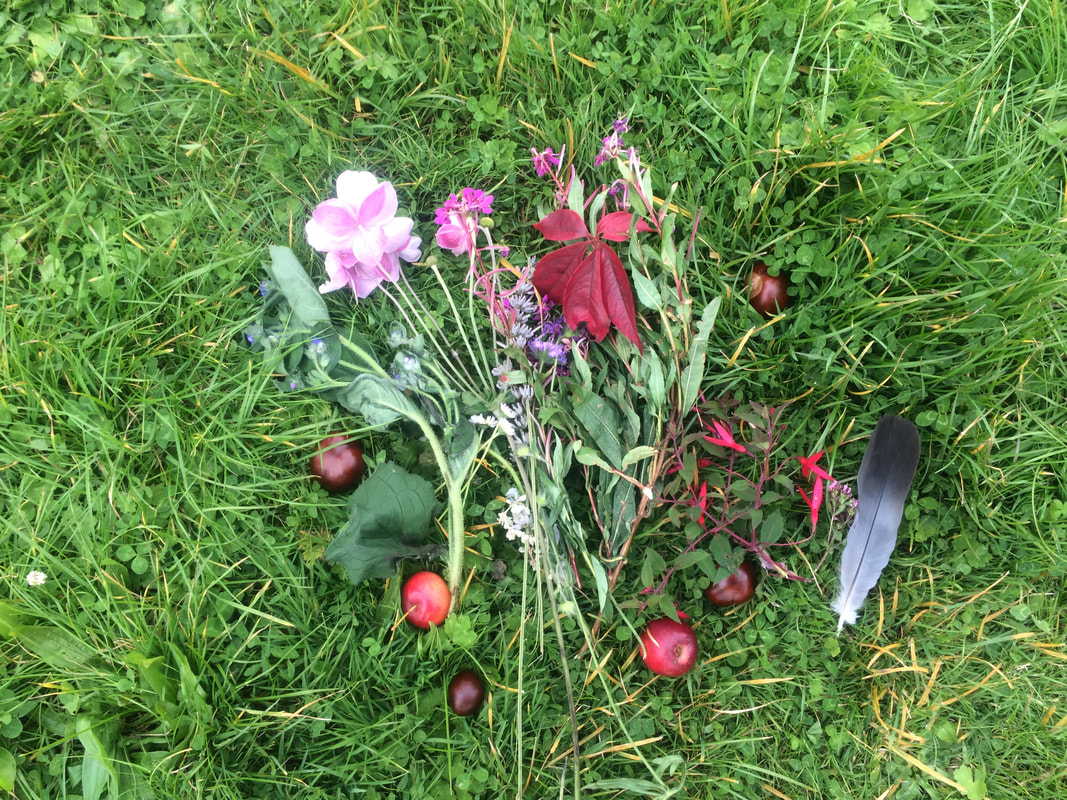
A circular walk from Bath Abbey to the Bath Workhouse burial ground and back
Starting at corner of Abbey St and York St beside the Roman Baths, the site of the offices of Bath's Board of Guardians
we walked to the former Bath Union Workhouse and on to its burial ground
Starting at corner of Abbey St and York St beside the Roman Baths, the site of the offices of Bath's Board of Guardians
we walked to the former Bath Union Workhouse and on to its burial ground
The walk included a premiere performance by John Payne of his cycle of Workhouse poems.
Over a slow three hour walk we made an instant requiem. Musicians greeted us at the field.
This walk continues the process of raising awareness about the Workhouse Burial Ground considering the lives and stories buried there and what that field has to tell us now.
Over a slow three hour walk we made an instant requiem. Musicians greeted us at the field.
This walk continues the process of raising awareness about the Workhouse Burial Ground considering the lives and stories buried there and what that field has to tell us now.
The Union Workhouse still stands high above the city, the birthplace of many Bathonians when it was St Martin’s Hospital. Rock ‘n’ Roll hero, Eddie Cochrane (Three Steps to Heaven) died there following a car crash, Eddie has a plaque, even though his body was flown back to the US.
Over 3000 Bath residents died in poverty there when it was the Bath Workhouse, they were buried in the nearby field.. There is no memorial to them. The walk arrives at that field at about 14.00 on Saturday 22 September. Do join us, on foot or online @walknowlive #workhousewalks
Over 3000 Bath residents died in poverty there when it was the Bath Workhouse, they were buried in the nearby field.. There is no memorial to them. The walk arrives at that field at about 14.00 on Saturday 22 September. Do join us, on foot or online @walknowlive #workhousewalks
The walk continues a walking-with on poverty and responsibility that began with a series of walks in the summer of 2017 in connections with the Museum of Bath at Work exhibition about the Bath Union Workhouse, researched by John Payne. All the social media trails of the walks are combined below
A Bathscape Walking Festival walk
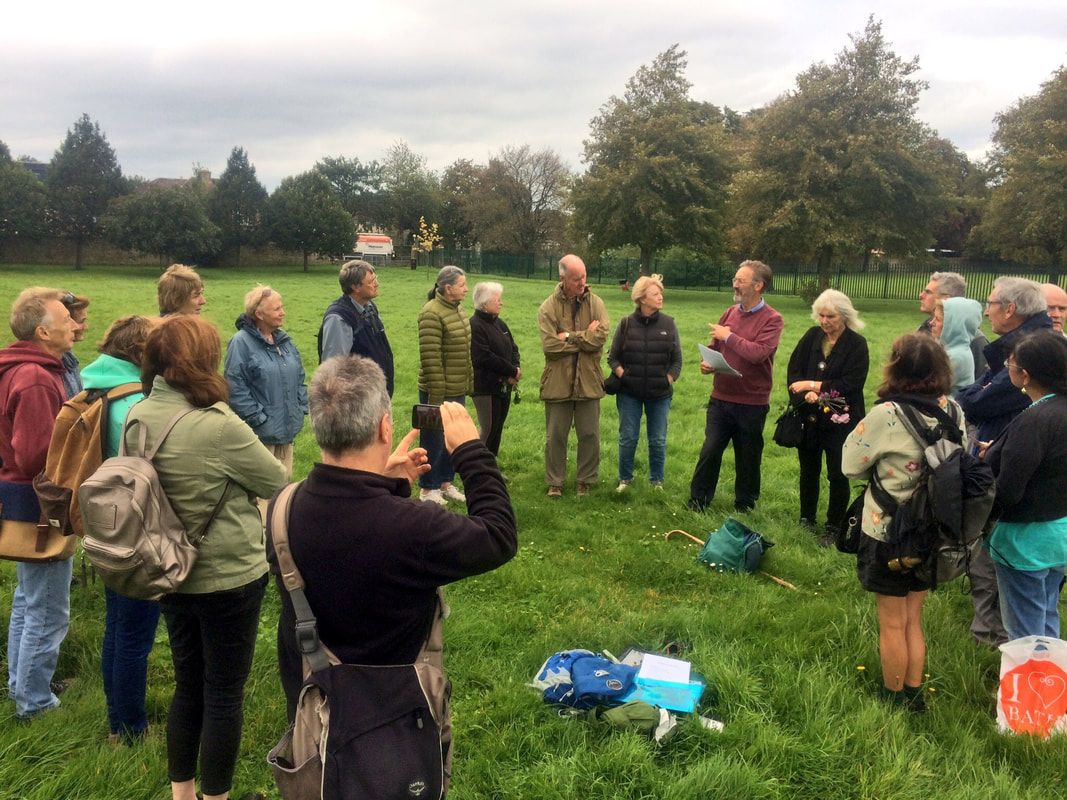
Walkers are actively encouraged to use notebooks, mobile devices and gather sound and photographs. There will be poetry readings along the way and an invitation to write your own. Together we will try to make something respecting the dead in the Workhouse Burial Ground. This are creative walks, you can take part in many different ways and you are welcome to just walk.
A Walk for the End of Holidays...
along a once working river to the city farm
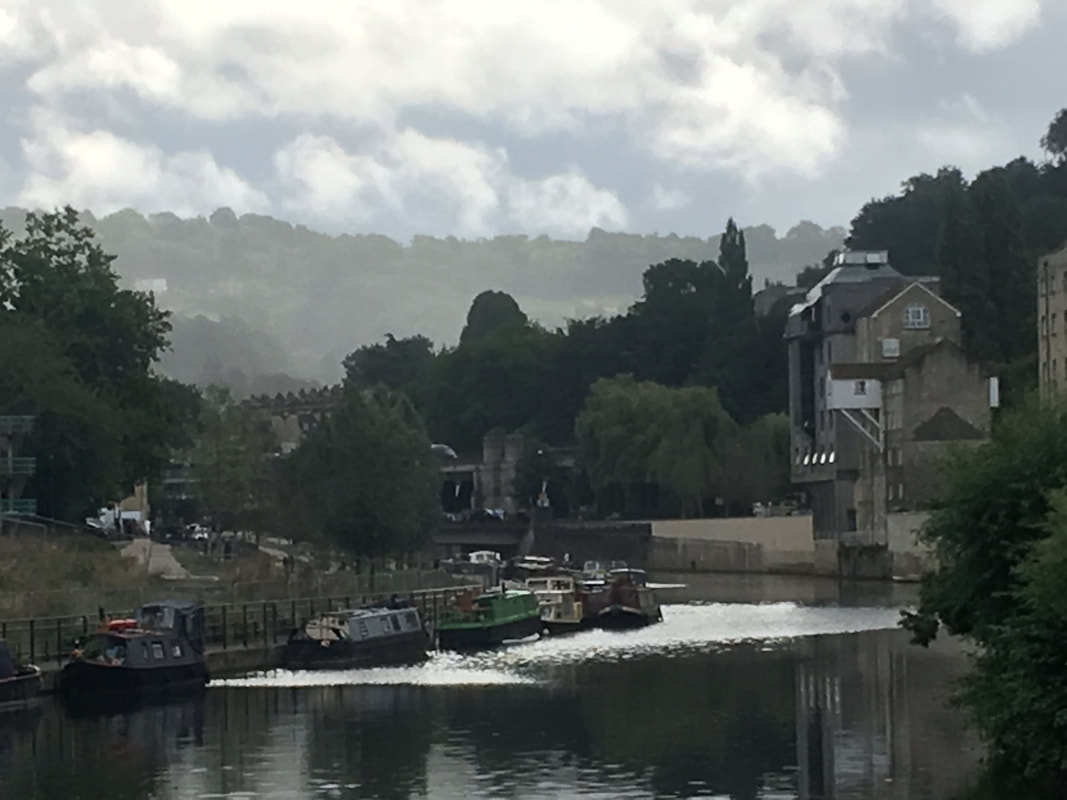
Walking with questions of poverty, memory and social justice, considering how a city buries its past.
Sunday 2 September 10.00-14.00 approx
|
A walk along the River Avon
as summer comes to an end. It could be bucolic even elegiac. Thinking about work and listening for the ghosts of workplaces that no longer exist. We will follow the river round to the old quays and timber yards, passing former factories and the sites of huge engineering works. Walking through erased Victorian slums. Noticing absences and sense-ing presences.... wondering what it means for us now. Maybe see an otter or kingfisher! Then in a loop we will walk up to Bath's City Farm where we will stop for a rest at the cafe before returning to the city by way of the old railway line. |
Meet: 10.00 below Pulteney Bridge
at the bottom of the stone steps overlooking the weir. Arrive: 12.30 (approx) Bath City Farm Return 14.00 Bath Bus Station |
East of Bath:
out of the enchanted garden looking towards ancient views
|
Interesting conversations and thoughtful moments, not a history walk but what we made of it.
The walkers mutinied. We came back on the boat. A strange tropical journey on the river dreaming drifting down the Amazon, the Congo...the great grey green greasey Avon. Imagining the stink of the city of Bath as we approached the bridges and darknesses of the old slaughter houses and leather works. Where dead babies once washed up at the bottom of the weir. East of Eden when the wind blows from the West was more than a place with knowledge. Here the piss settled in the night soil, here the black earth matured, soon for the gunpowder mills. Looking back at Beckford. Smelling it.
|
Walking with questions.....
where does the idea of east of eden take us? Leaving the pleasure garden behind and along the canal we eventually arrive on top of Solsbury Hill. What views will this offer looking back at the enchanted city? Down into the valley we will traverse another (dis)enchanted garden, the remains of the Suffragettes arboretum at the back of Eagle House. A further climb did not take us back into Beckford's gaze, no return on the old straight track. We were already in his gaze., a return on the river was the only way.
|
Walking slowly in an enchanted landscape
walking-with time and space
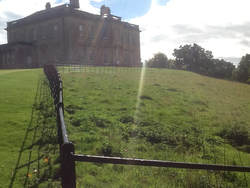
|
A walk on footpaths in parkland, mainly on gravel tracks and a field.. One short steep descent.
We walk for part of the time very slowly listening without talking.... writing and sketching if you wish as you move. Stops and talking/sharing space, opportunities to sketch, take photographs etc Some possibly factual information is offered, walkers shared knowledge and thoughts. Walking-with ourselves and each other and seeing what happens as we know more....enchantment and disenchantment. Part of the walk is within Beckford's gaze. |
|
A story of a woman's black straw hat, found by a boy on Hampton Rocks and taken to the police. The hat in one of the pictures in the exhibition set the story off. A tale of bloody linen and a broken gold watch, the linen embroidered with AH Kerry, the gold watch repaired, is auctioned off. According ton the local newspaper, a man was seen agitated walking in the area without his hat.
Two boys find a body in a cave two years later, Dismembered and decayed. A mystery. The woman is identified as a maid, who had disappeared two years before. The watch is traced, the initials on the bloodstained cloth were those of her employer in at Cheriton House, Bath. The police have lost the black straw hat. Two boys playing in the old quarry caves find the body. Men decided her fate. Elsie Adeline Luke 'Wilkie' . We thought about that maid and all the other women of the enchanted city in the years before the vote. Standing where once a warm sea was home to ancient creatures, our ancestors, and slowly deposited that rock.
,,Above the holes left when the 450 million year old rock was hacked out for canals and palaces, a golf course. In 1914 it was a men only golf club, Suffragettes dug up the 'link's and left slogans on luggage tags on the flags and golf irons. Campaigning for the vote. More than a century after their action and less than a century since an equal franchise we luggage tagged the bushes alongside the golf course. Slogans of solidarity for the passer by and the curious golfer.
|
Collected Shadows:
|
Cycles of war... still in Beckford's sight:
old wars and stolen gold
|
Sunday April 1 Circular Walk approx 8 miles
Bangs and whooshes, memories of blood, guts, urine and the slave trade. Dramatic views across Beckfords 'prospect'. Easter eggs on the runway where war planes took off to light up targets, some returned. A gunpowder mill owned by slaveowners. We shared thoughts on the escalation of conflict and the exercise of power in West Africa fuelled with materials produced on Bath's back door. With Bath's best Black Soil. This was no Easter egg trail, and we did not see any rabbits. No legs. A walk immersed in layers of lives, a thankful village its wealth gained perhaps from the manufacture of the lethal product from which their sons and daughters were spared.
Knarled split trees marking ancient wells, workers clothes hanging like bodies from the scaffold, the ground not perhaps as slippery as I had feared but all the rest as tangled and slippery as could be expected! Trusting the process at least.
|
From almost outside Beckfords Tower east into the valley and up to a disused World War Two airfield then looping back round passing a Civil War battlefield and the place where the Brinks Mat gold was melted down. We returned to the Lansdown Park and Ride where we began. A circular story of gold, greed and body fluids!
|
Walking into Beckford's Gaze: considering legacies
|
Circular Walk approx 7 miles
A spring walk beginning on the river where once there were wool and brass mills, across the edge of the city and up to Bath's reluctant monument to slave-generated wealth, Beckford's Tower. From here he said he commanded the finest prospect in Europe. We wont be visiting this time we may glimpse a ghost of that view from below. We walk on and make our way down via Kelston Roundhill to the river. A continuing exploration of the undersides and othersides of the enchanted city of Bath from a creative and social justice perspective. Take part on foot or onlineline @walknowlive #walknow
|
|
Mirror in the Bath(room) Returning the gaze of the city.
|
walking where mammoths trod and dolphins swam
looking into the mirror, considering Beckford's gaze,
looking back on the playing fields, once the city's rubbish tip once the gravel pit for the Victoria brick works that produced bricks so hard that even today they blunt the sharpest drill bit in seconds. Here before Beckford looked out was the bed of a warm river and here a dolphin lost its way or just grew old. Gravel beds hold a story of glaciers and their watery end, mammoths followed and left their teeth. And people chipped flints to perfection.
|
Sunday 4 Feb leaving at 10.00 a circular walk
From the river out into the country and back. Approx 7 miles. We begin and end at the old canal bridge to Weston island outside the Locksbrook Inn, formerly the much loved Dolphin. Here there were mills, we'll listen again for the ghosts.
Up the hill to explore spaces that city visitors rarely visit and discover views and open spaces enjoyed by those who generated the city's wealth. Shifting sands and other lives Walking to reflect on all this, to sense and decipher boundaries and feel the elements. Moments to stop and talk, sketch, write, reflect; time to be with our thoughts in the sounds around us, to be bodies alive. A moment on the hill being the eyes in the mirror. here's the social media trail of the walk
|
The Underside of Bath
|
....a short winter walk to start the year....
From the Bath Workhouse Burial Ground. A 6 mile walk in the underside of Bath taking in some views and a few interesting relics A further take on the Workhouse Walks...thinking about poverty and responsibilities in a good society, Considering remembering and forgetting, decay and erosion and as we return with our visual sense restricted through the tunnels thinking and feeling what our senses sense. A walk sense-ing the past, the deep past in the underside of the city. We walk under spaces left by quarrying towards a city built from the stone that once filled those spaces....absence and presence. social media trail from Viewranger
|
|
Short and longer creative performative walks along the River Avon between Bath and Bristol sensing legacies of slave-ownership.
Wayfaring in obscured histories, reflecting on flow, cycle and memory; alert for sounds, voices, tears, sweat and blood suspended in the water. Opportunities to gather sound, and images, sketch, share talk and think. Its not a history walk, we will make it what we make it. Its about us |
Sweet Waters: the walks
completed June 2017
as part of Bath Festival Fringe, Fringe Arts Bath and Festival of Nature Sweet Waters: Soundings
at Saltford Brass Mill October 2017
an audio and video installation of documentation and new work working with materials gathered on the walks |
Workhouse Walks:
|
On 23 July 1856, the boys from the Bath Workhouse, with their schoolmaster William Winkworth, completed a circular walk of 16 miles from the Workhouse around the northern fringes of Bath. These walks are an attempt to explore on foot and with our bodies that journey and to examine the themes which may emerge as we reflect on those times from these times The first walk begins at the workhouse, the last returns us. In July we walked as close as possible to the route they took in 1856. This project is developed in collaboration with Dr John Payne whose exhibition ‘Workhouse to Hospital’ at the Museum of Bath at Work closes at the end of September.
This cycle of walks completed in September, check out the Project page for developments. New walks to be confirmed for 2018 |
Sweet Waters:
|
|
|
...sensing the legacies of slavery and slave ownership in Bath and along the River Avon. An all day walk.
44AD…the Time Machine 4 Abbey St, Bath BA1 1NN
The Time Machine was curated by alldaybreakfast 27 May - 12 June 2016 part of Fringe Arts Bath Selected artists, performers, writers, musicians and scientists will have a day to play in the Time Machine. Their responses will be filmed to create a concomitant, evolving and cohesive multilayered durational installation. |
Walking not Drowning
|
Utopia/Dystopia:in conversation
|
1330 for 1400 - 1700 Lecture Theatre Utopia, Dystopia and Catastrophe Guest speakers include: Kate Rigby, the newly appointed Professor of Environmental Humanities at Bath Spa University and author of Changing the Climate: Utopia, Dystopia and Catastrophe; Linda Williams, a specialist on human-animal relations, climate change and mass species extinction; and Rachel Withers, writer and critic, focussing on art and ideas. Walk2: Wayfaring in the Enchanted City 17.00 The conversation continues in the café, online and on foot walking through the heart of utopian Bath, approx 19.00 arriving at “Bath’s Artisan Quarter” for exhibitions and the utopian/dystopian pub, The Bell, in Walcot Street. Walk and share on social media. Follow and contribute @walknowlive and #walknow |
Meet at: Bath School of Art and Design
Bath School of Art and Design
Bath School of Art and Design
Sion Hill, Lansdown BA1 5SF utopia:dystopia A series of exhibitions and events inspired by the 500th anniversary of the publication of Utopia, Thomas More's reflections on the concept of an ideal society |
Gallery
Walknow
Walking projects for the digitally connected. Exploring time, place and memory. Making, testing, networking.
Take part on foot or online |
Join the Walknow list, notifications of future walks and project news.
|













